Botswana is well-known for having some of the richest, and best protected, wildlife estates in Africa. This was borne out by my photo safaris to the area in May 2022 and again in Aug 2024 and I was excited to revisit again for a second time in 2024. One factor which sets Botswana apart from the surrounding areas of Zambia, Zimbabwe and Malawi is that it is largely set on Kalahari sand which makes accessing even the remote areas of the Okavango Delta possible year-round.
December is a beautiful and exciting time in the bush; it’s the changeover from the dry season to the rains. Some rain has fallen so the earth is refreshed, bringing up short green grass, and the skies are stormy with more rainfall to come. There are numerous mammals dropping babies at this time which offers great photos…and the predator necessarily follow.
However 2024 was somewhat different…. After good initial rain in early November, we entered a very dry period in southern Africa. Very little rain fell at all from mid-November to early January and the land dried out dramatically. At this time of year, temperatures can reach scary levels, but they are usually regularly moderated by the regular rainfall. December 2024 turned out to be a heatwave across much of the region, with temperatures in Zimbabwe reaching 50 degrees, and our group experienced high 40s on several occasions.
It was hot, but it led to excellent game viewing every single day. And that is no exaggeration; each time we left the camps, we would find something interesting and remarkable to follow and enjoy. Often, this was also when the light was good though, inevitably, not always.
As we travelled along the journey of our trip, we enjoyed the diversity and intrigue of Botswana’s wildlife. Tau Pan gave us a window into the world of the desert-adapted species which somehow thrive in the desperate dry of the Kalahari; Lebala was green and diverse stretching from the riverside grasslands to the mopane woodland thick with game; Mma Dinare was beautiful and exactly as many imagine the Okavango Delta; finally Splash Camp was just buzzing with game – thousands of zebra, wildebeest and elephants – and we enjoyed two interesting and exciting boat trips into the Moremi Game Reserve. Read on to see images and find out more about the trip.
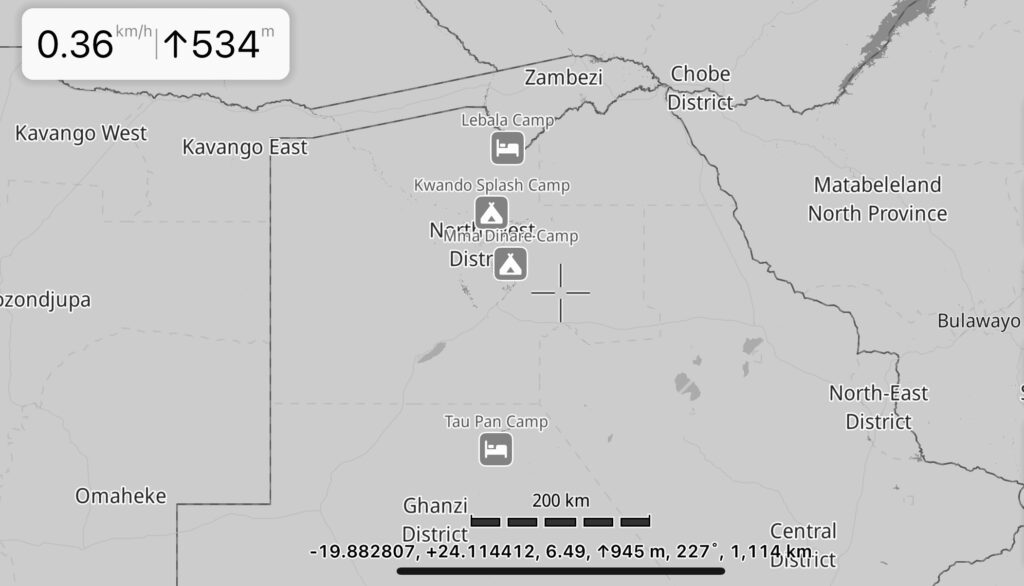
Tau Pan is a good place to start. The area is vast, the landscape staggering and the sightings steady. It gives time for guests to settle back into the pace of the bush after international flights and busy lives. Our visit to Tau Pan was outstanding; we hit all our hoped-for species, most of them in interesting light, or engaged in behaviours that made for good photos. We saw oryx, ground squirrels, springbok, kudu, Kalahari lions and, in our final 24 hours, an aardwolf at the den and a brown hyaena at the camp’s waterhole!
Lebala Camp is in the southern part of the Kwando concession, close to the Selinda spillway which joins the Kwando river and ends in the Chobe. These areas are well-known in the Botswana safari circles for high game densities. I was, once again, amazed at how relaxed all the wildlife was, allowing us to approach closely if we wanted to and, importantly, not changing their behaviour because of us. This allows us to observe natural activities and photograph interactions.
Our highlight here, and perhaps of the whole trip, was watching the interaction between two jackals and a cheetah which had just made a kill of an impala lamb. The jackals harassed the cat, taking turns to bite her tail, until she gave up her prize. The cheetah had eaten well and had a full belly when she abandoned the carcass…and the scavengers were thrilled by their success.
At one point, the cheetah wheeled around with the carcass in her mouth, tail outstretched and created a superb photo — I look forward to seeing the guests’ images of this one!
Mma Dinare potentially allowed us to pick up on the storylines of animals which I had been following from Rra Dinare in August…..however, this turned out not to be the case as the leopards had disappeared into the thickets to avoid competing with the ever-present wild dogs. We enjoyed several fantastic experiences with the dogs – whose den I had visited in August with my previous group – and also with the lions who had very small cubs. There was also a morning when tens of thousands of black-winged pratincoles massed on the floodplains of the Gomoti river – the whole global population stages through the west-Zambia flyway in Nov and Dec. Once again, we had been very fortunate.
Our final camp was Splash, famous among the Kwando camps for its sightings and the stunning floodplains along the Maonachila channel on the northern side of the Delta. We had seen so much by this point that we slowed the pace, took what came along and prioritised some time boating on the channel into the Delta’s heronries and open lagoons. The number of grazing species in the fresh grassland was incredible, with counts of zebra numbering well over 1000 each time we left the camp. As always, we spent time at sunrise and sunset in search of the best light, shootings towards the orange glow wherever possible, and then going in search of action and behaviour. Please enjoy the images below, and throughout this report, to see what 12 nights in the Kwando Safaris Camps offers!
My four guests were all repeats. One was on his 3rd trip, one was on her 4th and two were on their 5th trip, this being the second of 2024! Thank you to them for forbearing the heat of the Delta and not being frustrated by something that is beyond control. And thank you to Kwando Safaris who gave us a great experience and the 4 guides who rose early and kept the wheels rolling to show us the best they could of their country.

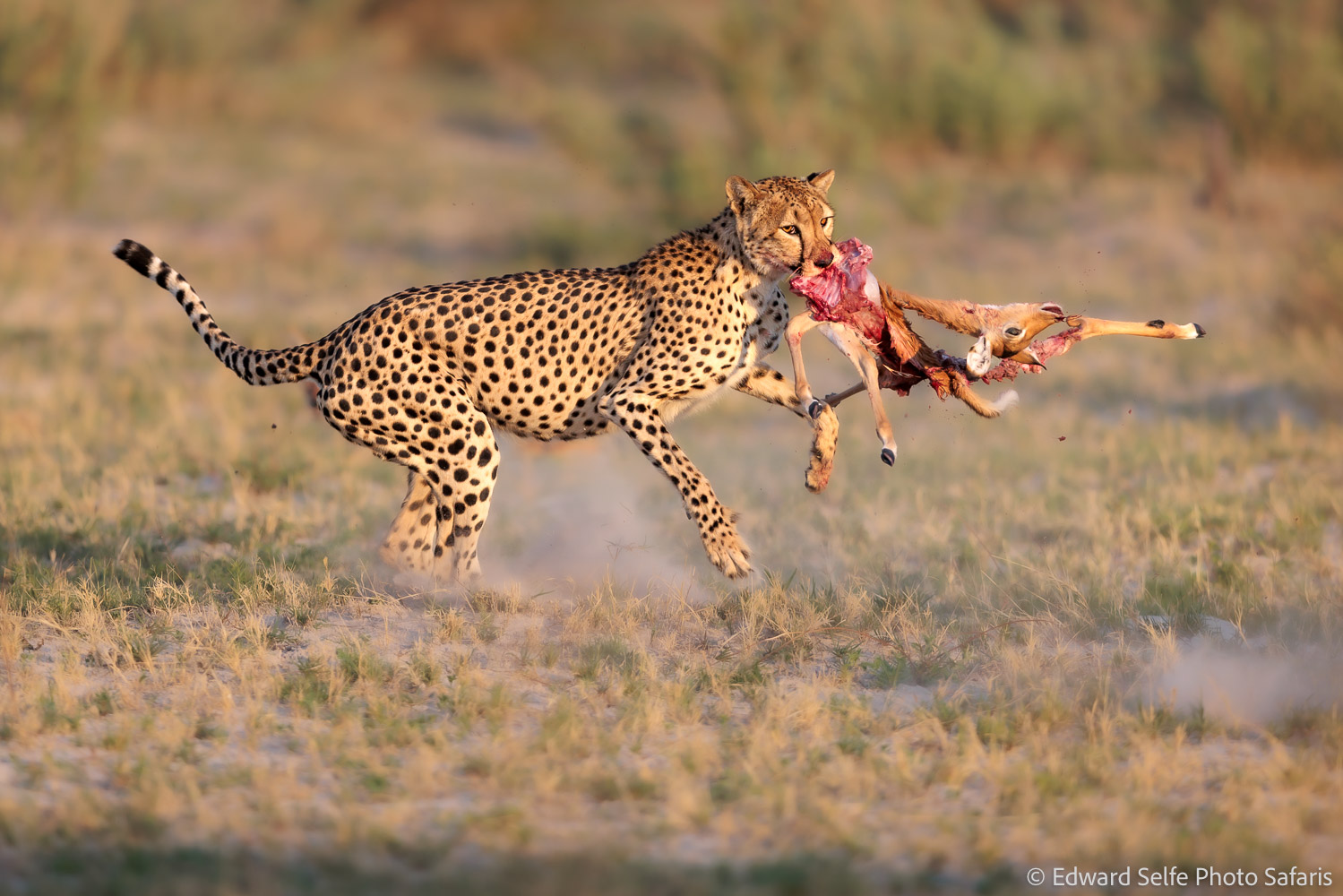
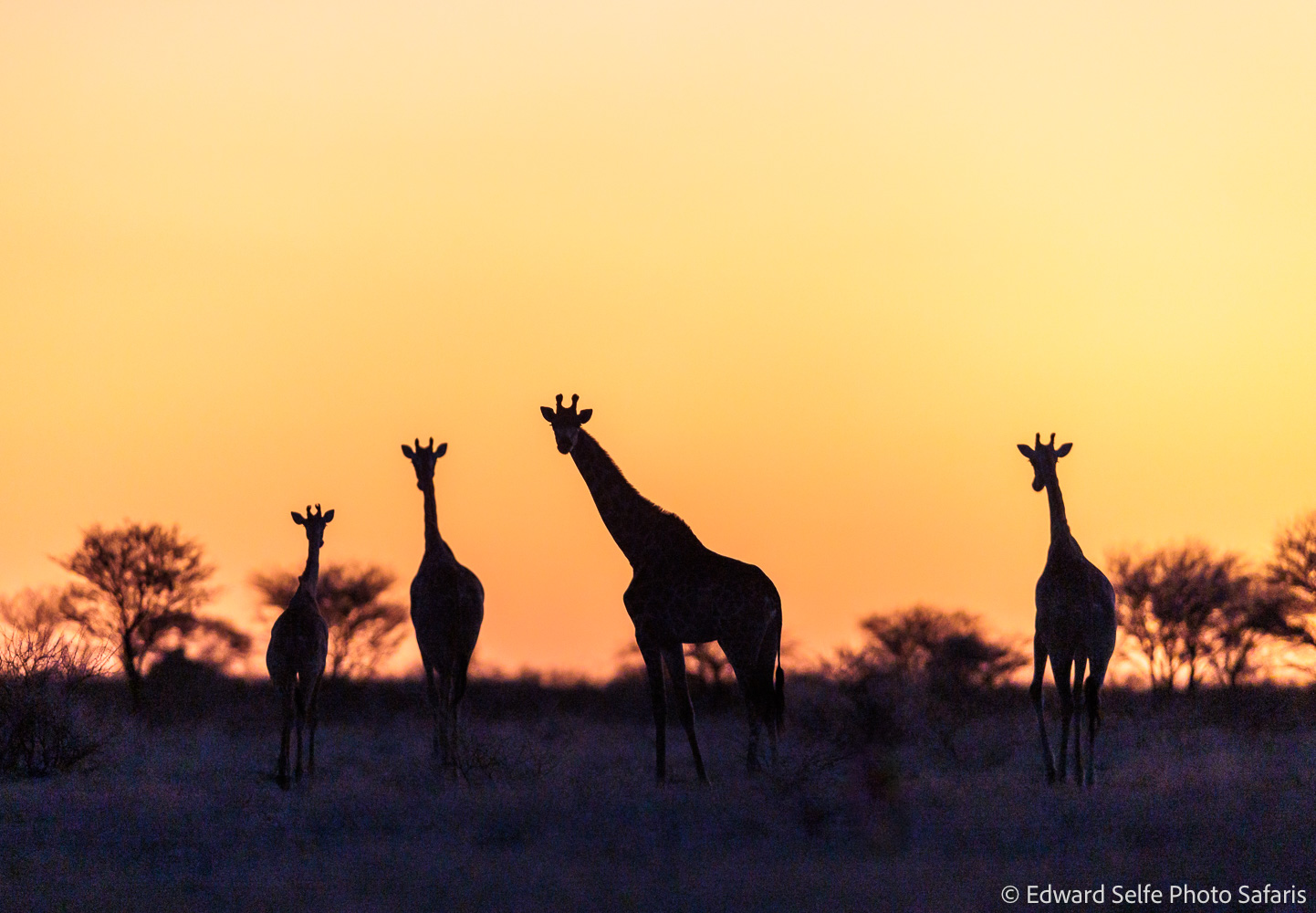
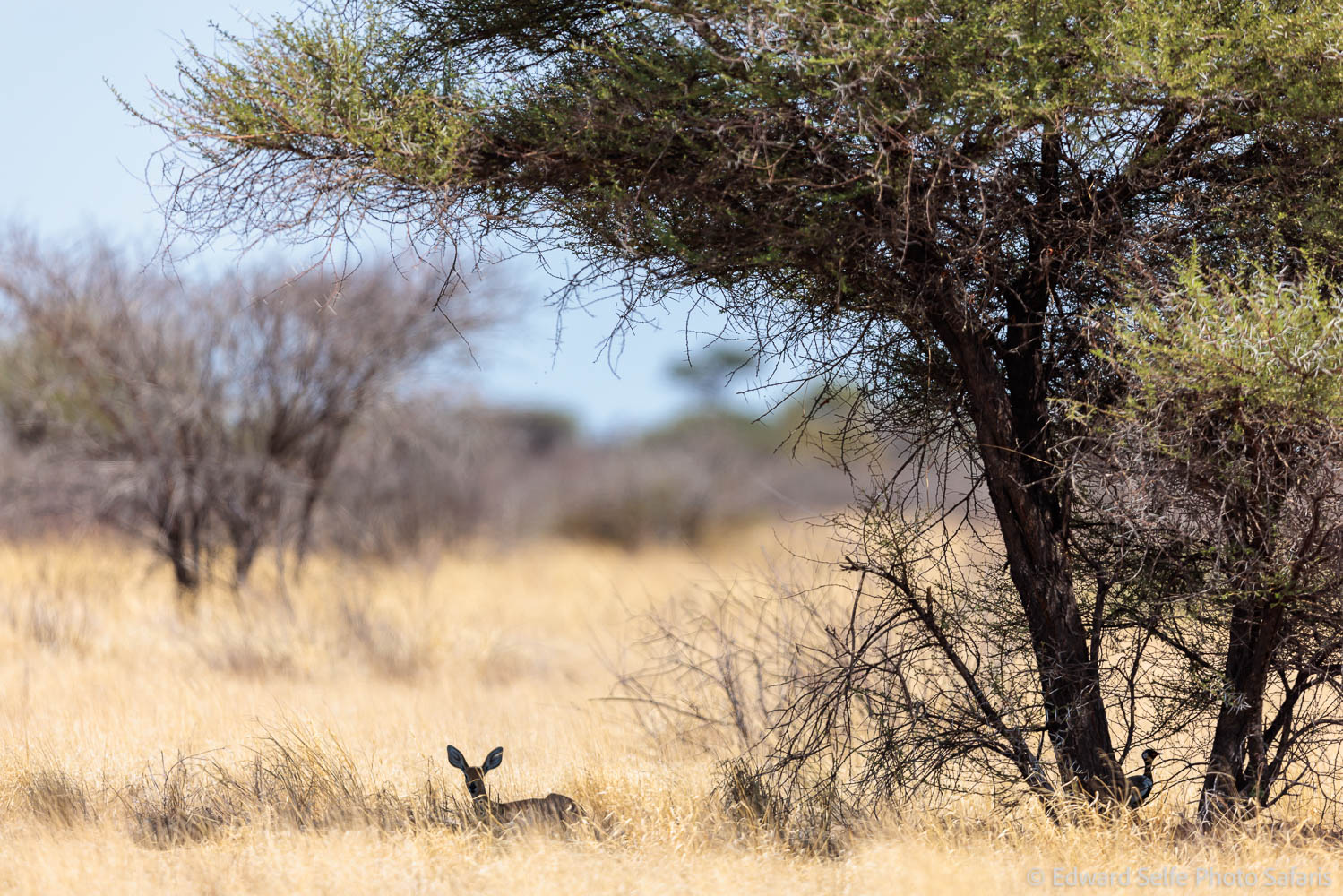
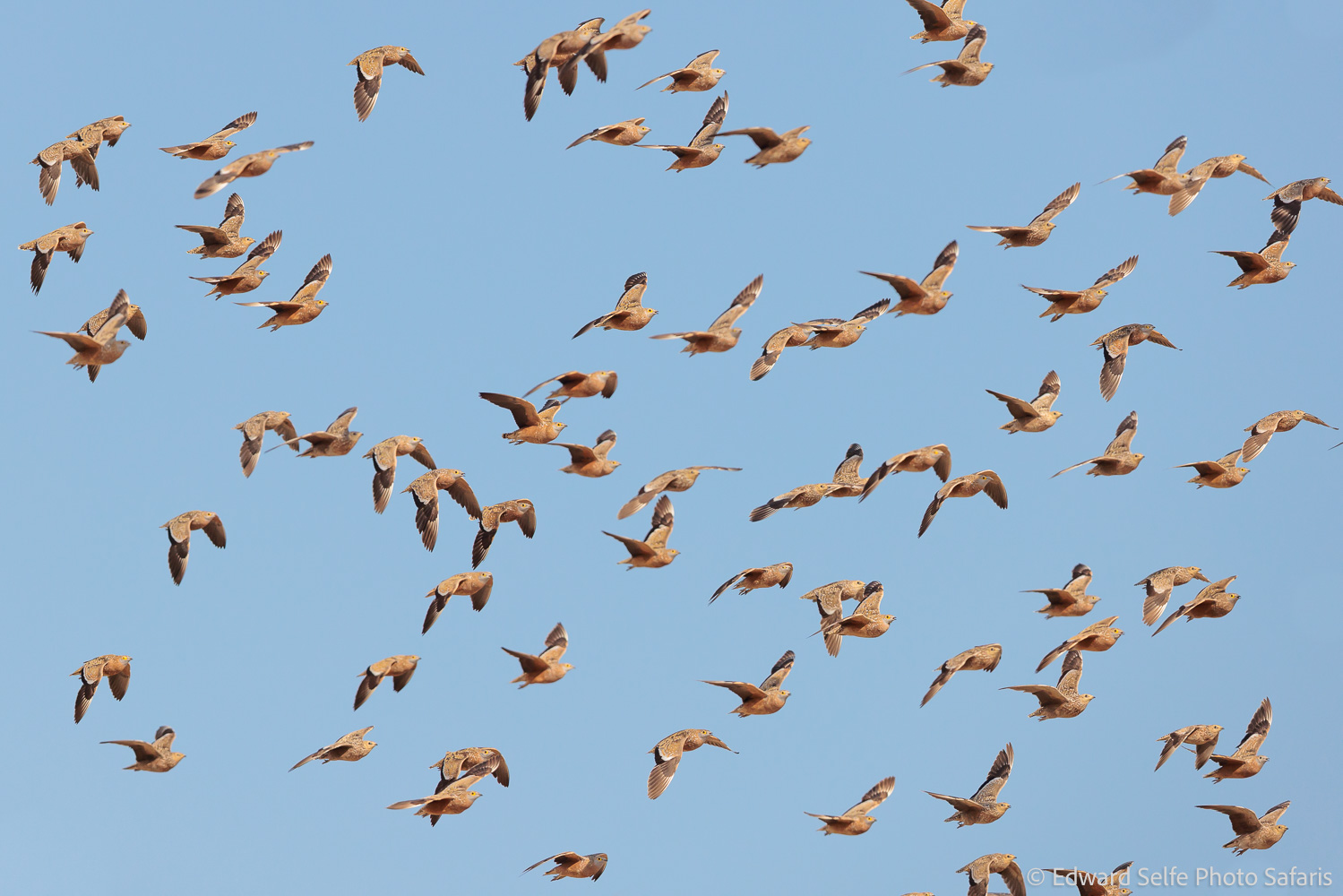
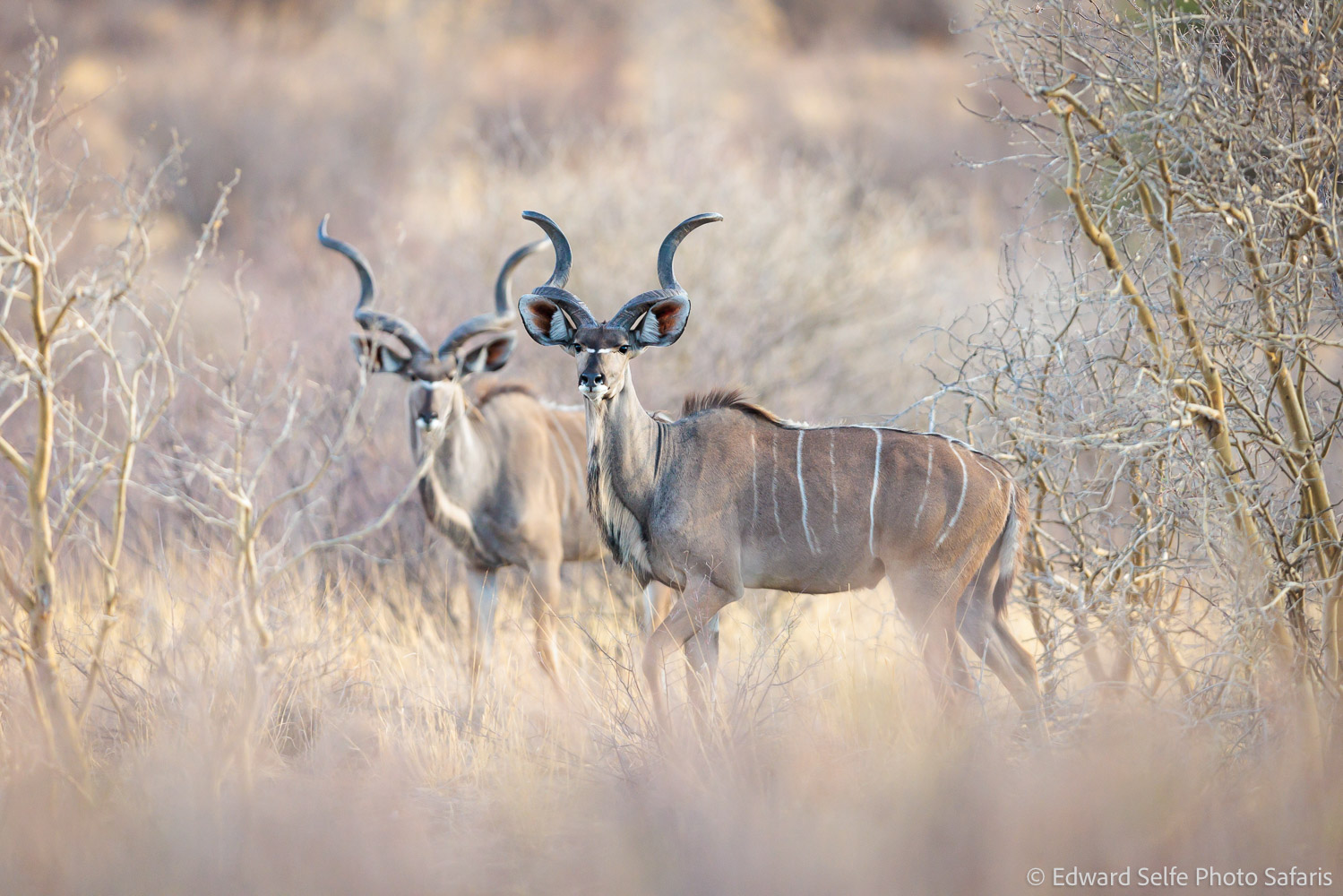
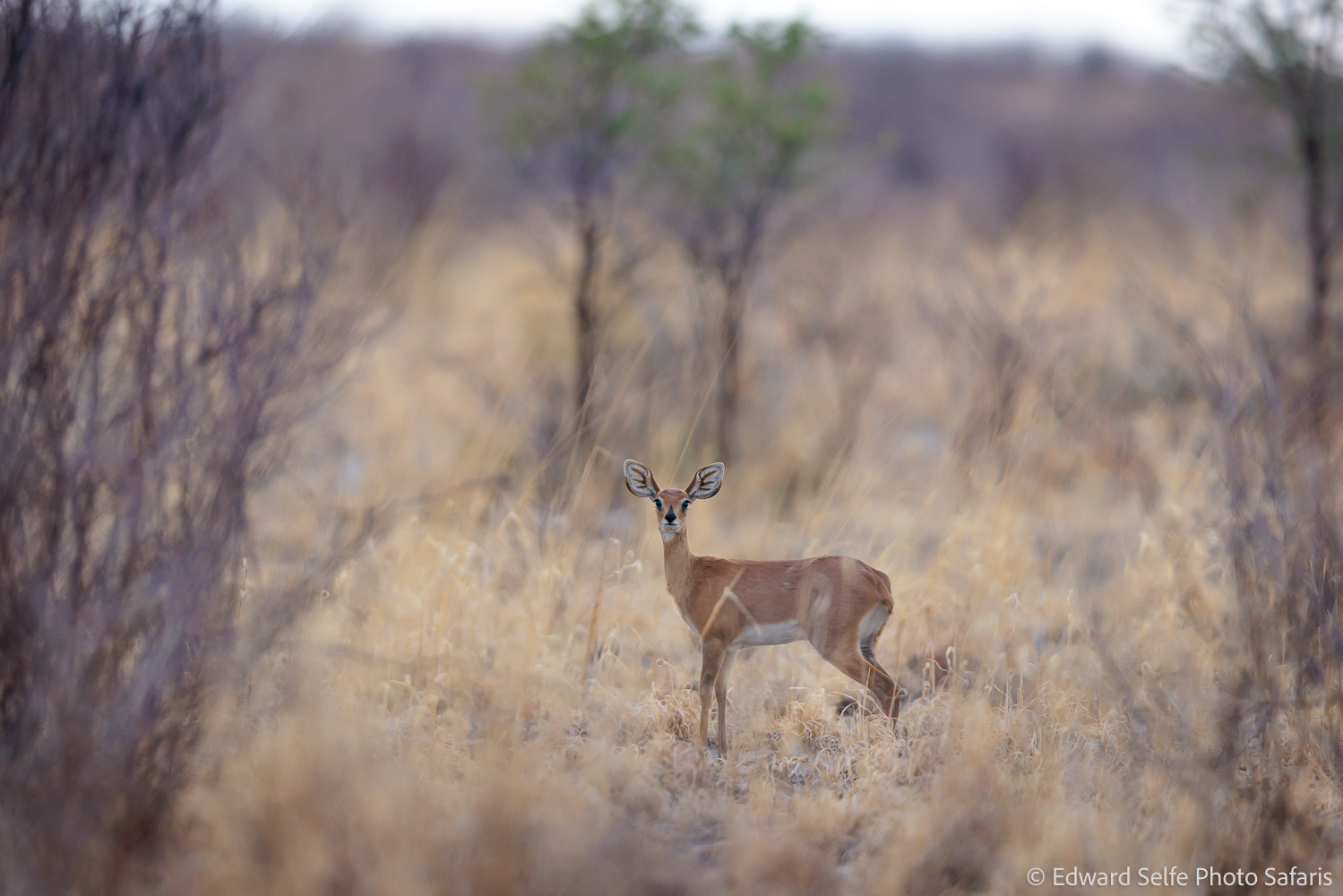
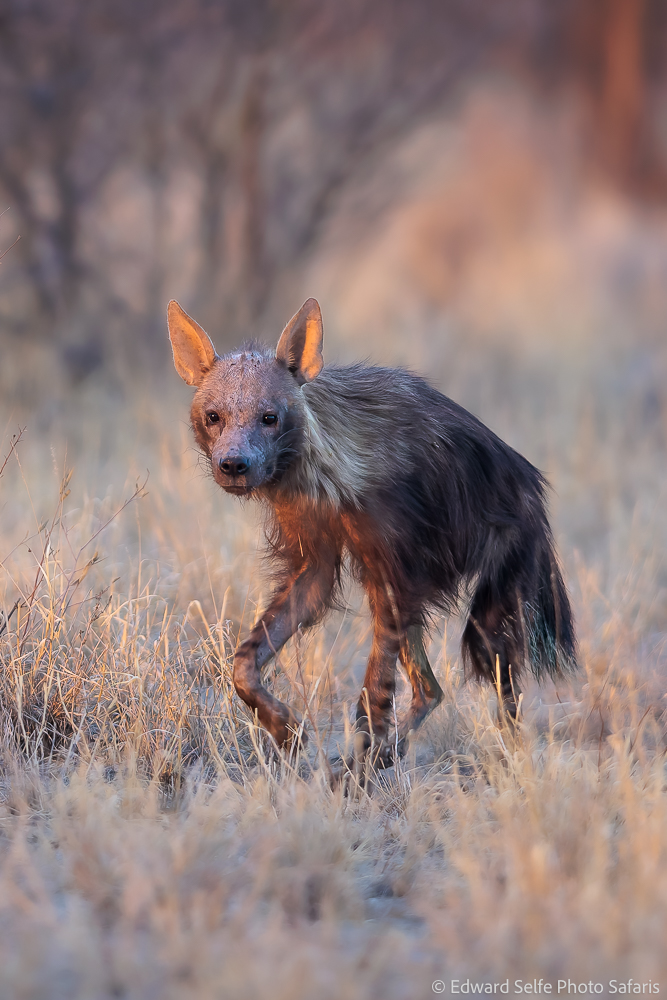
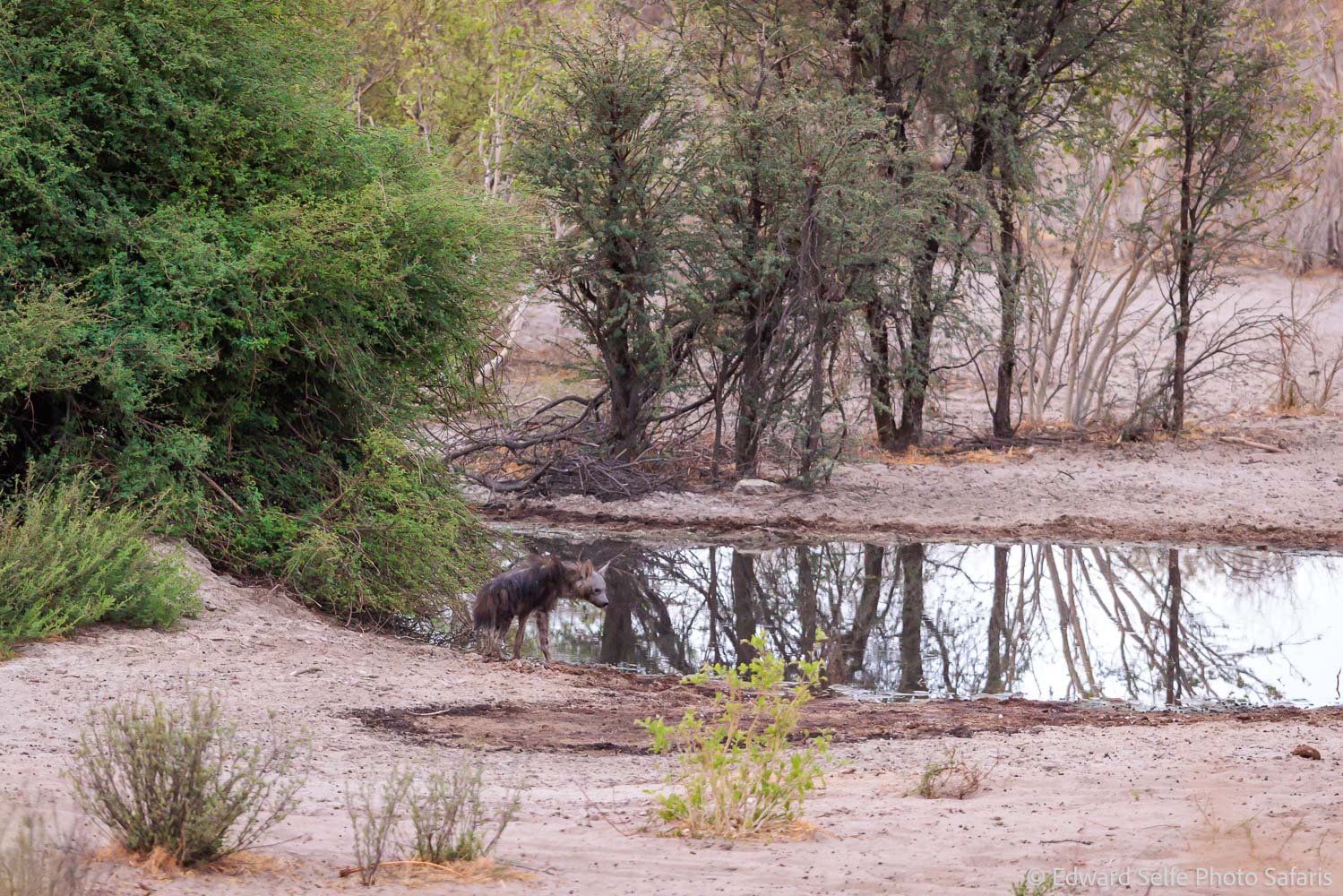
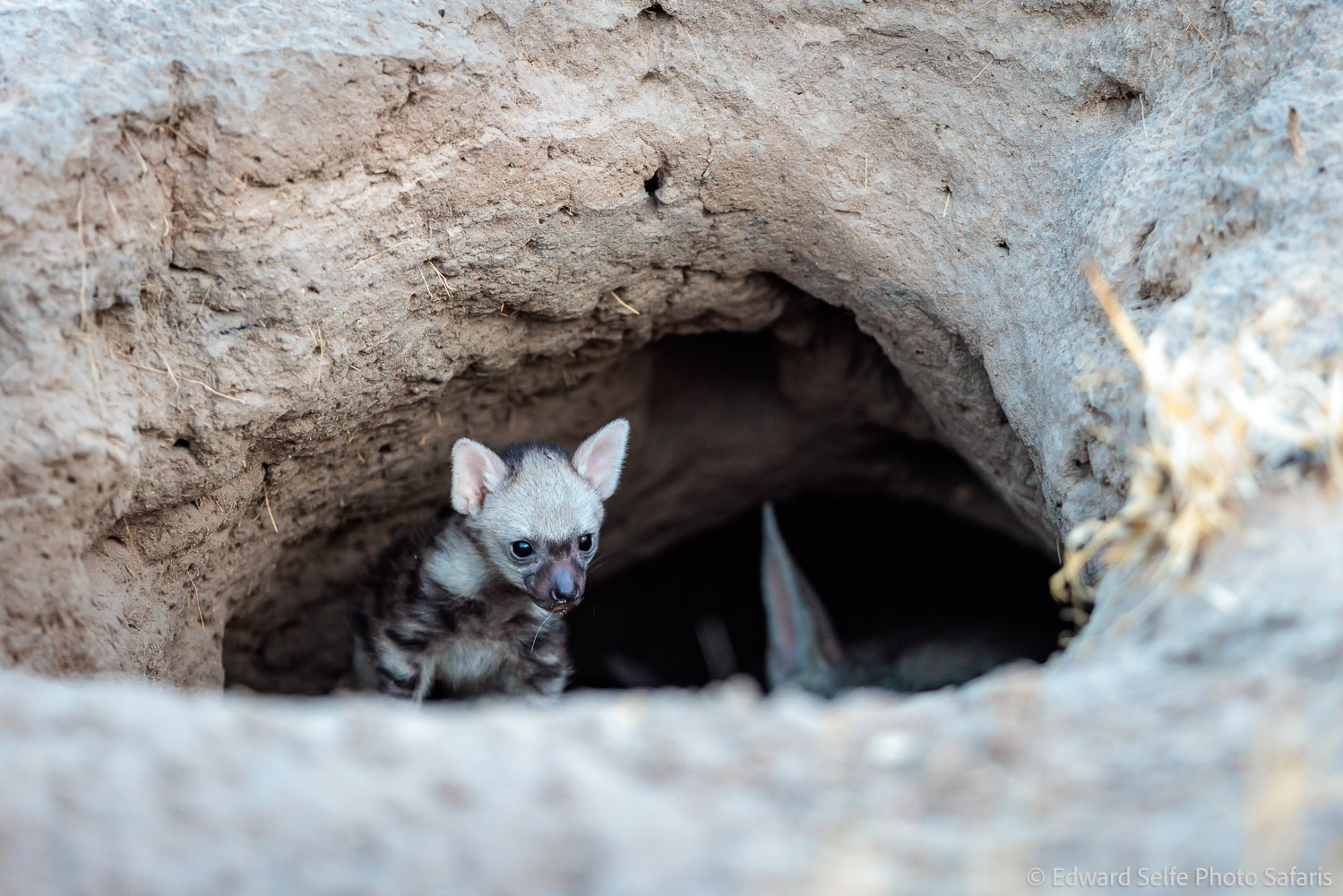

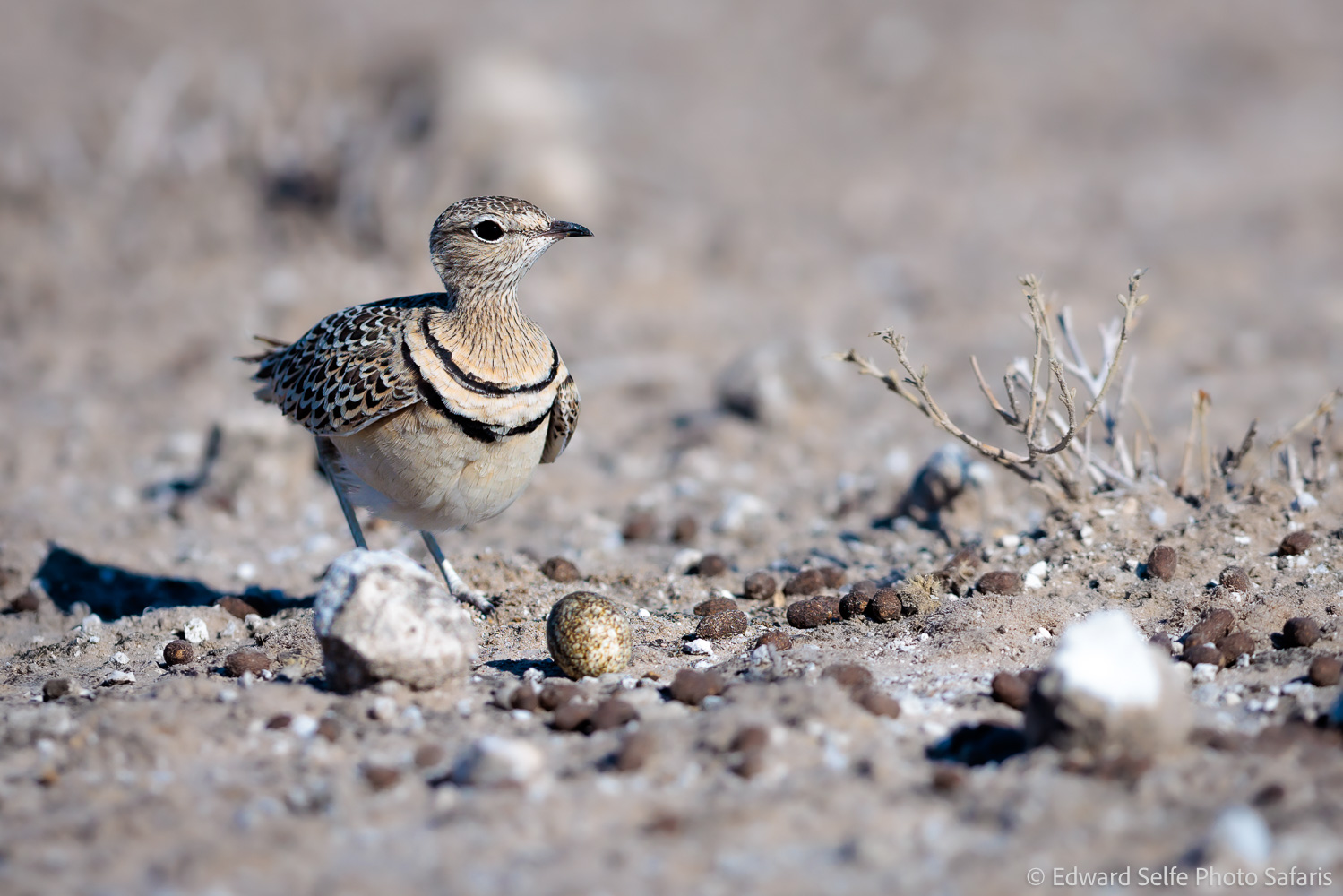
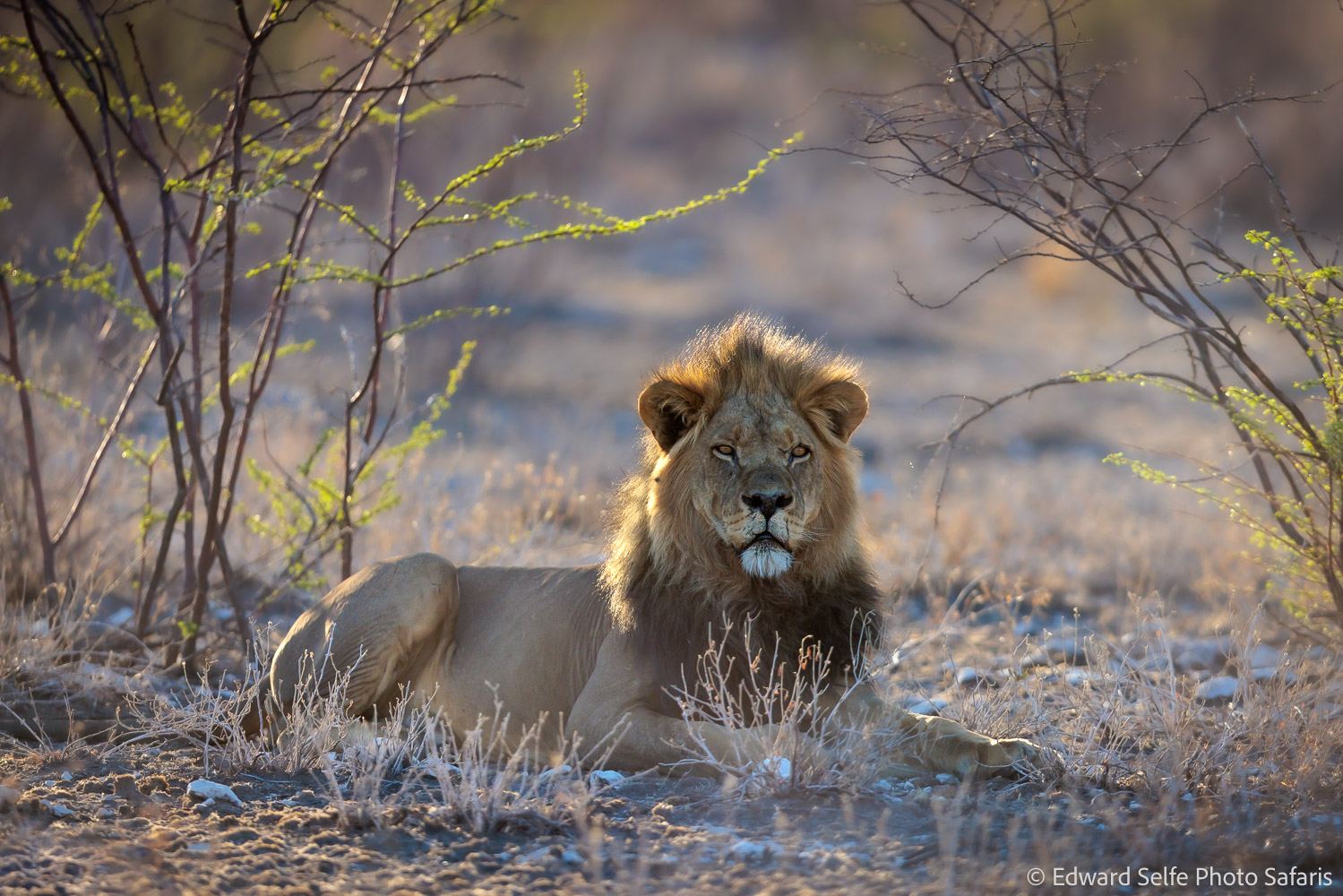
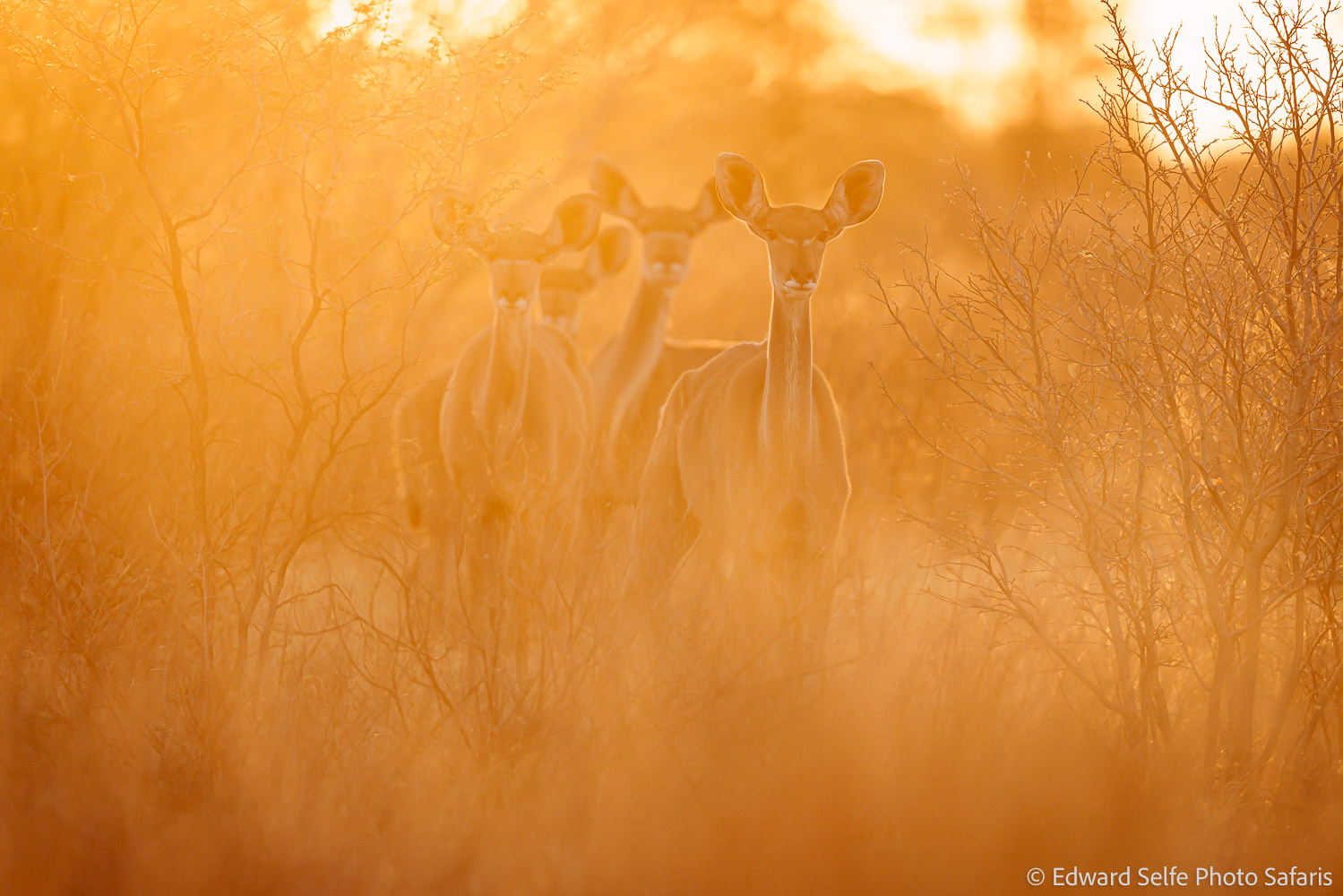
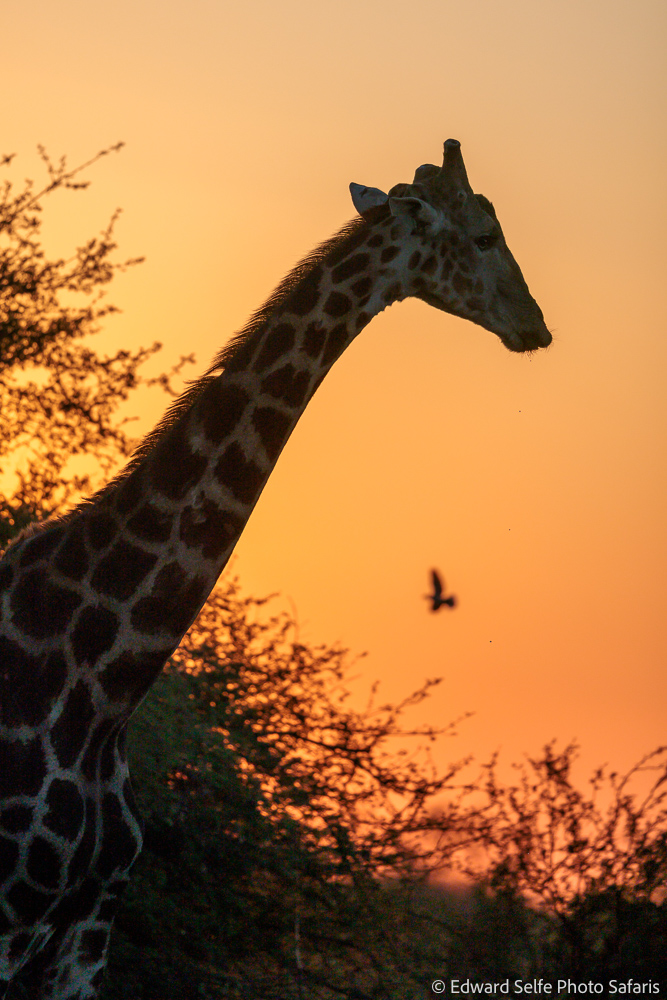
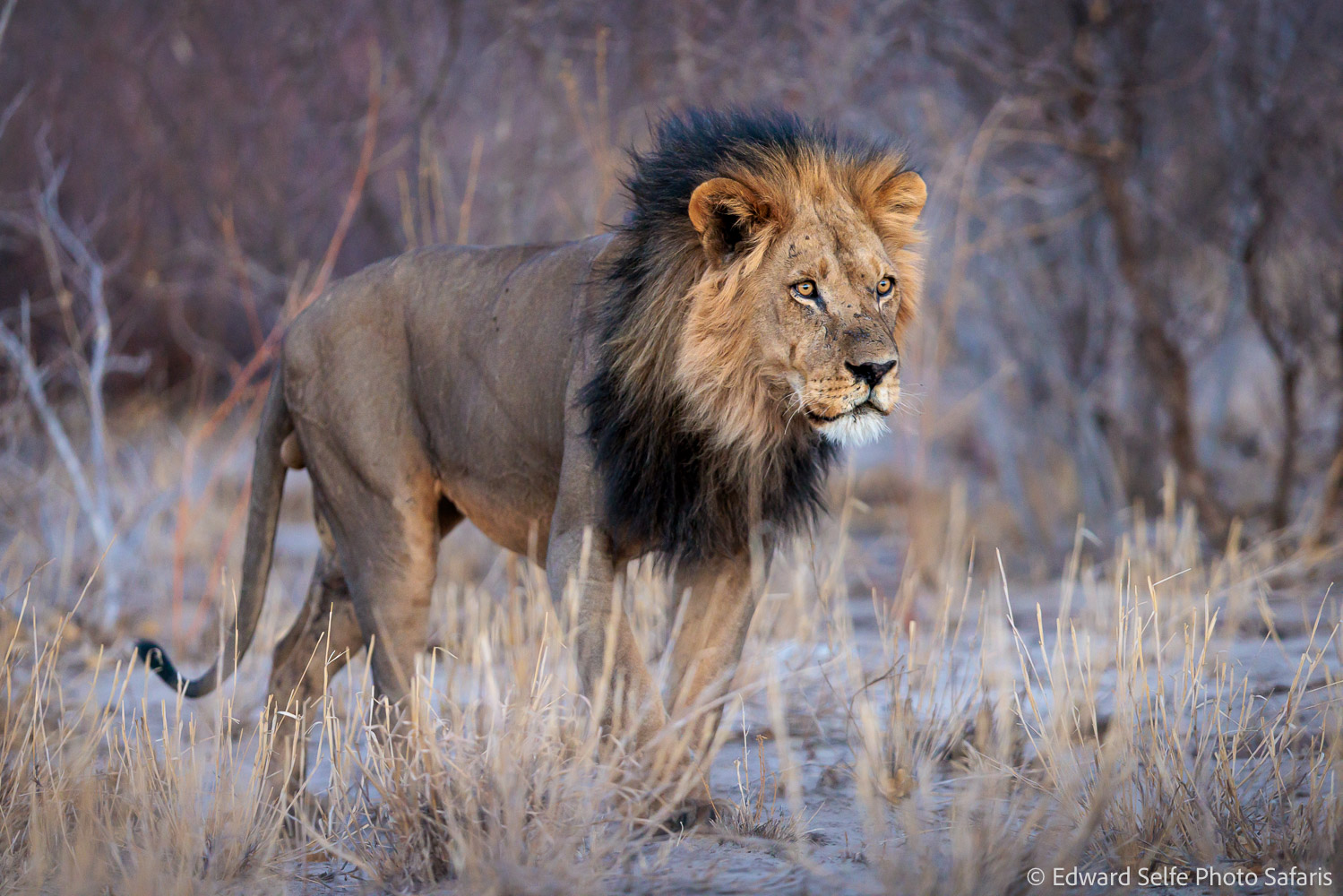

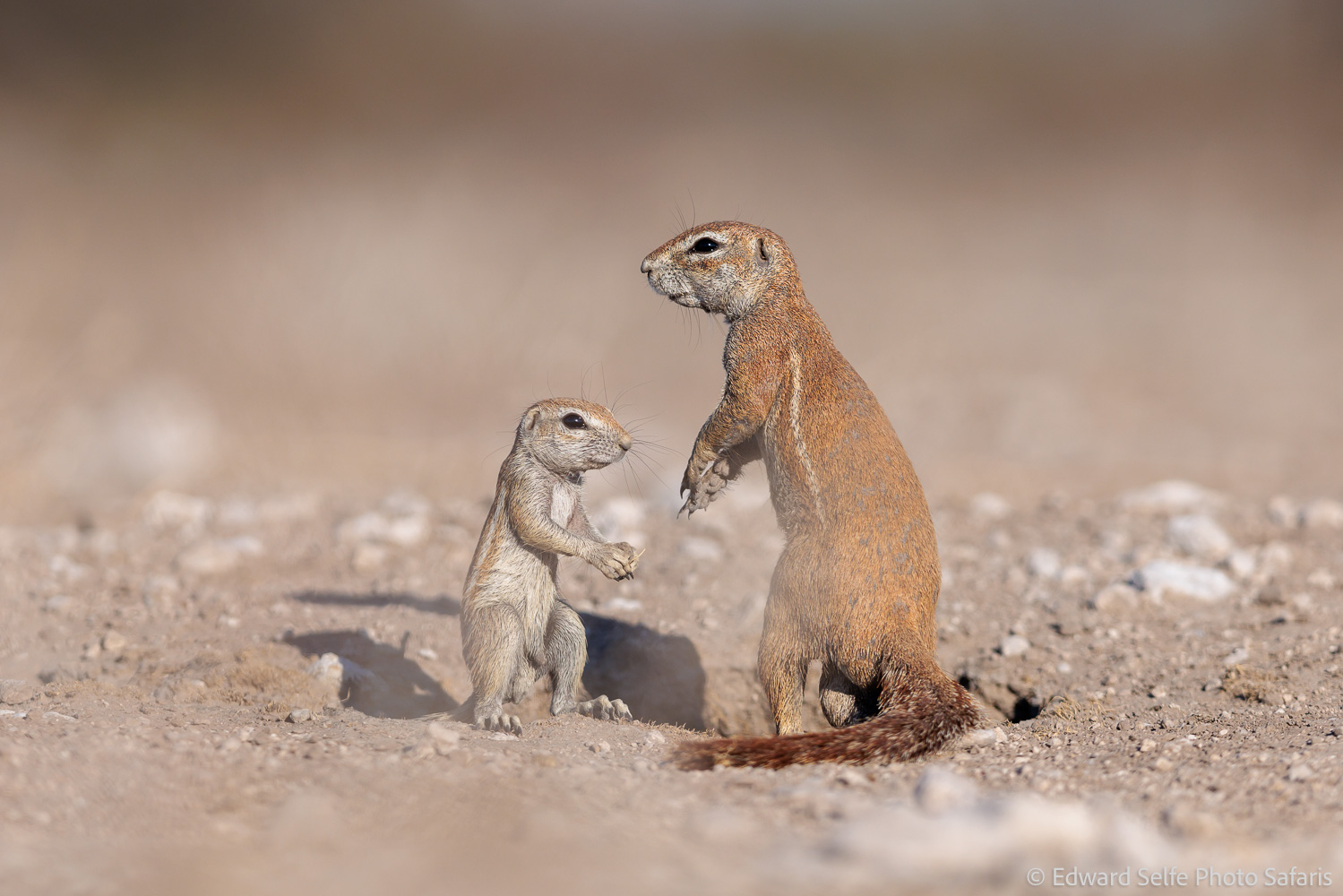
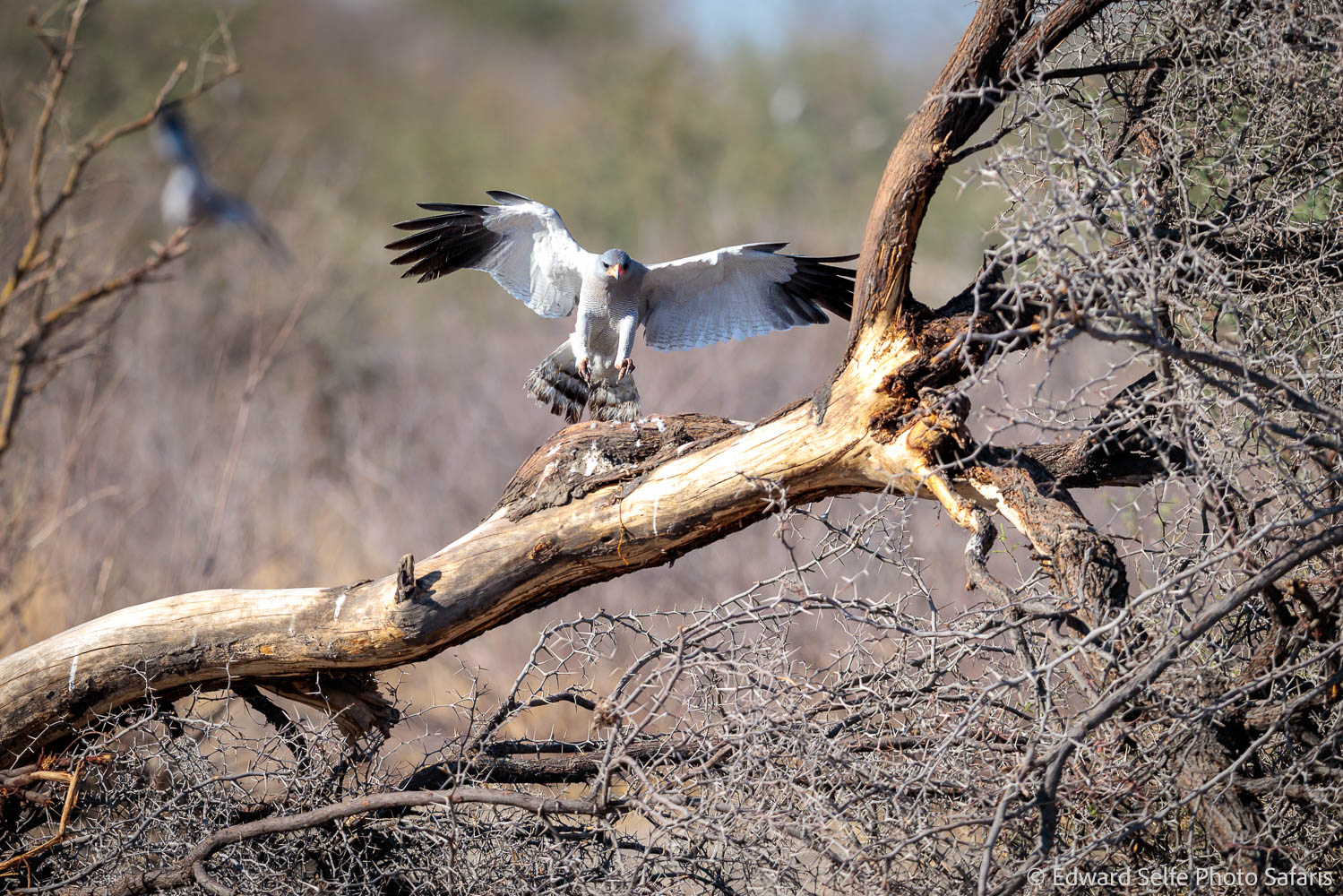


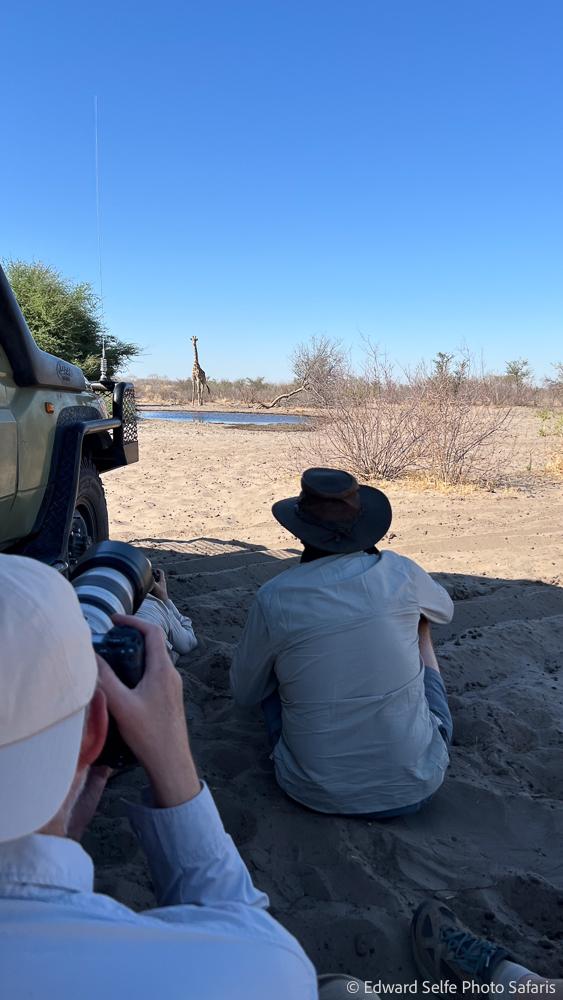
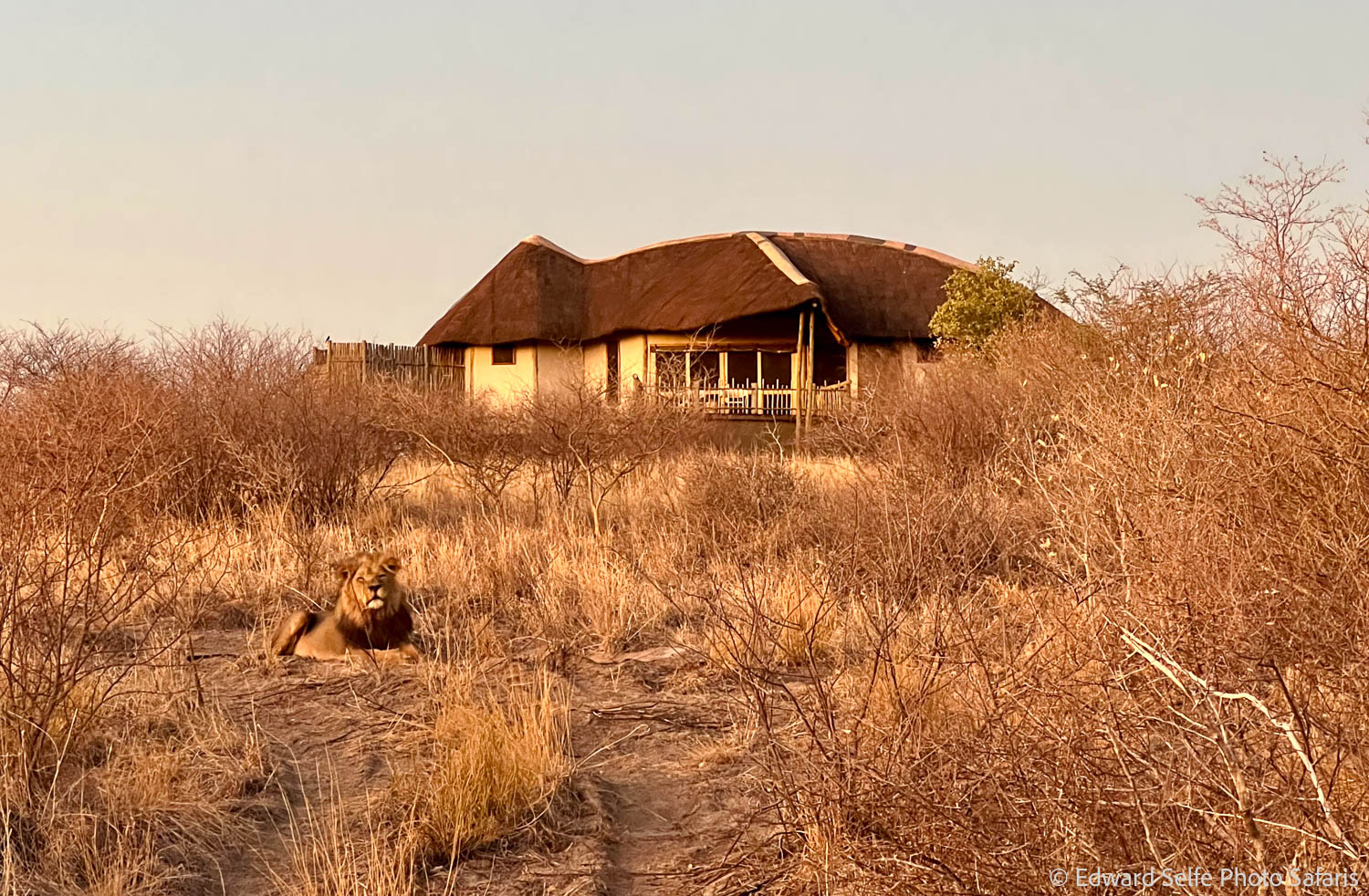
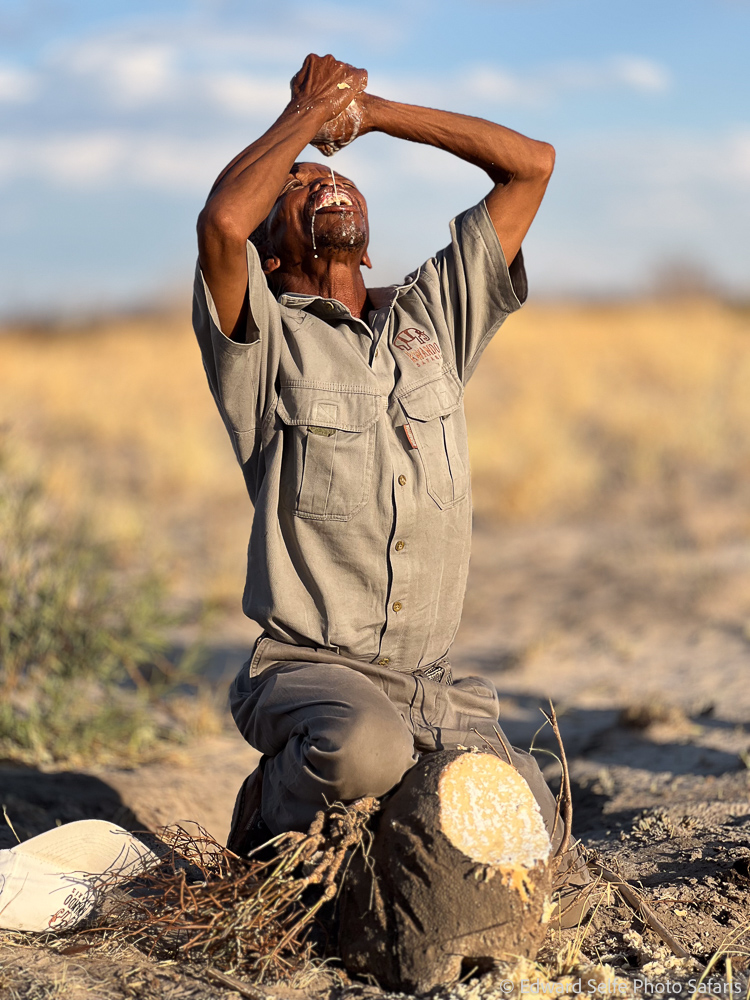
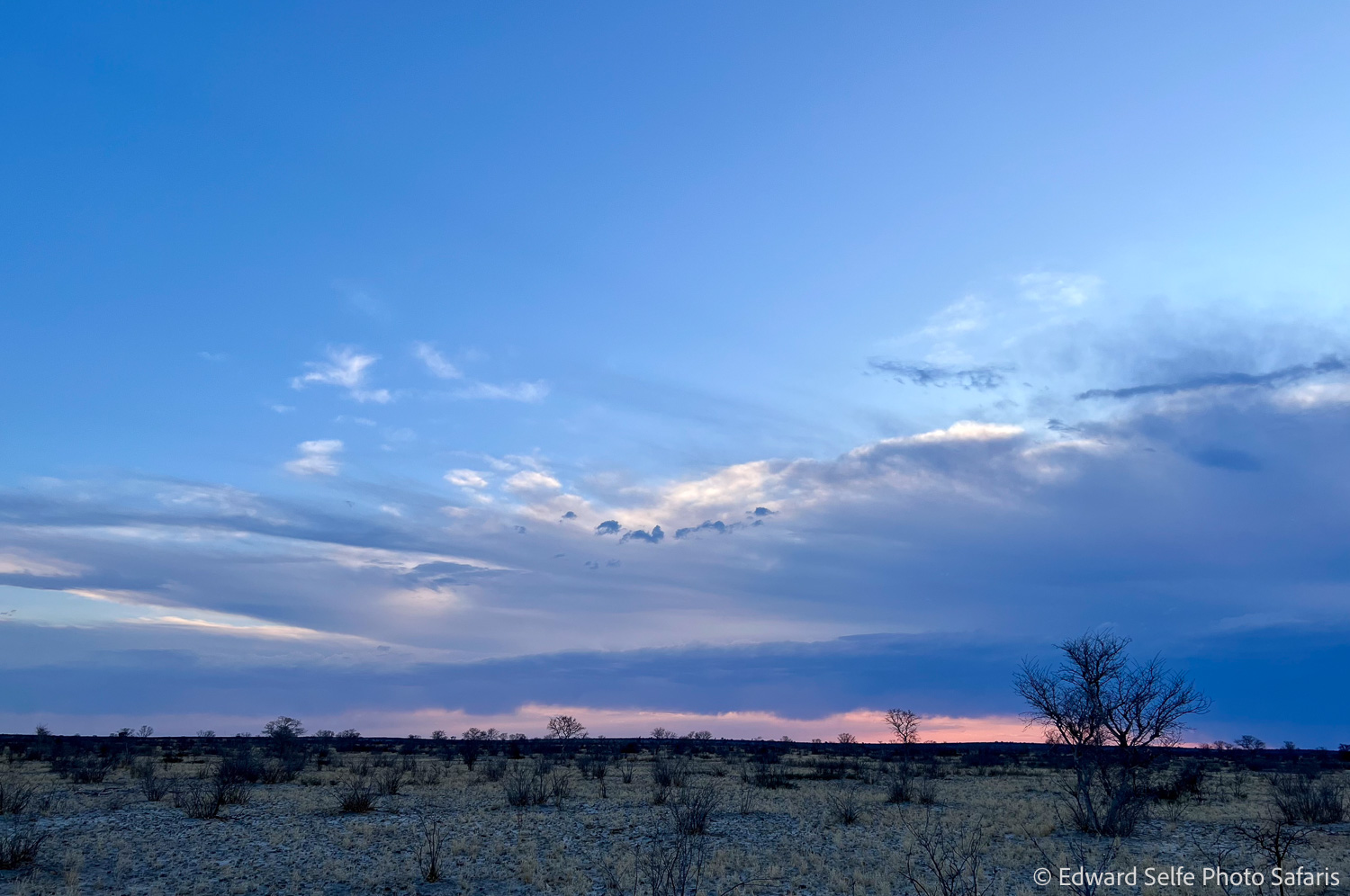
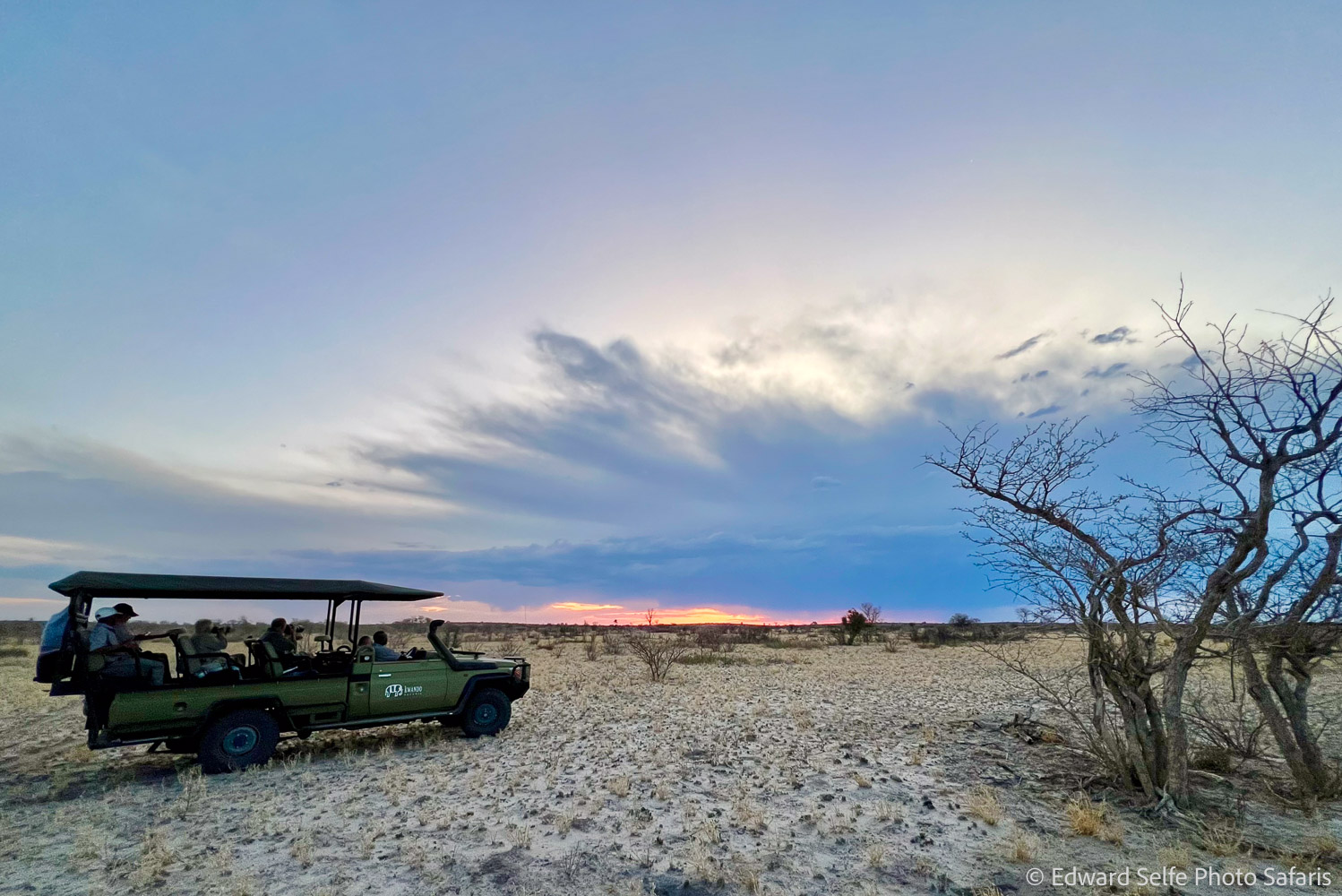
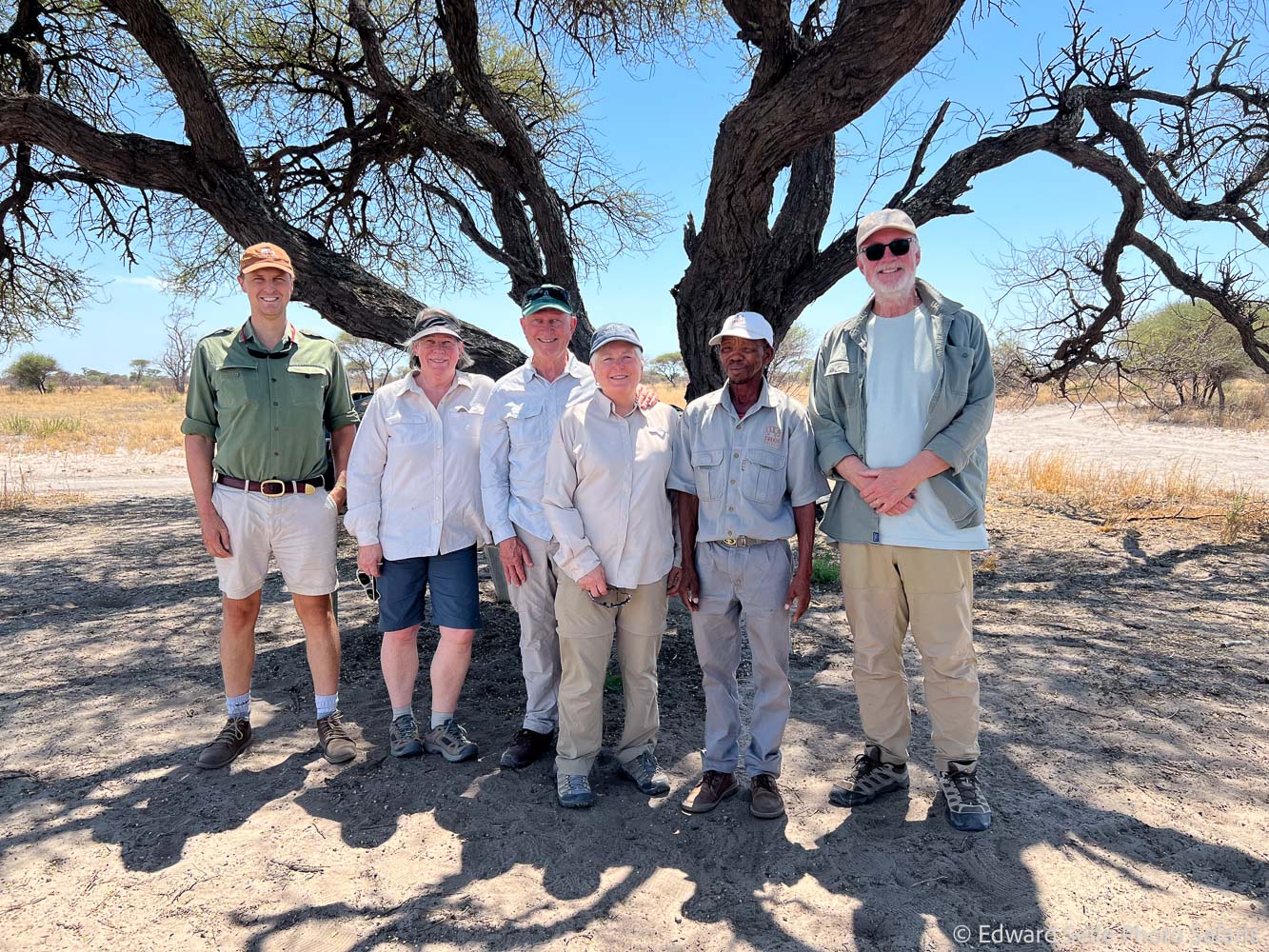
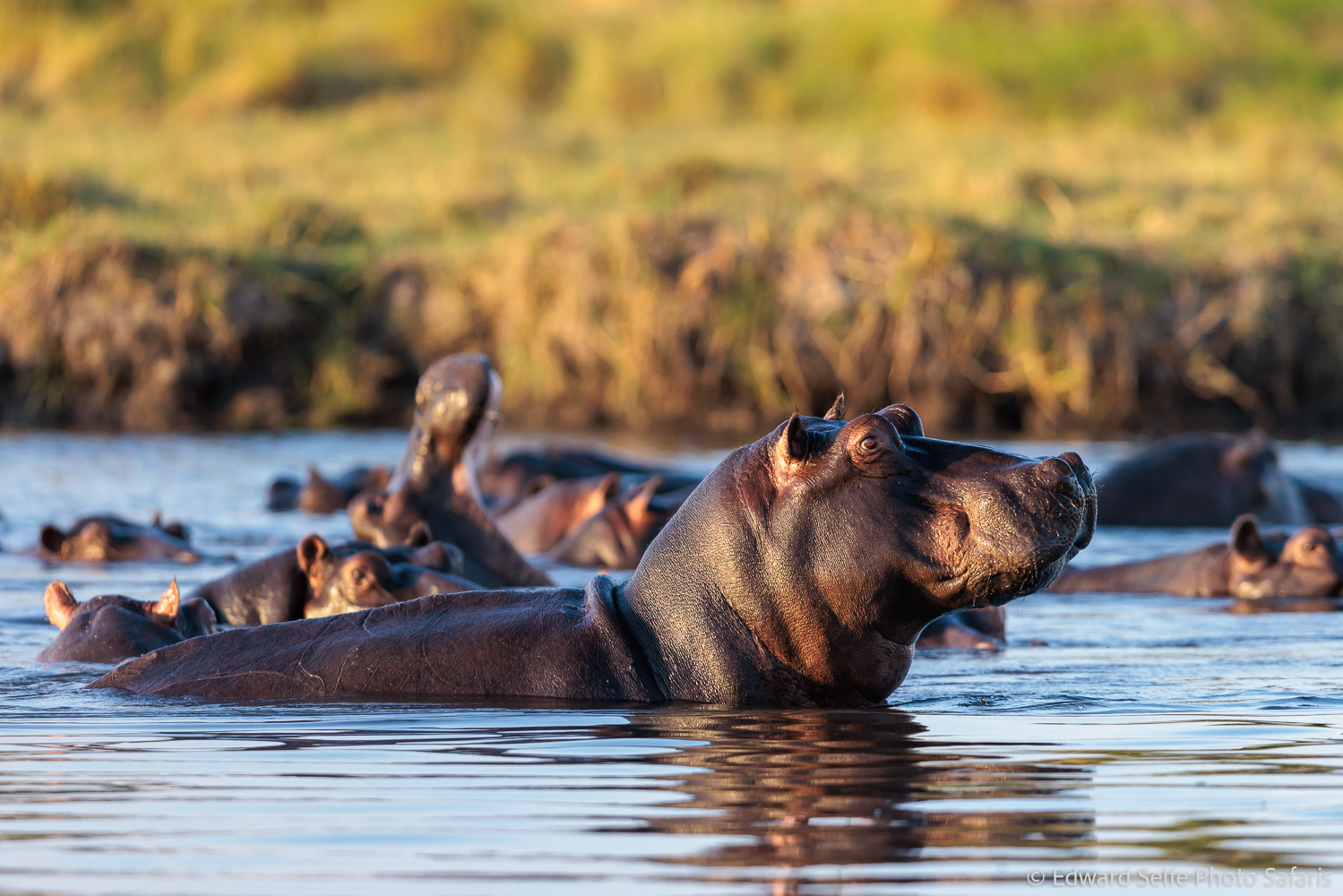
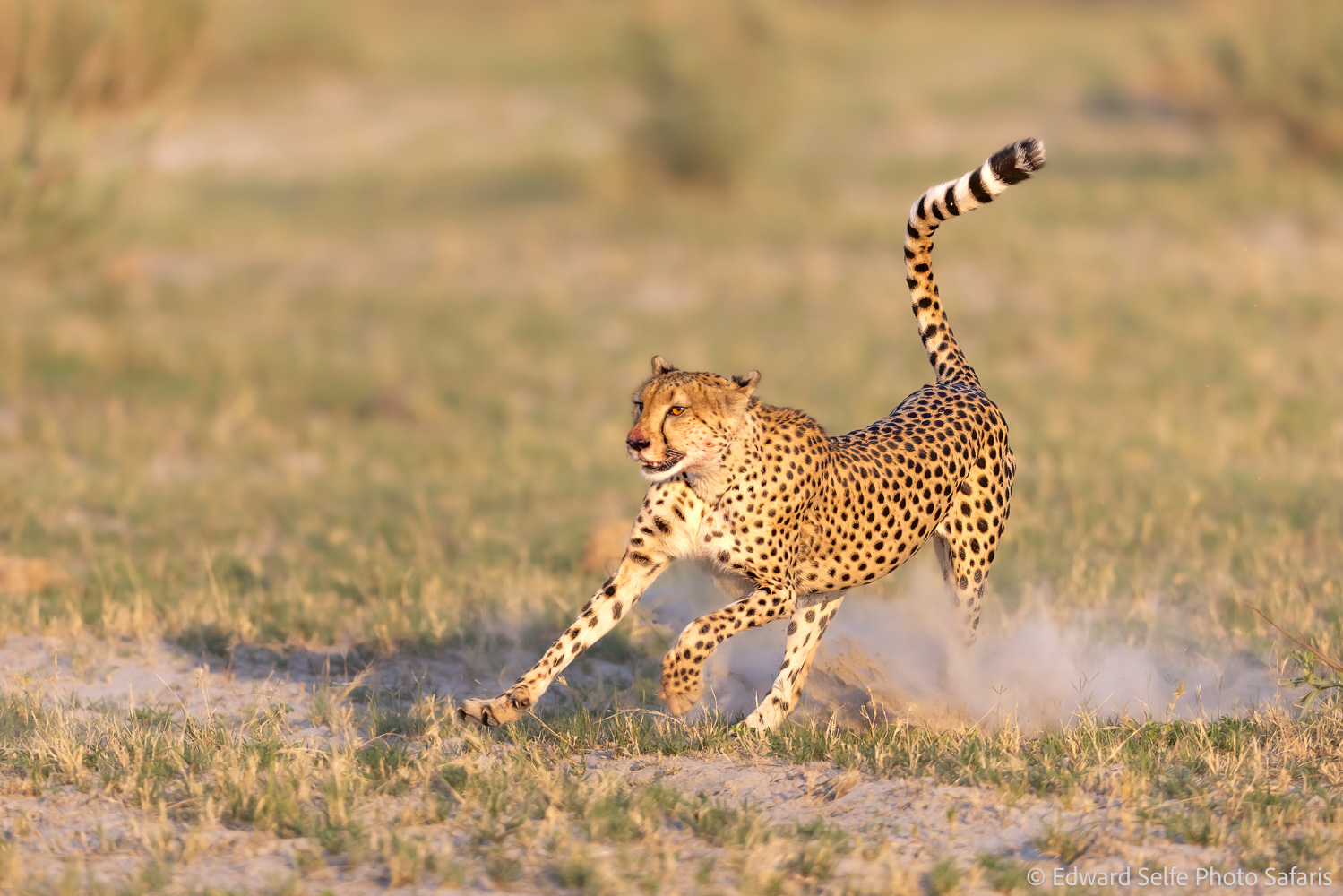
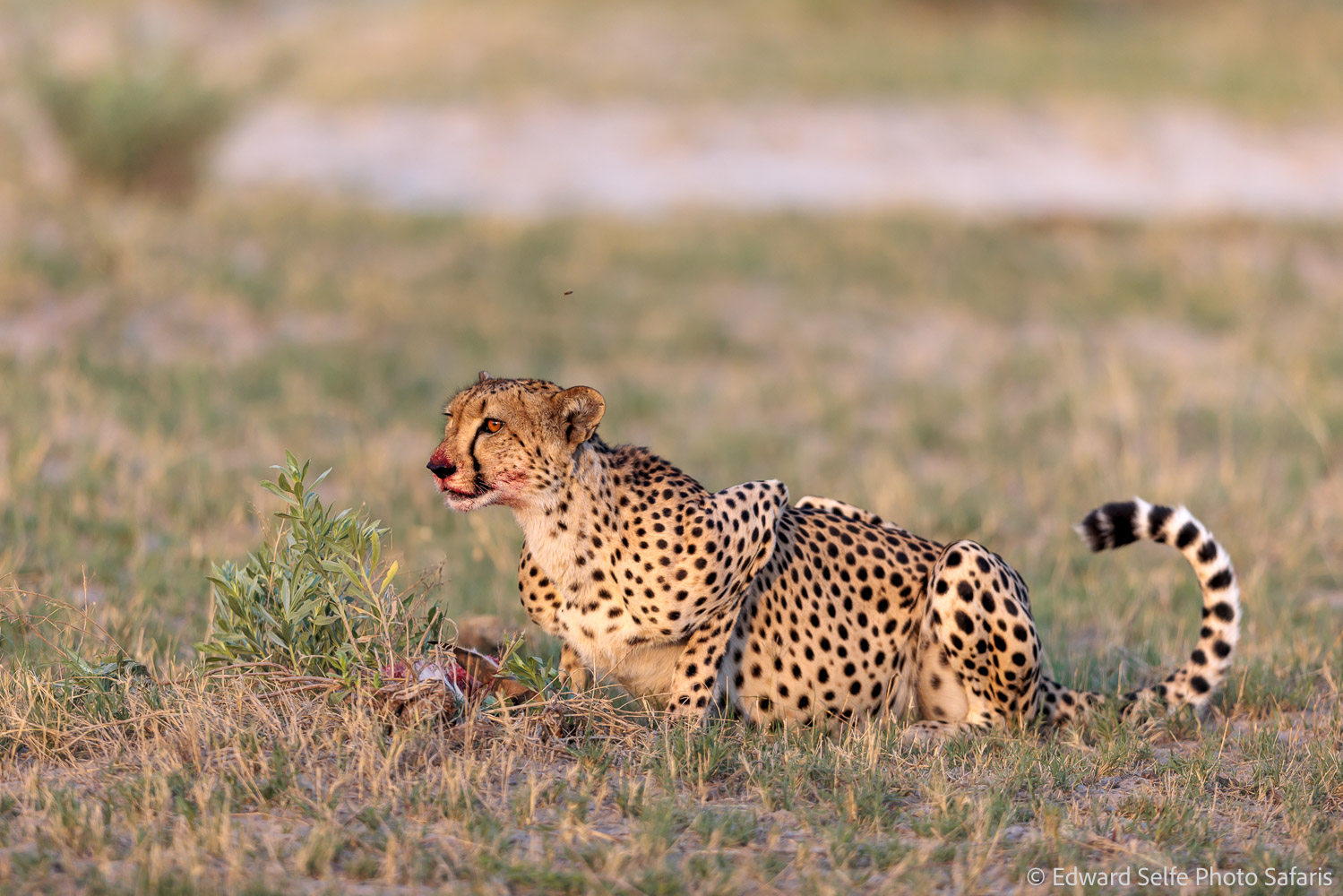
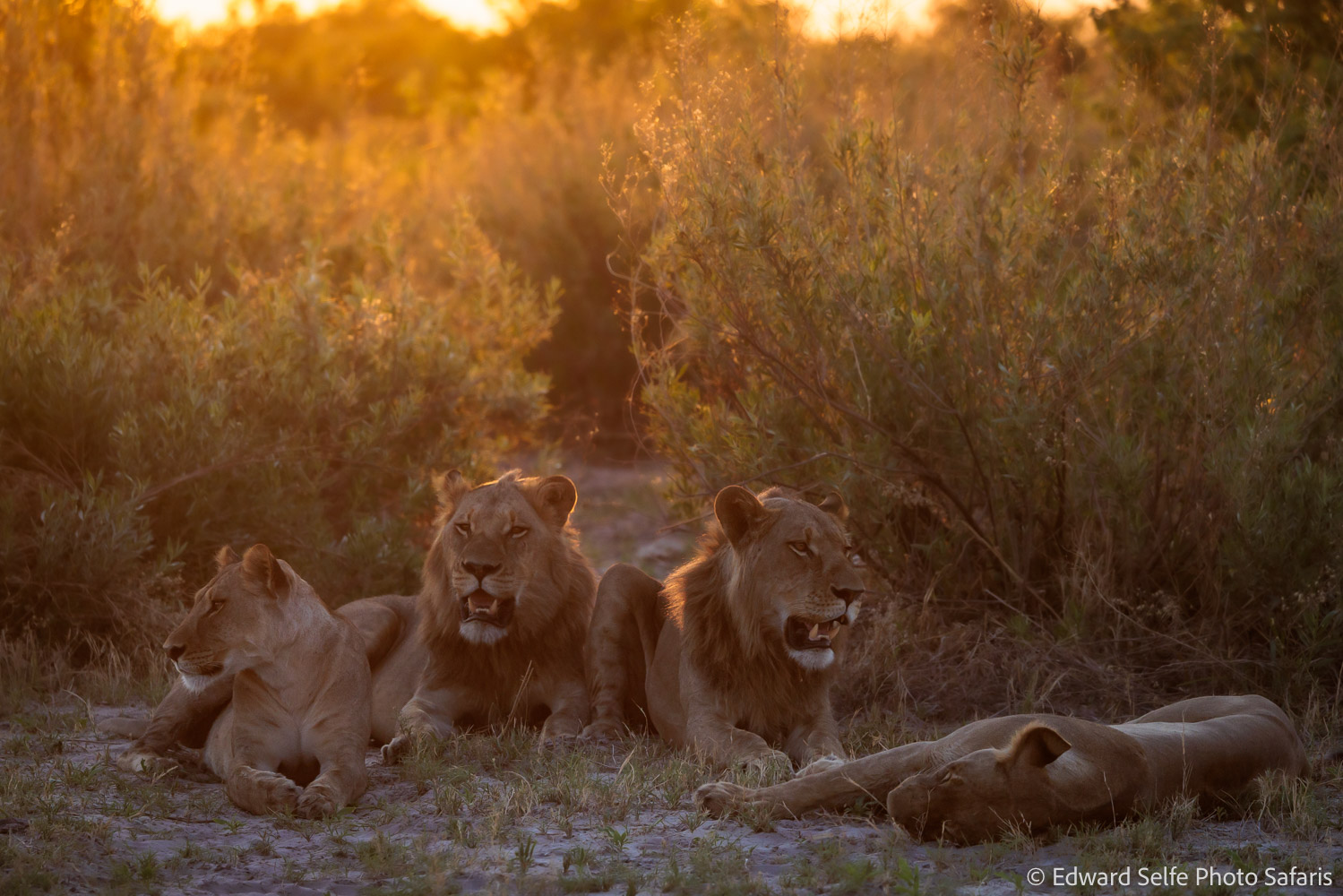
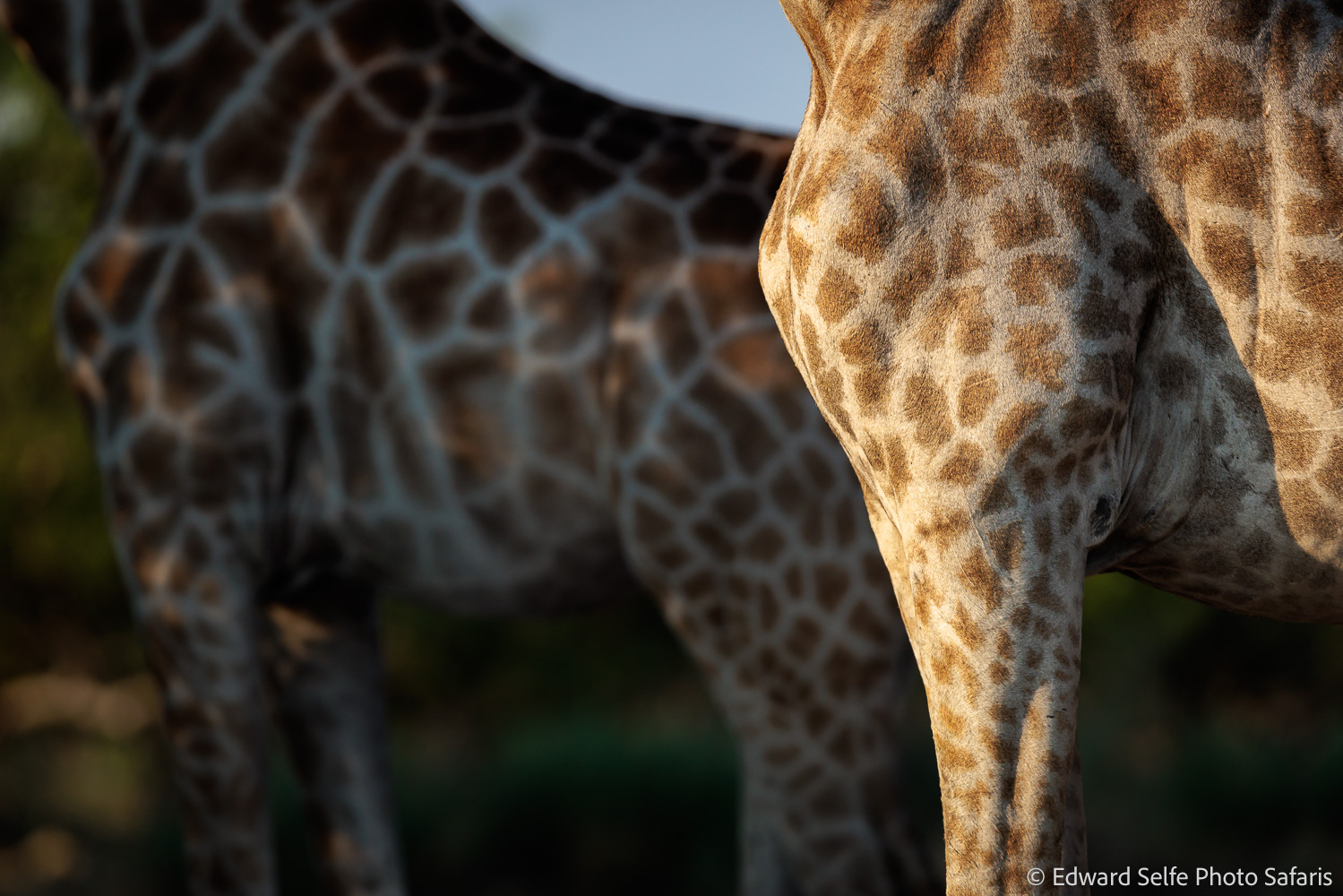
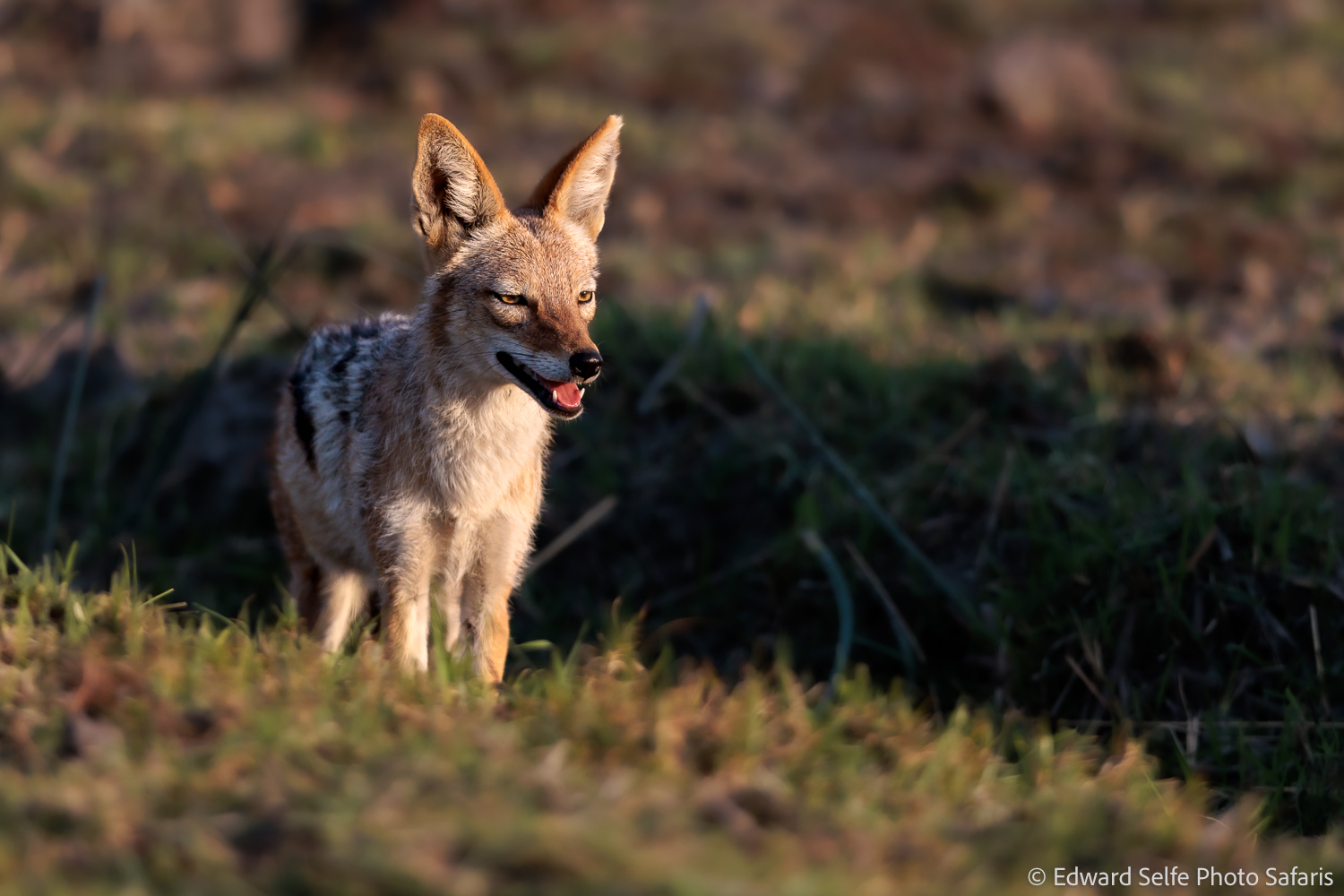
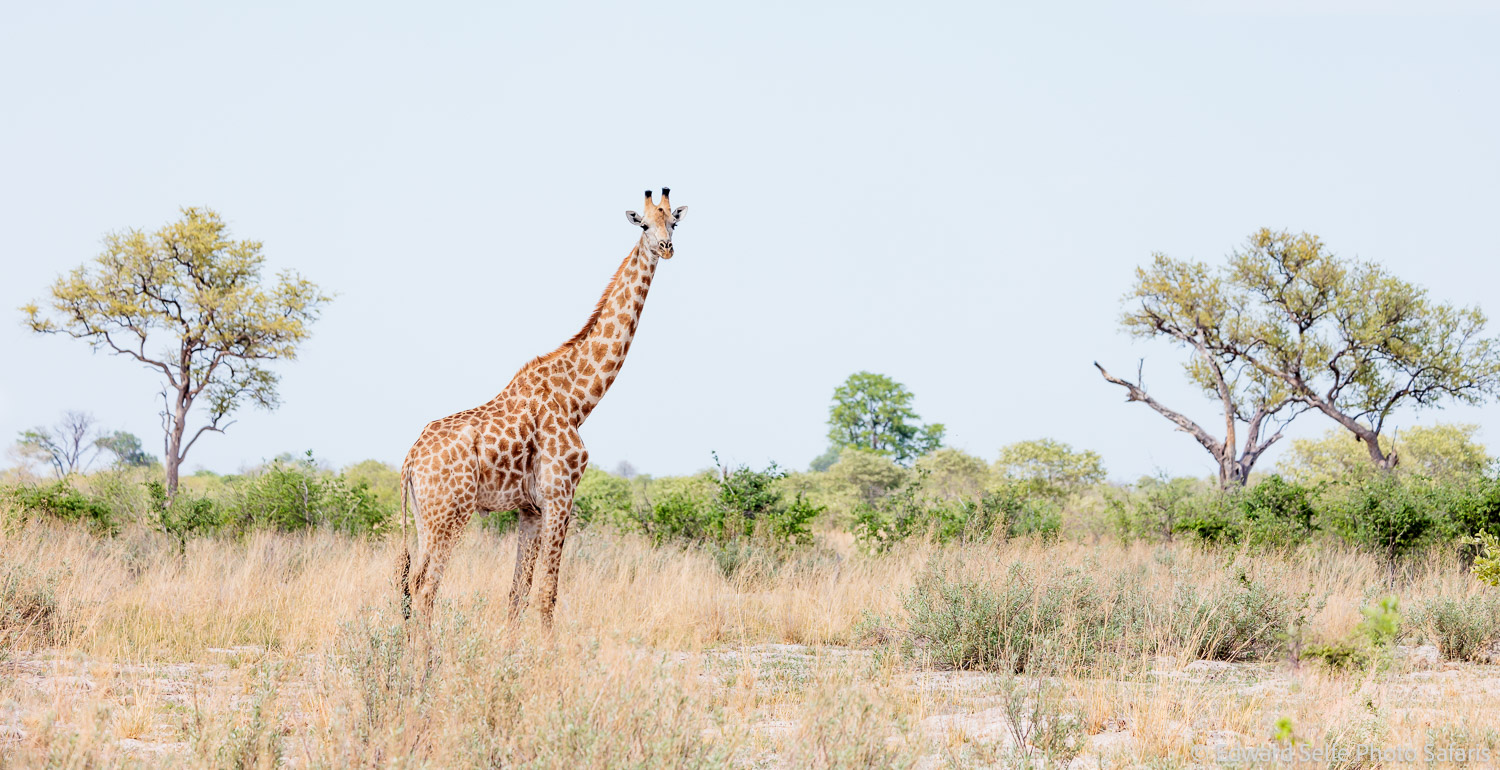
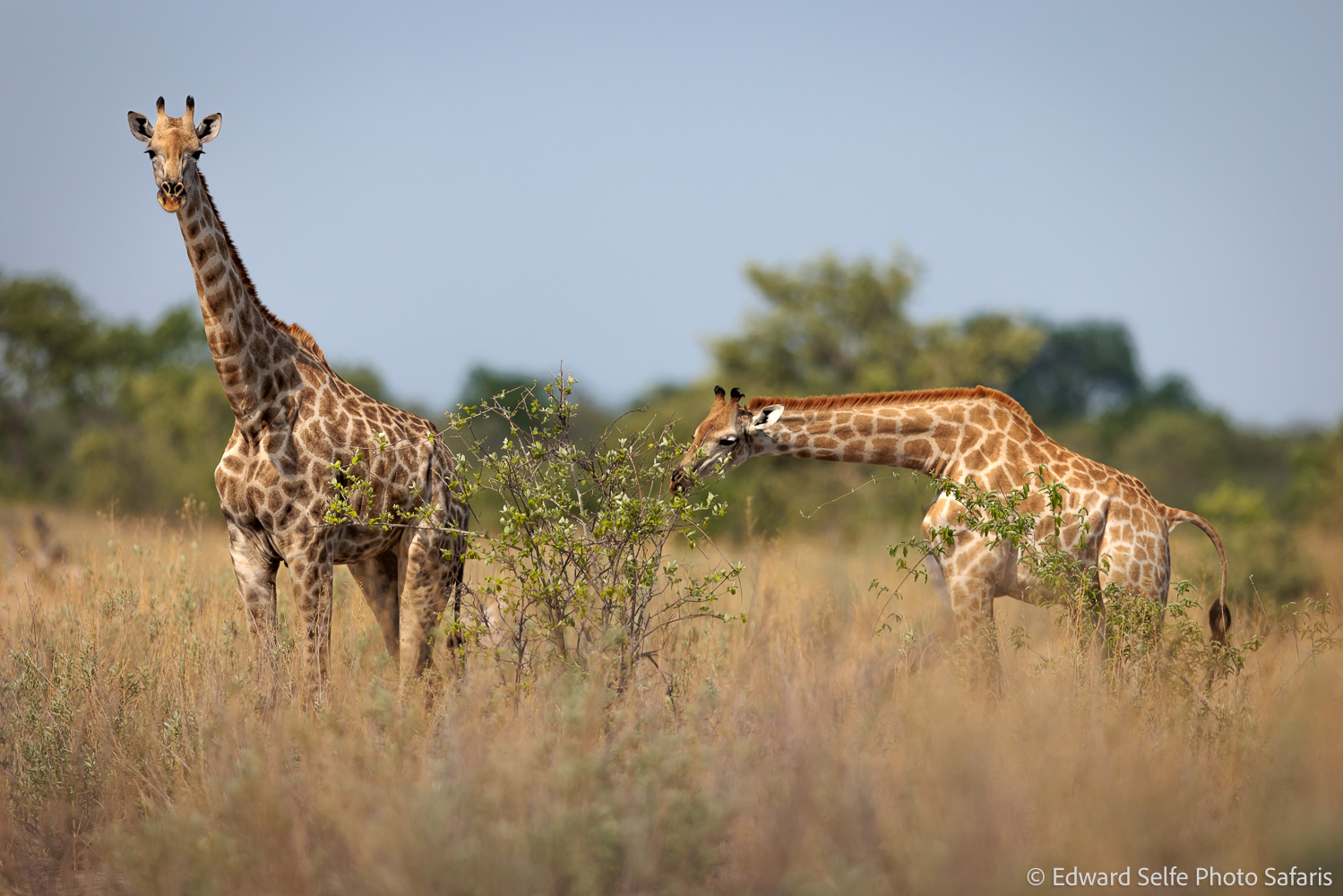
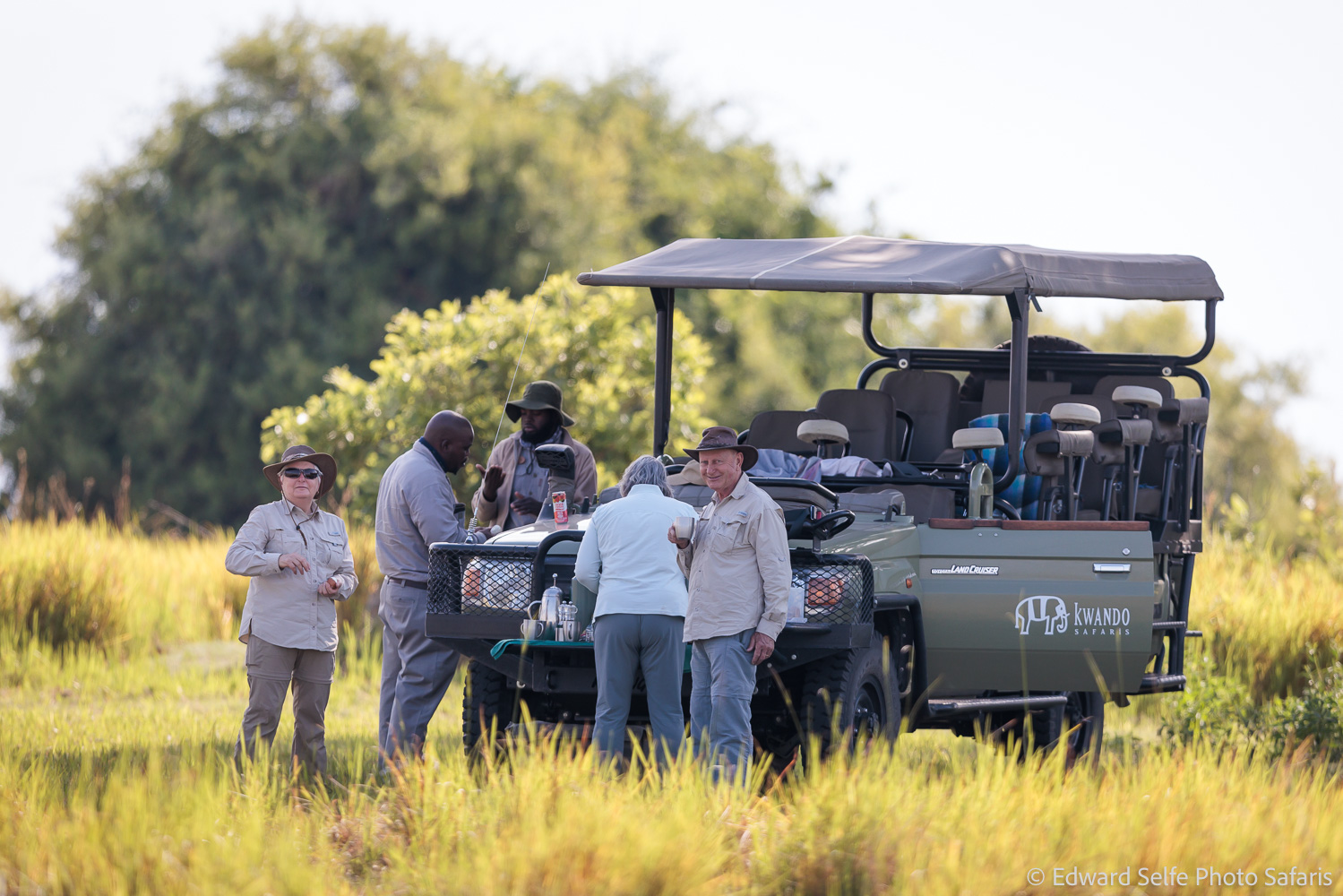
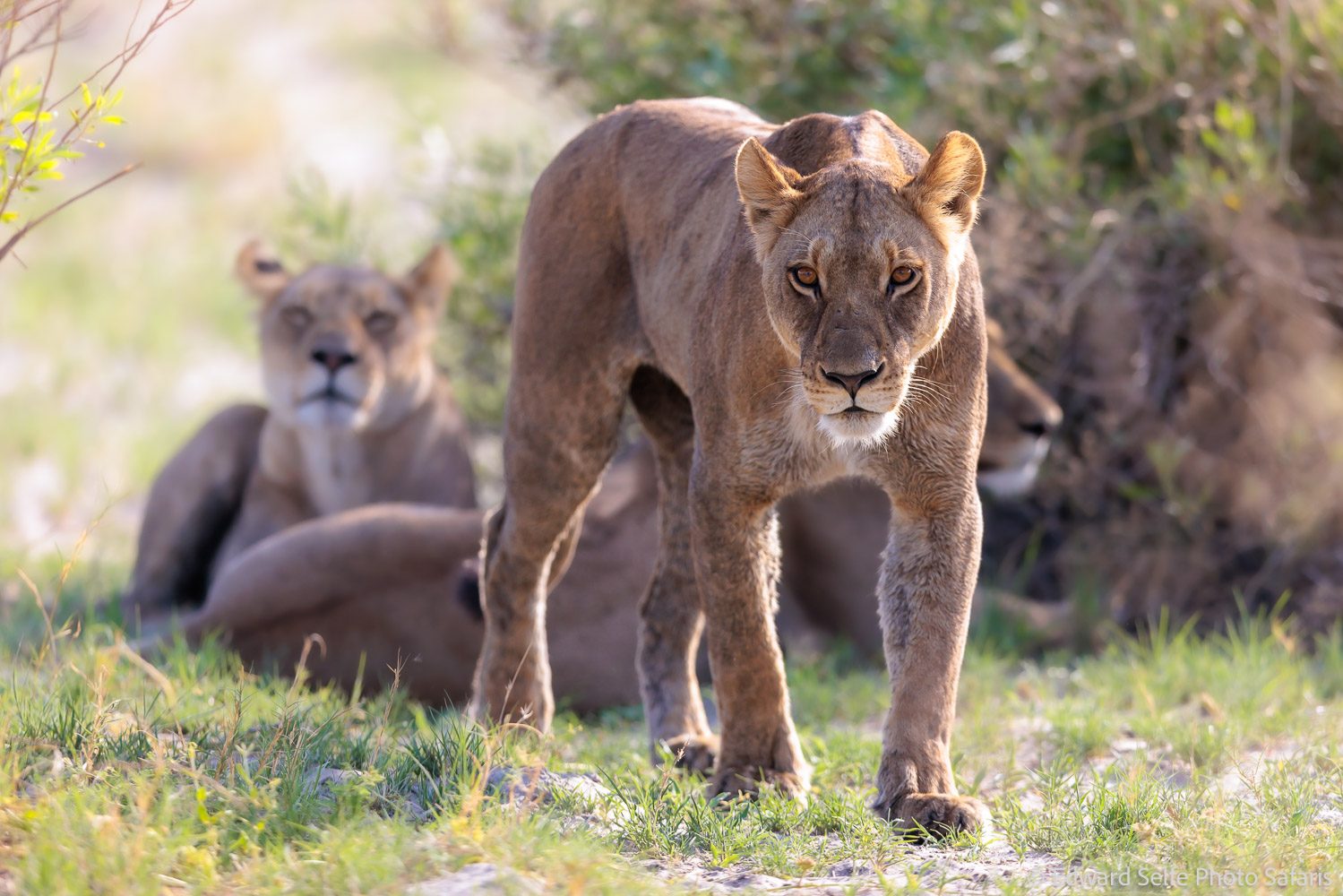
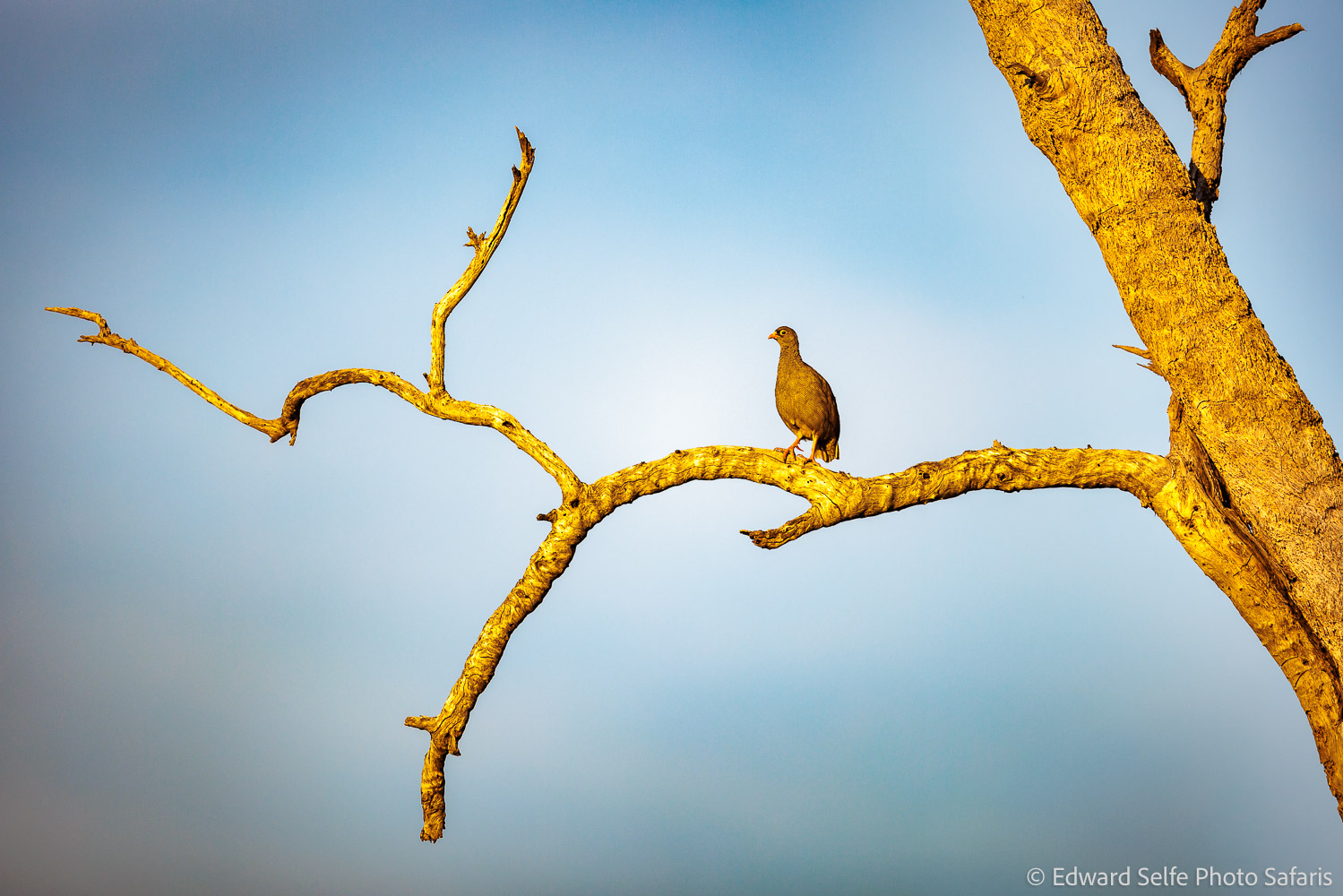
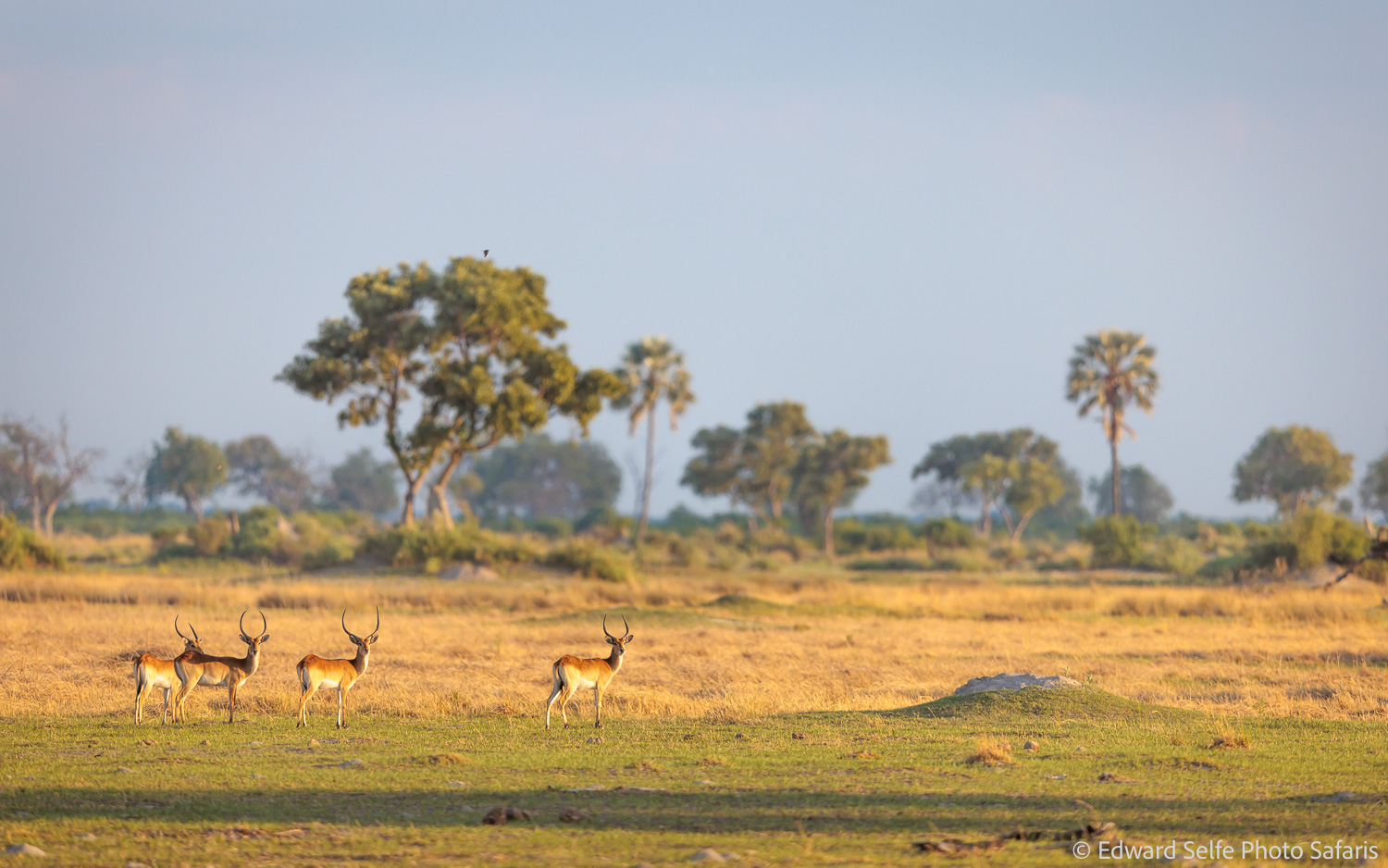

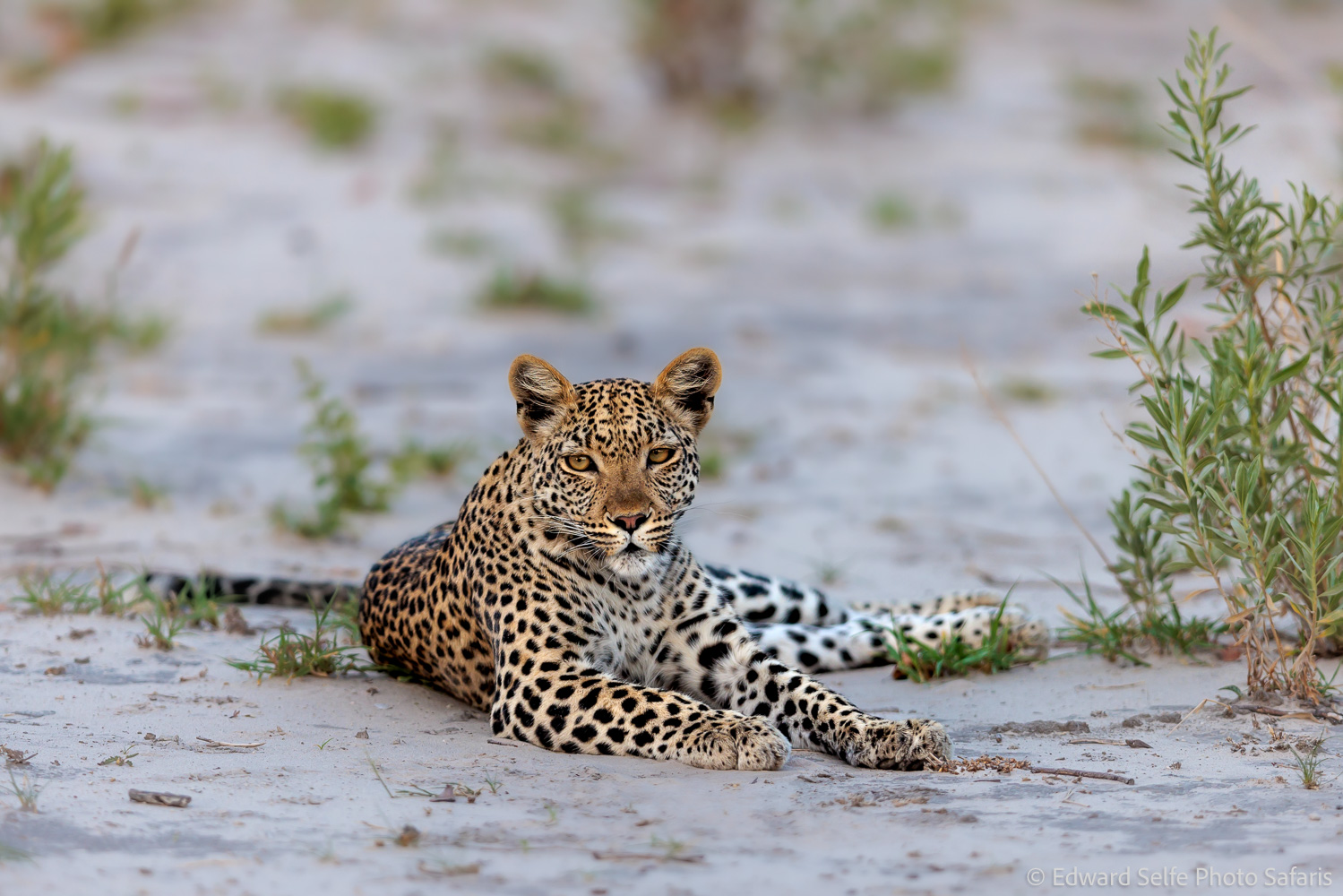
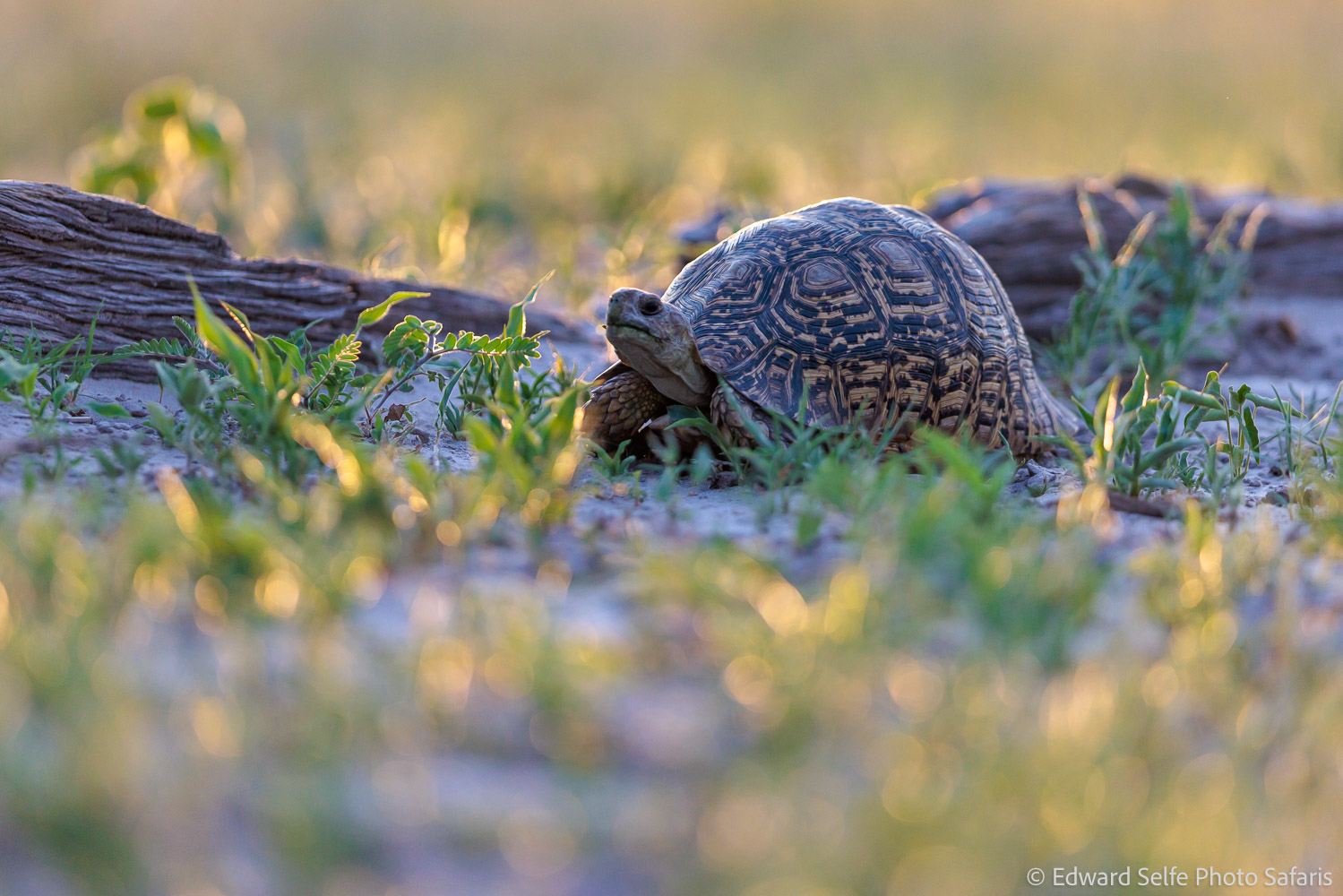
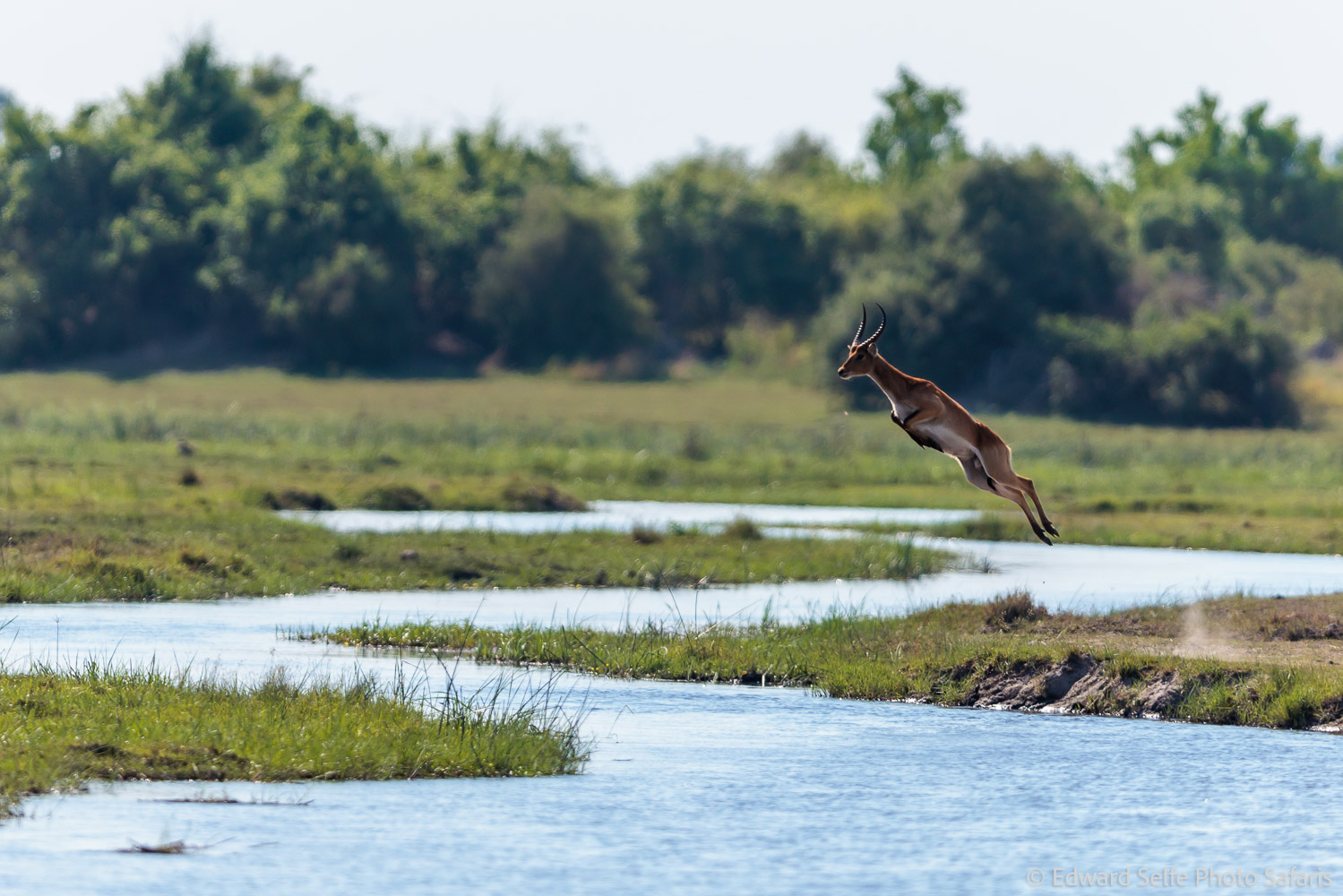
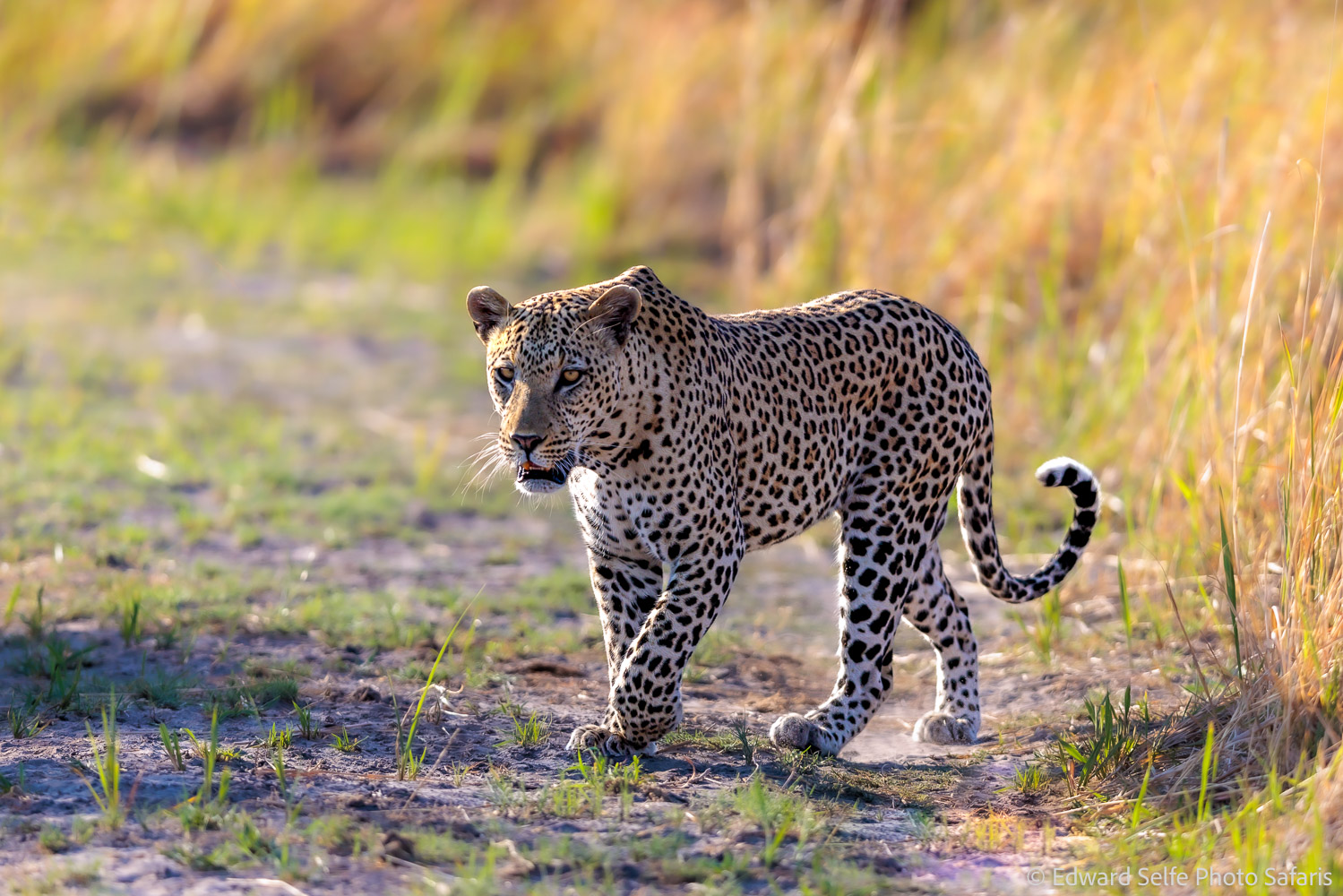
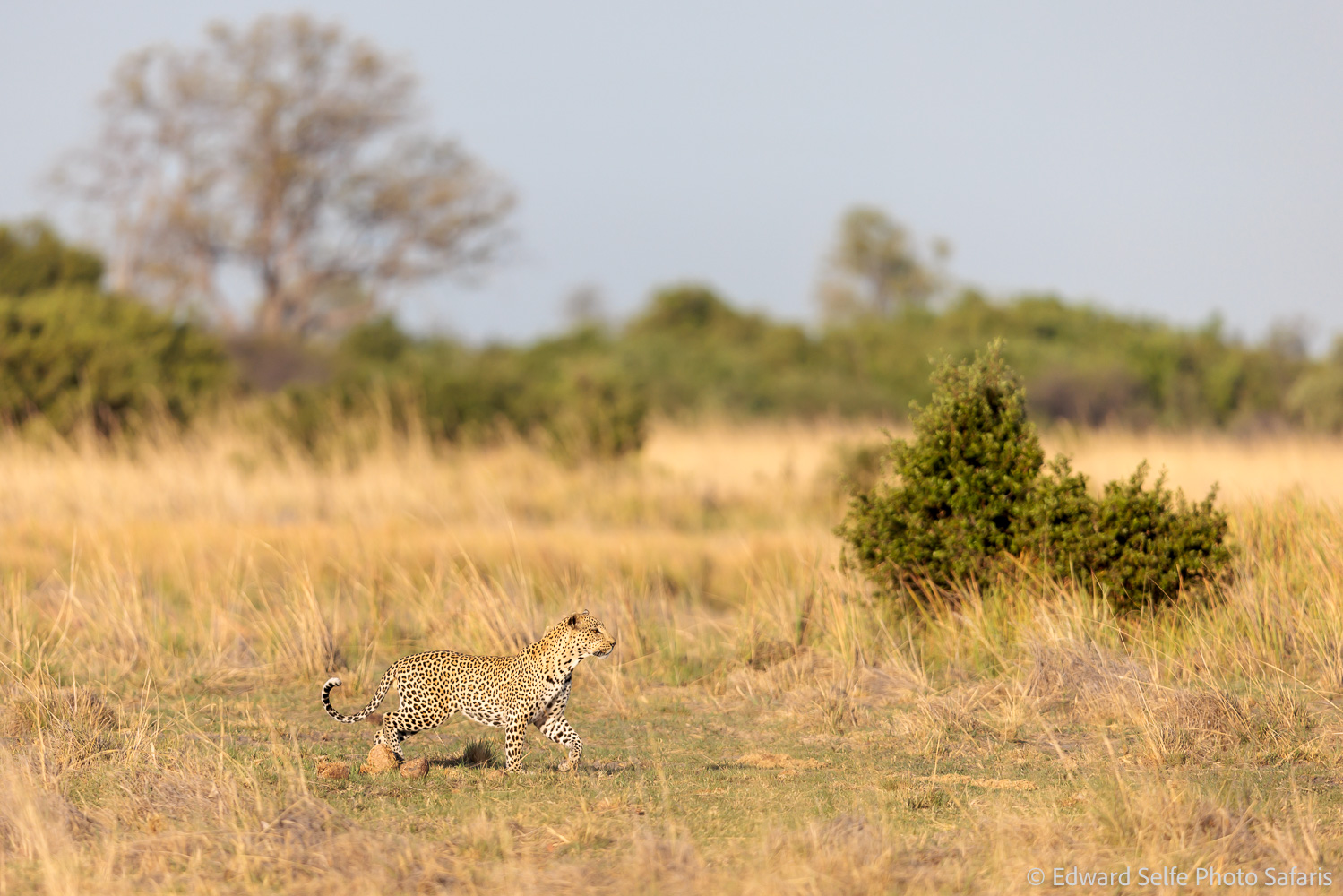
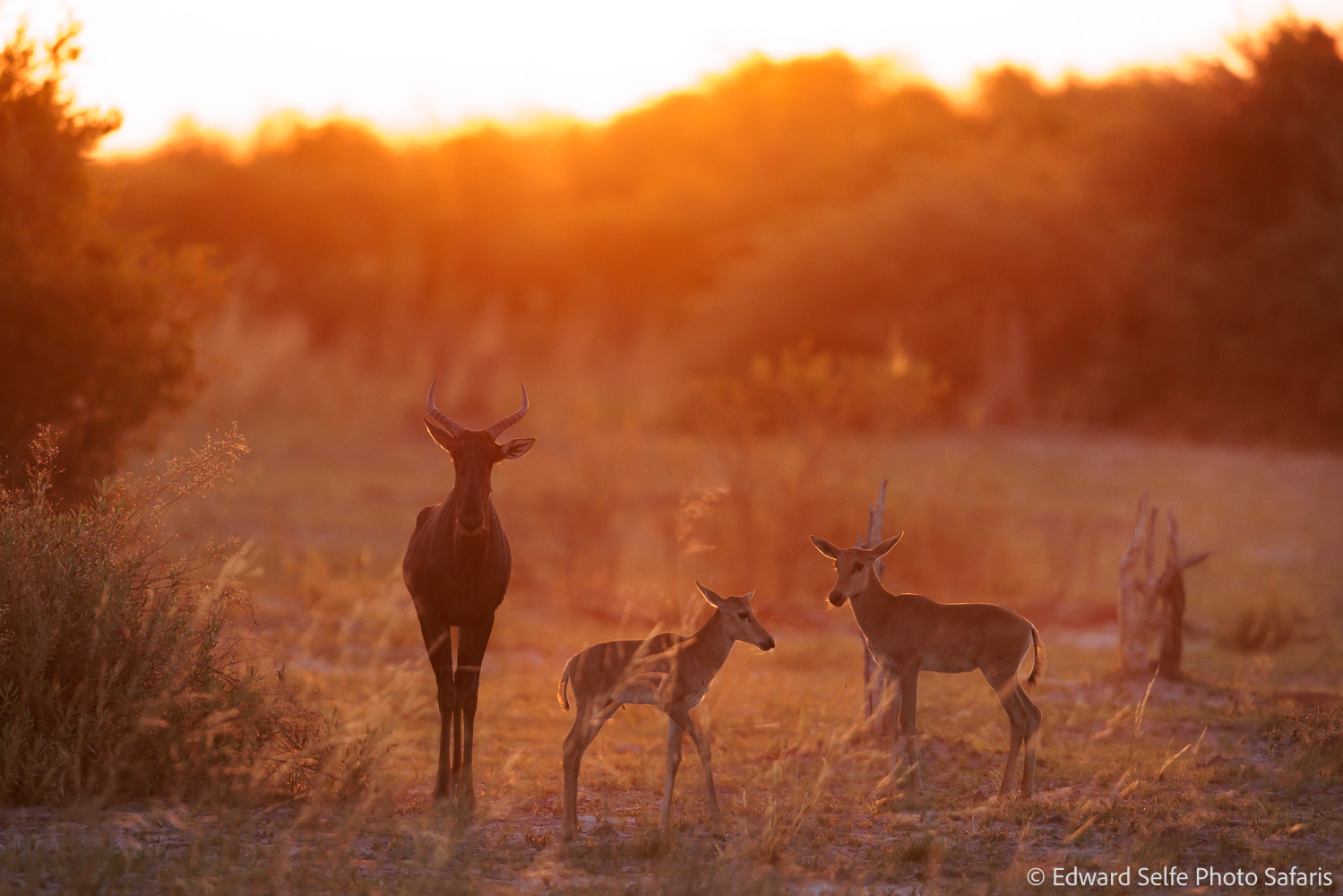
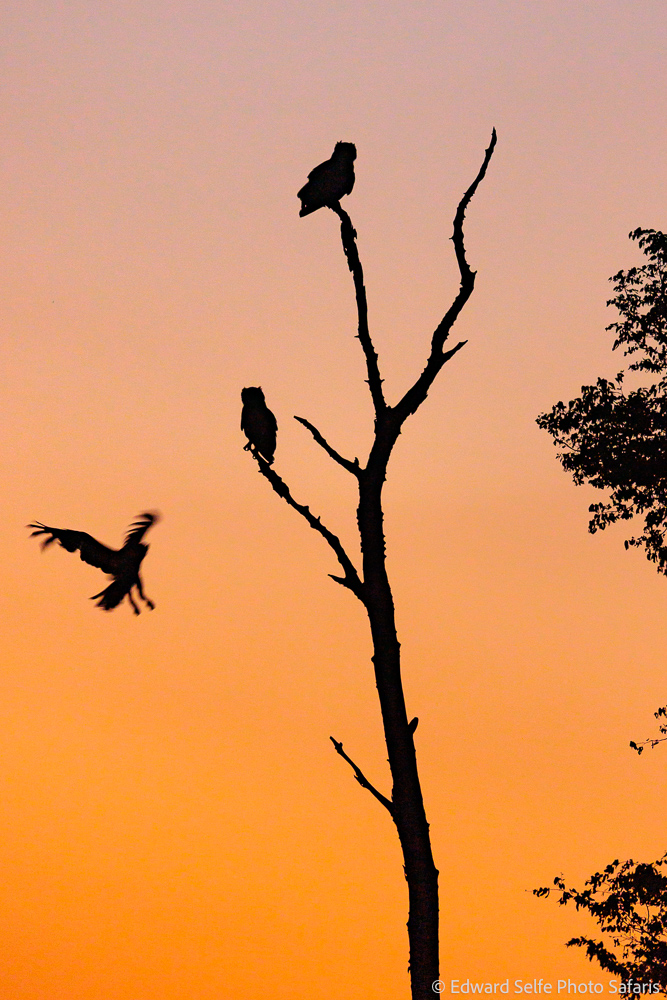
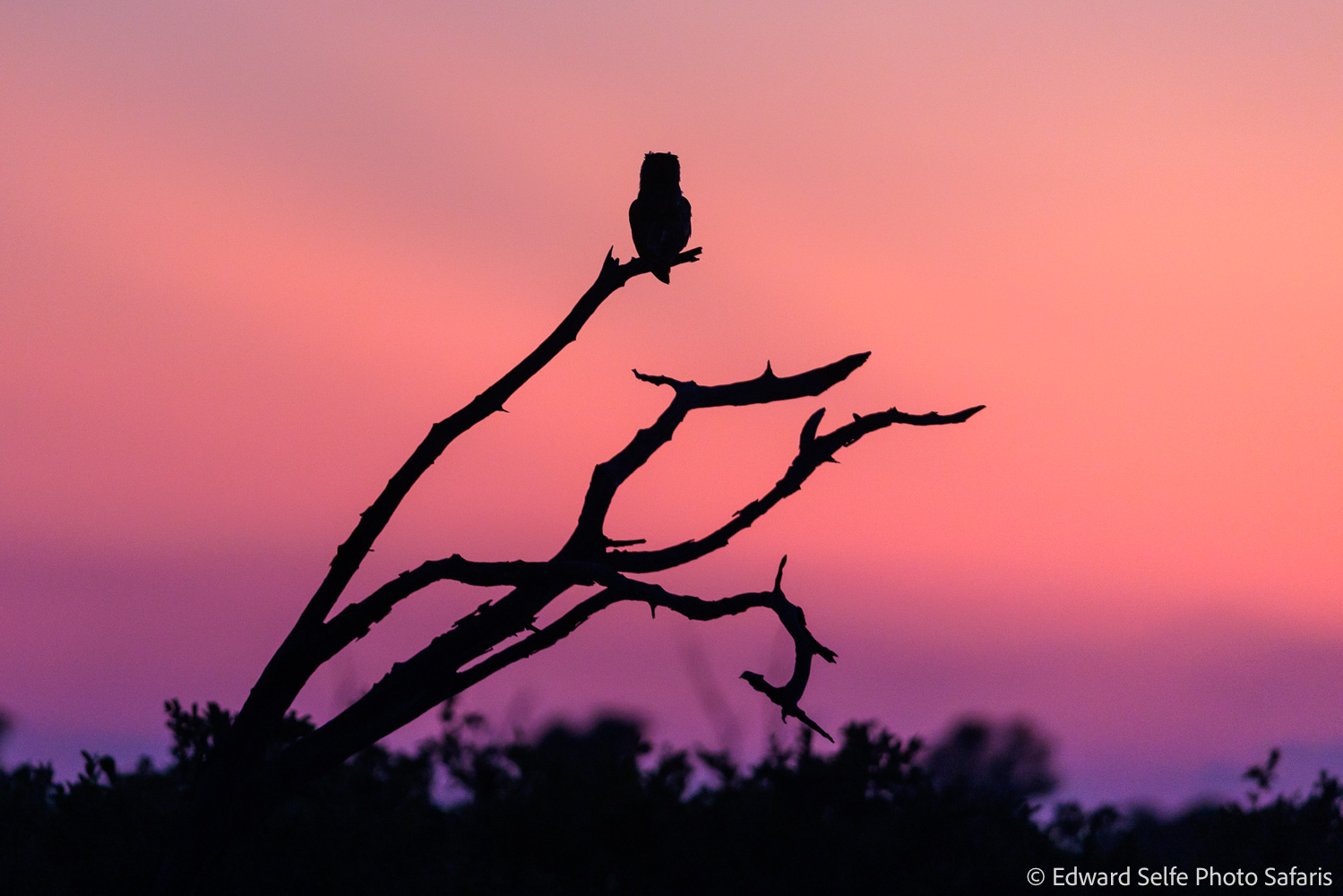

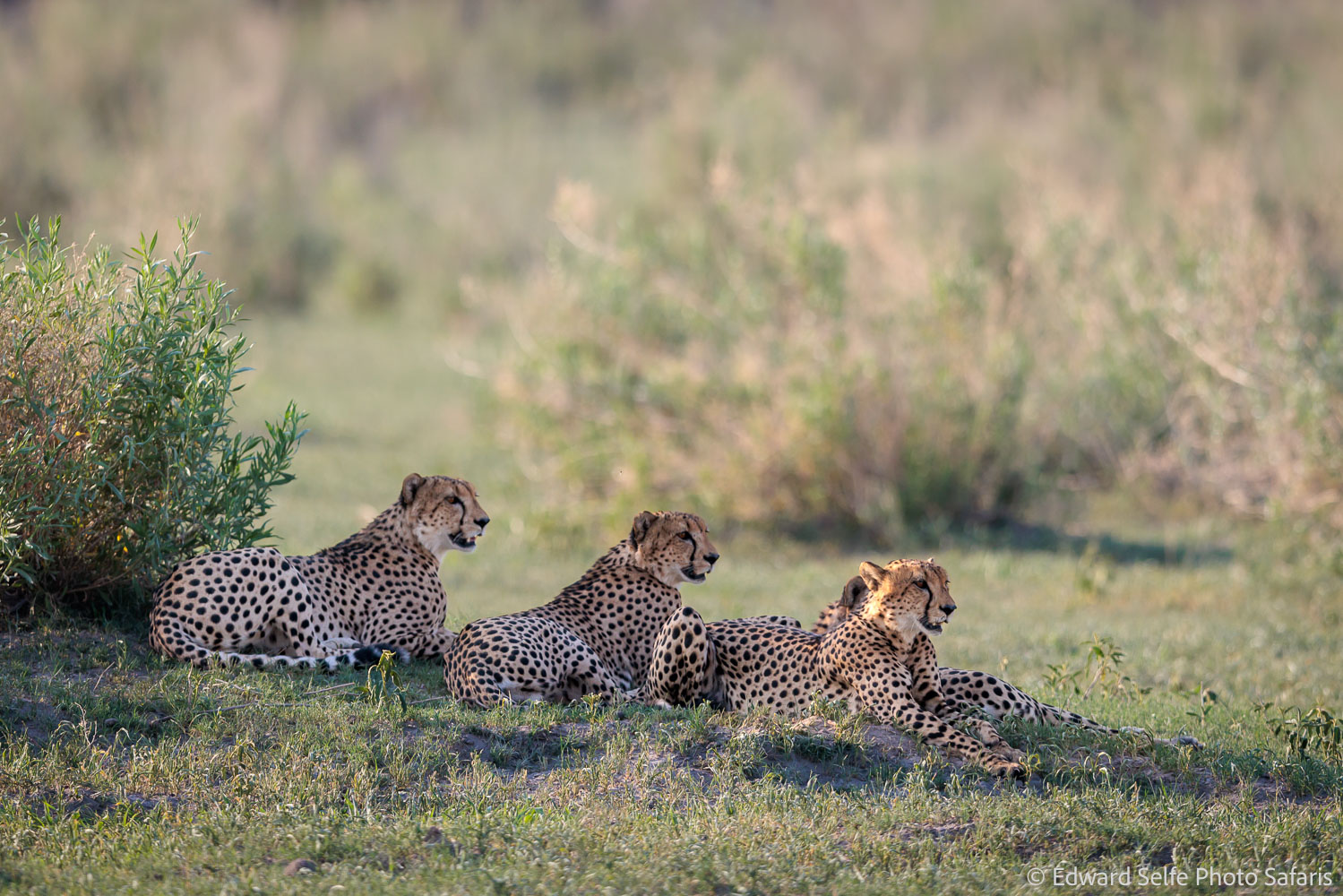
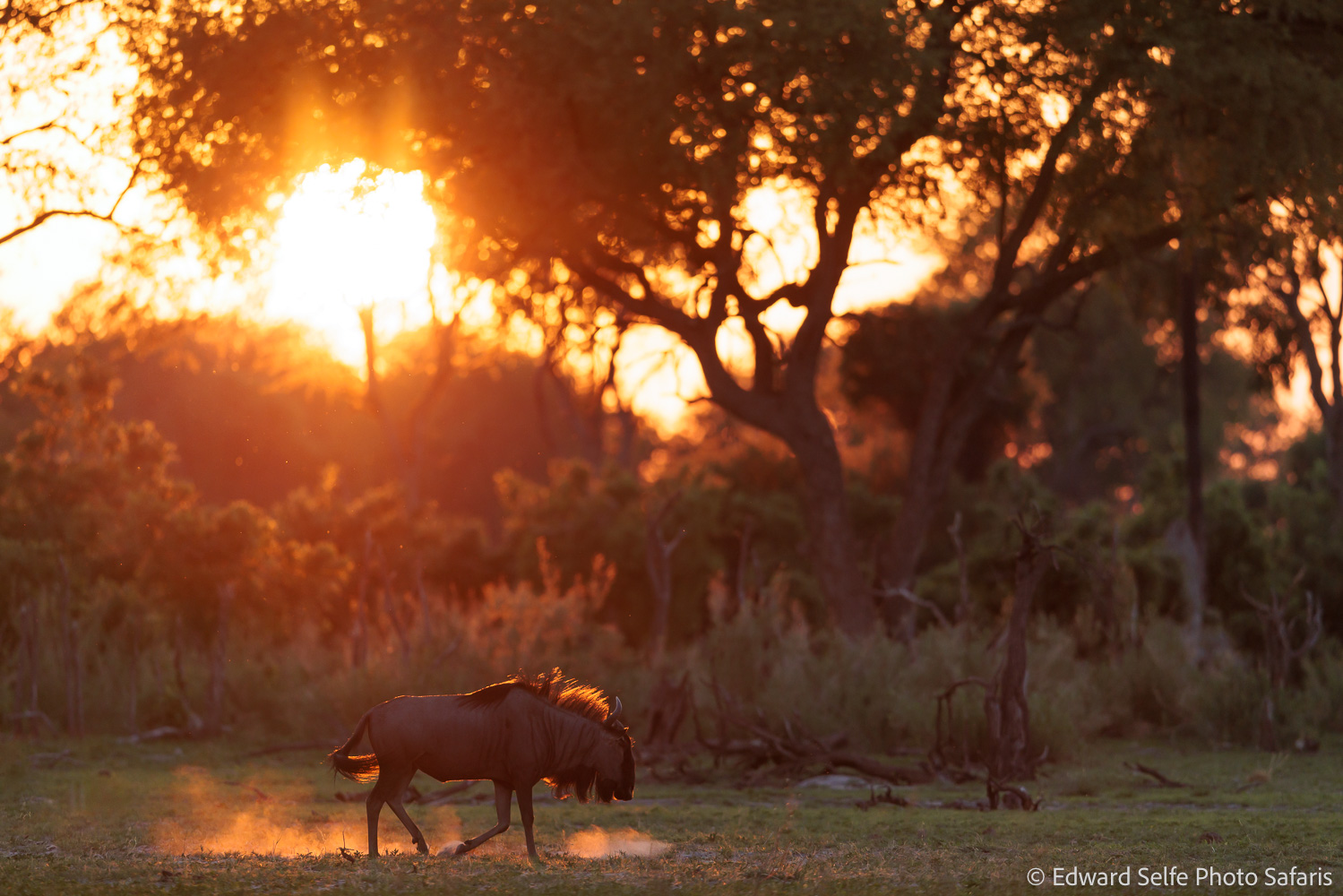
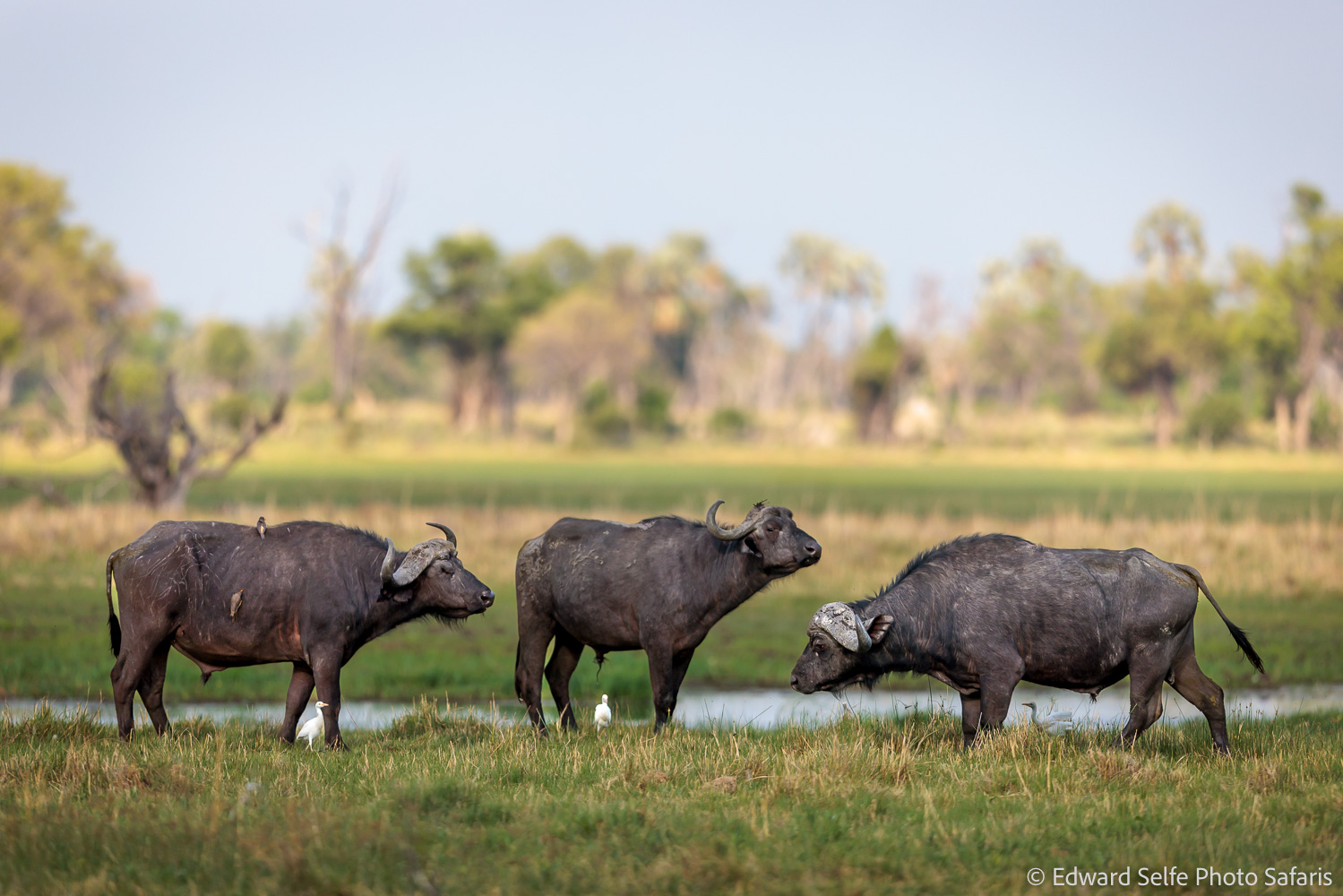
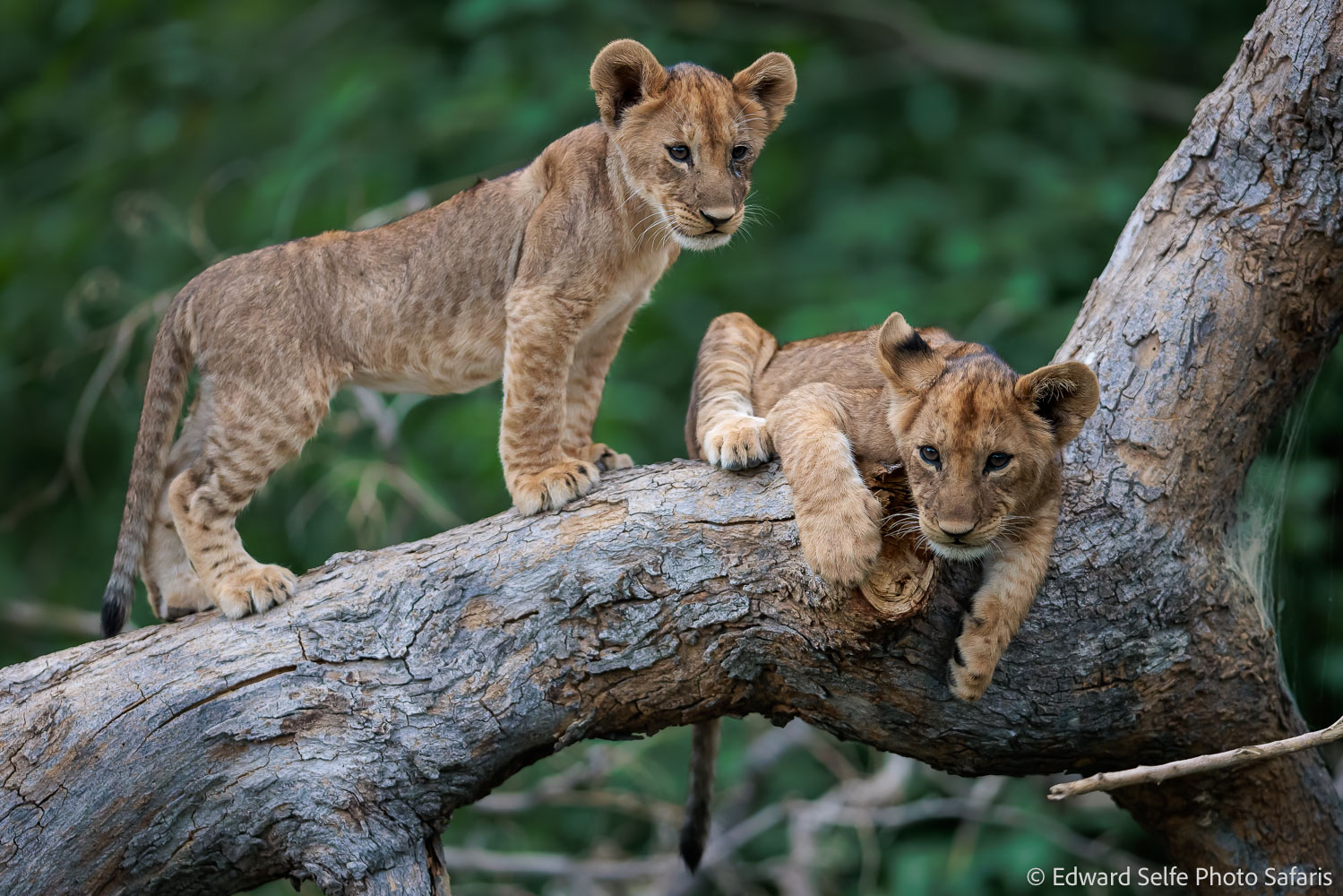
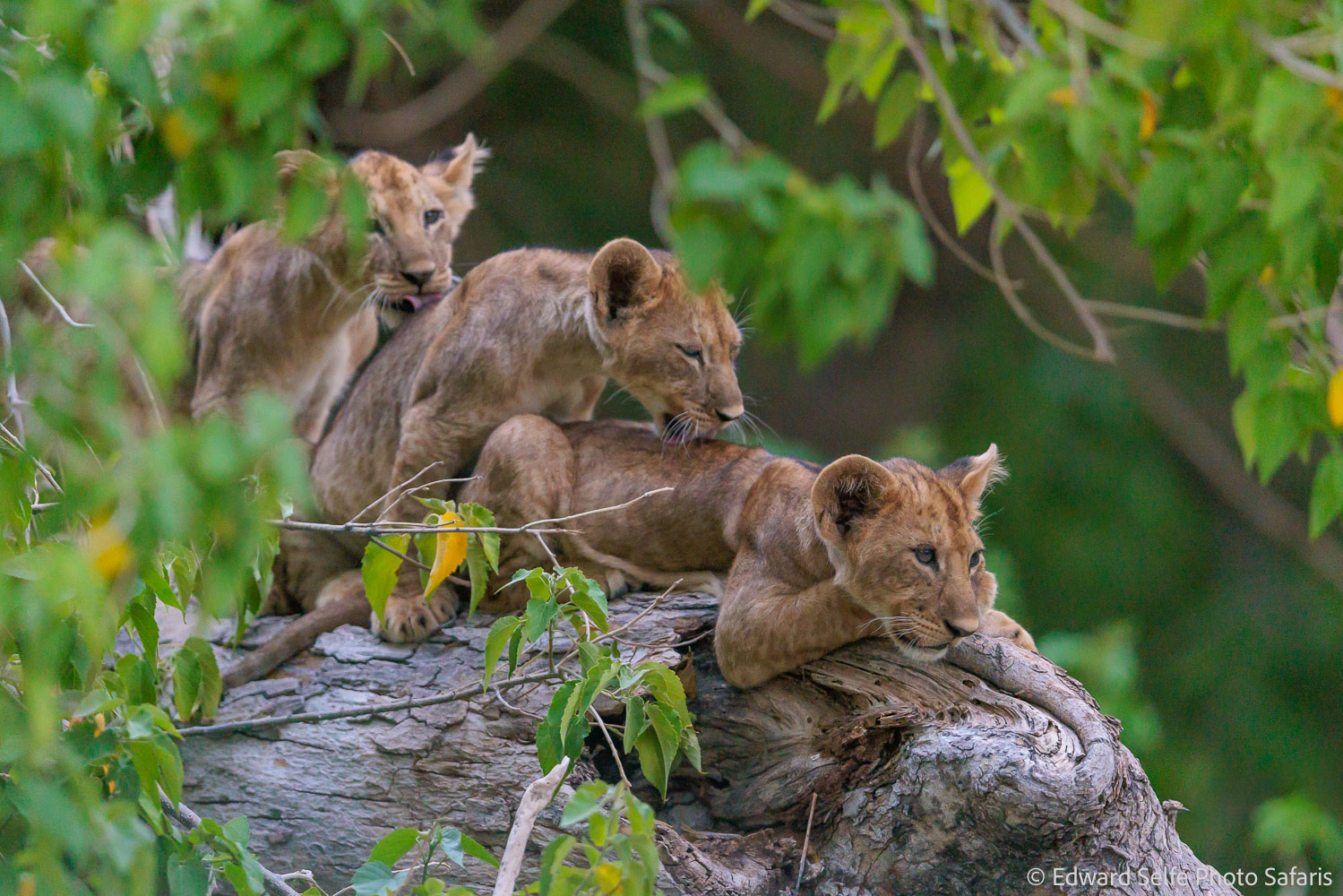
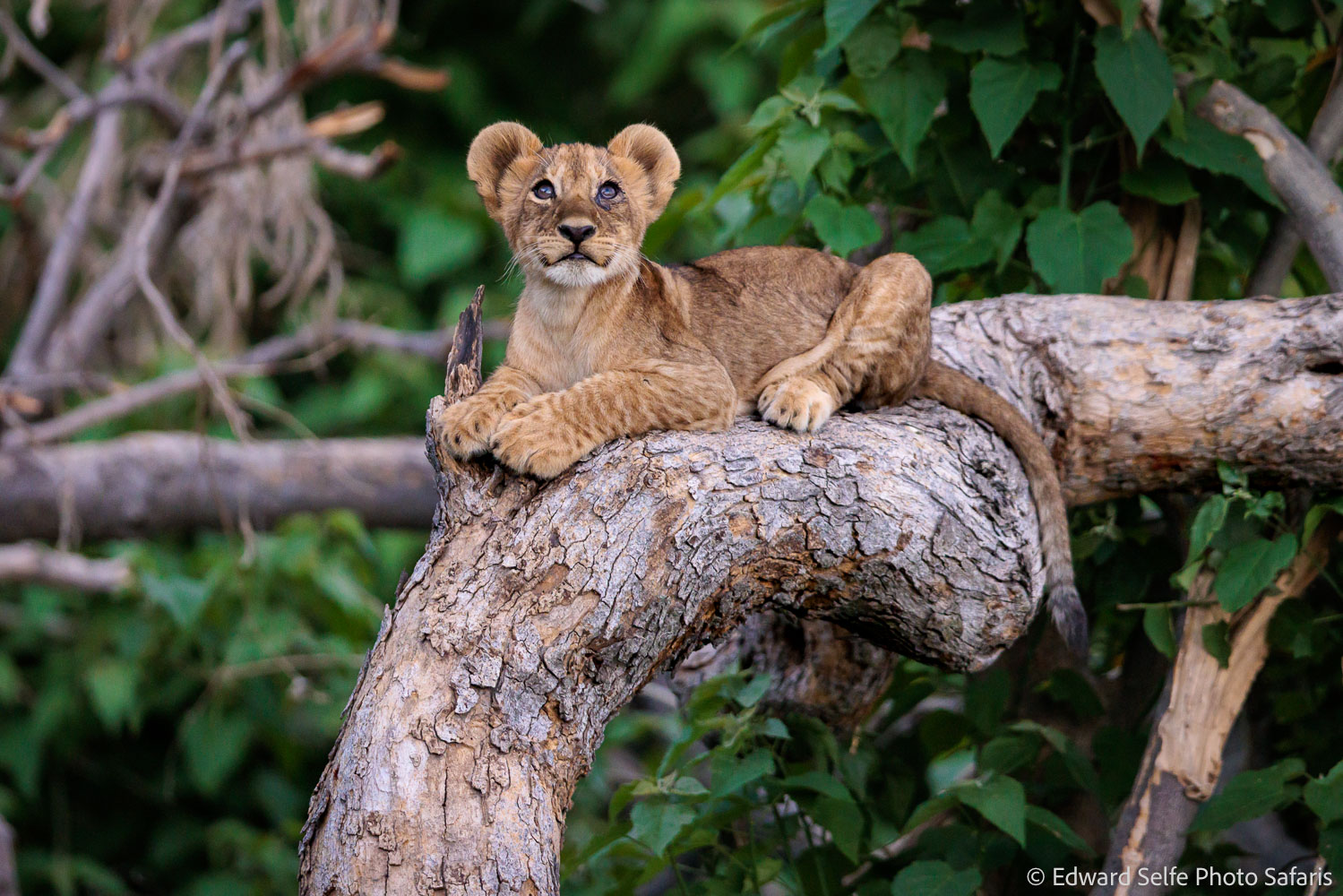
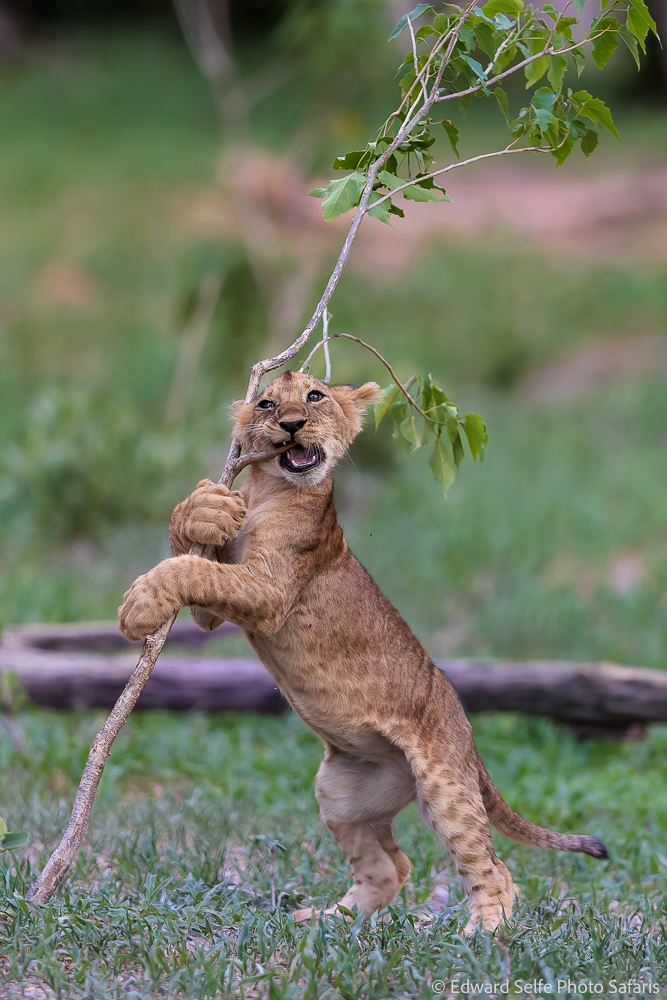


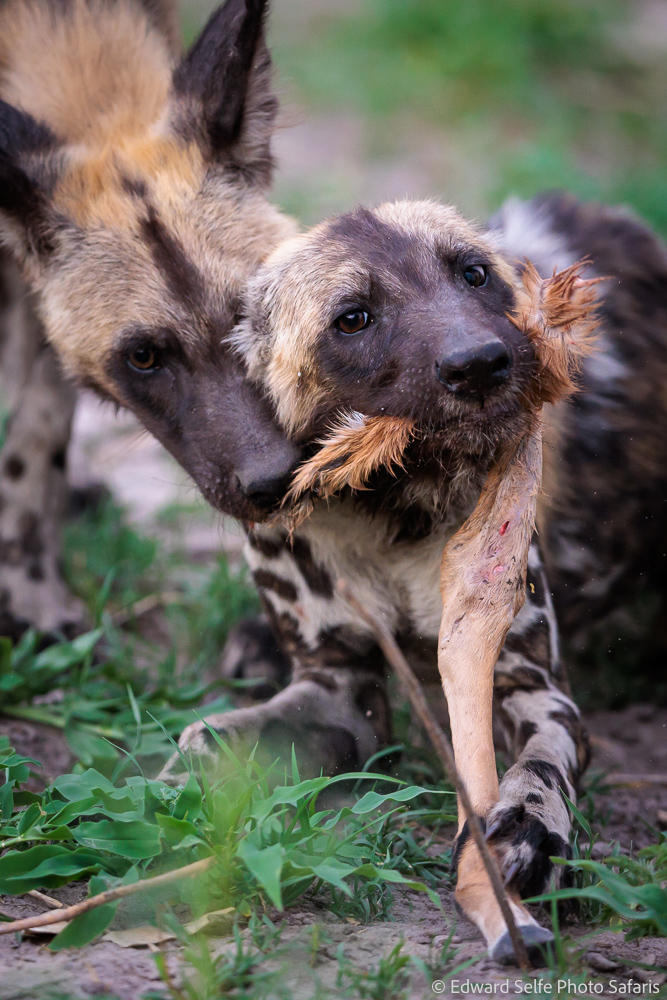
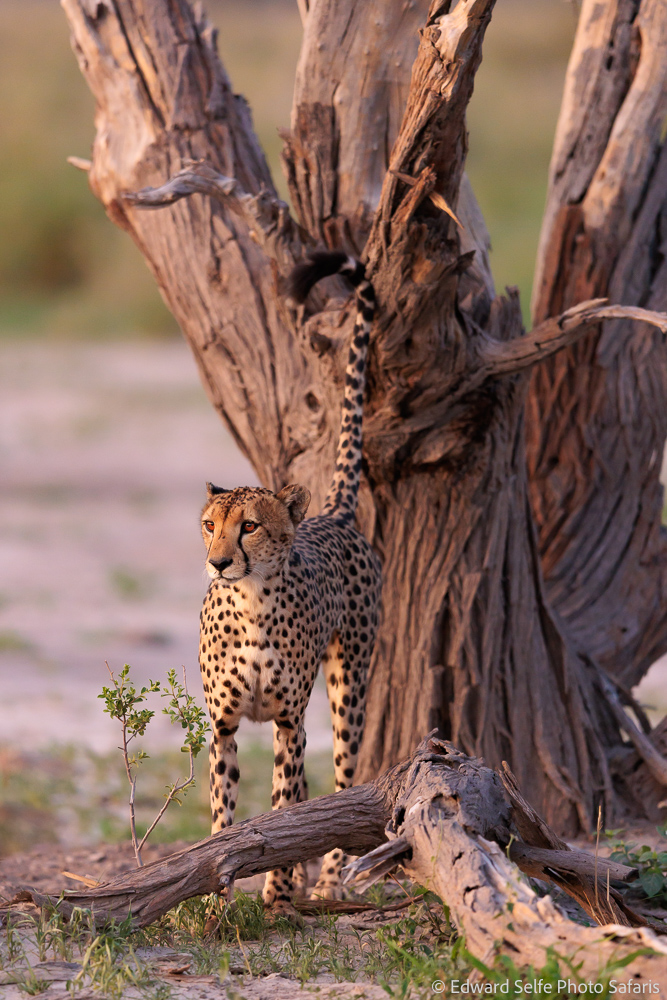
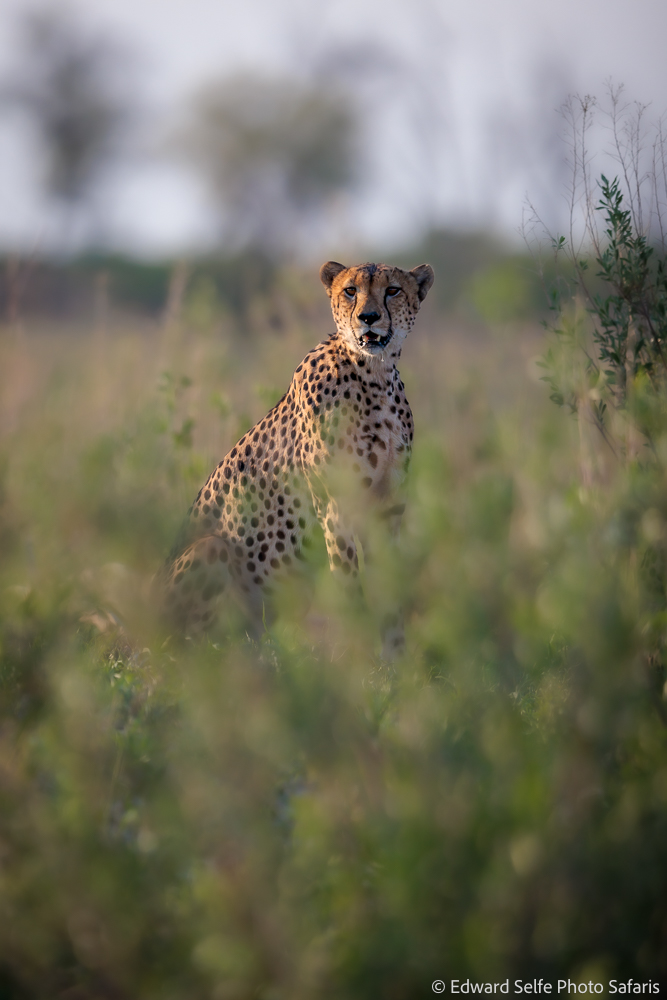

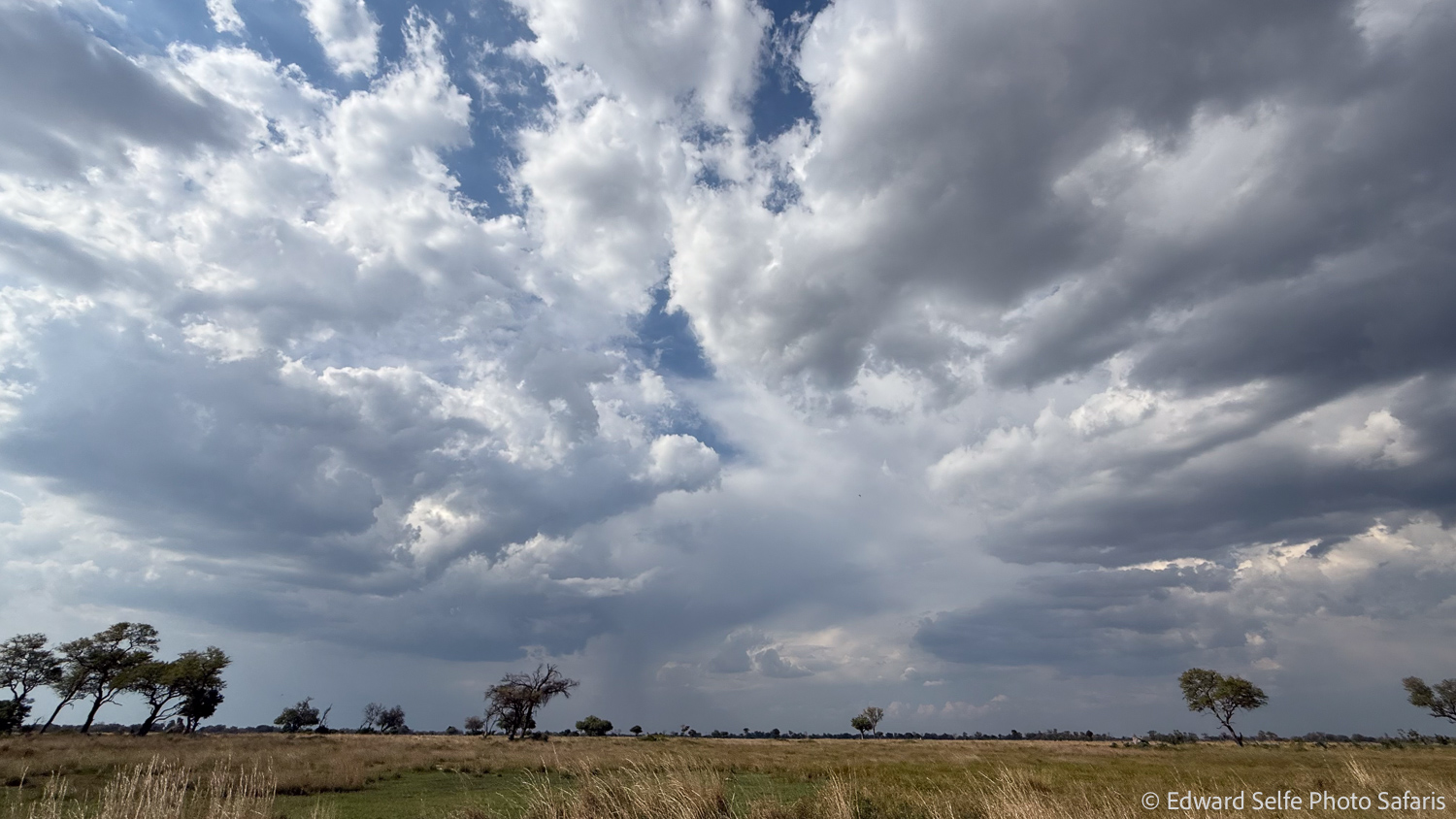
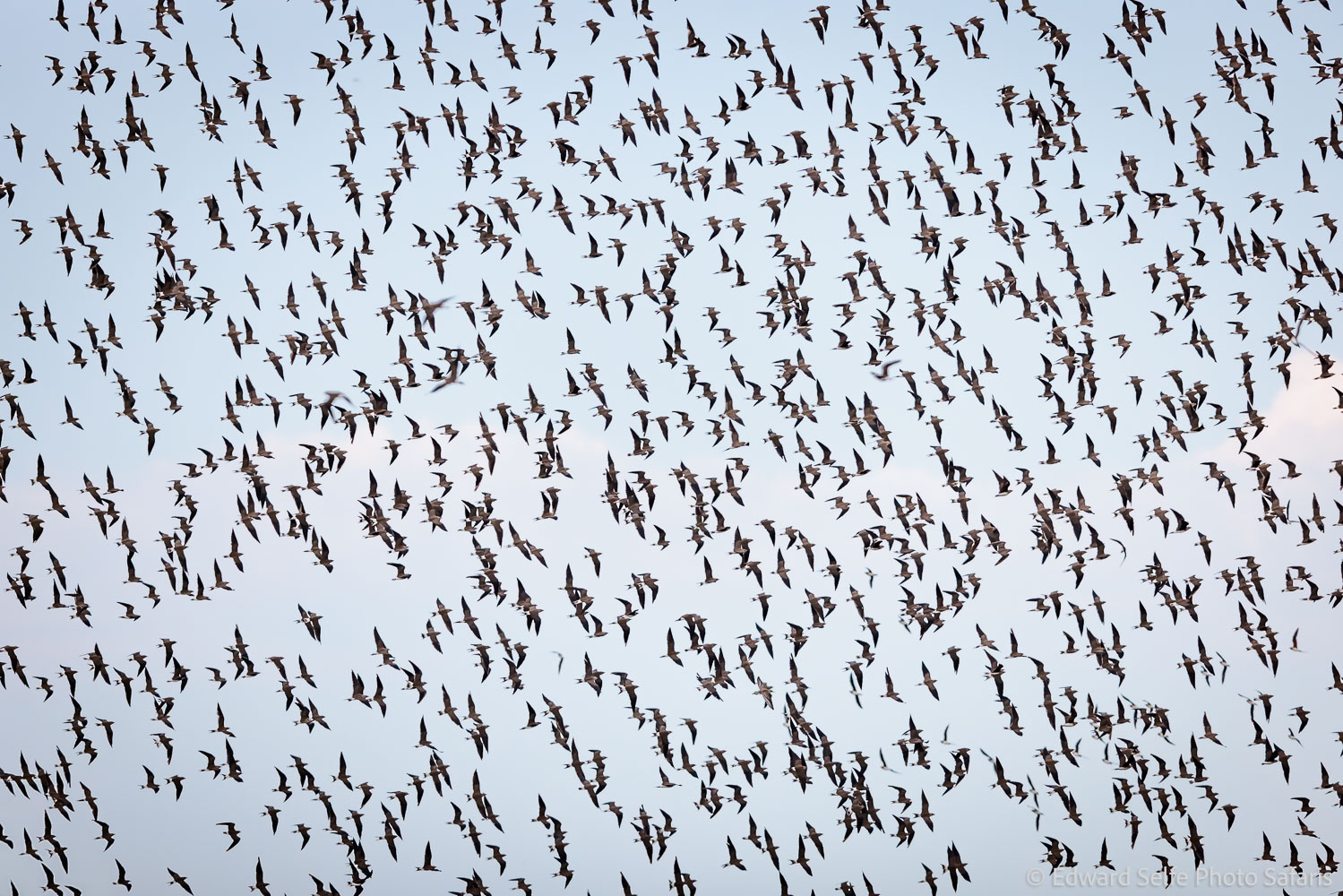
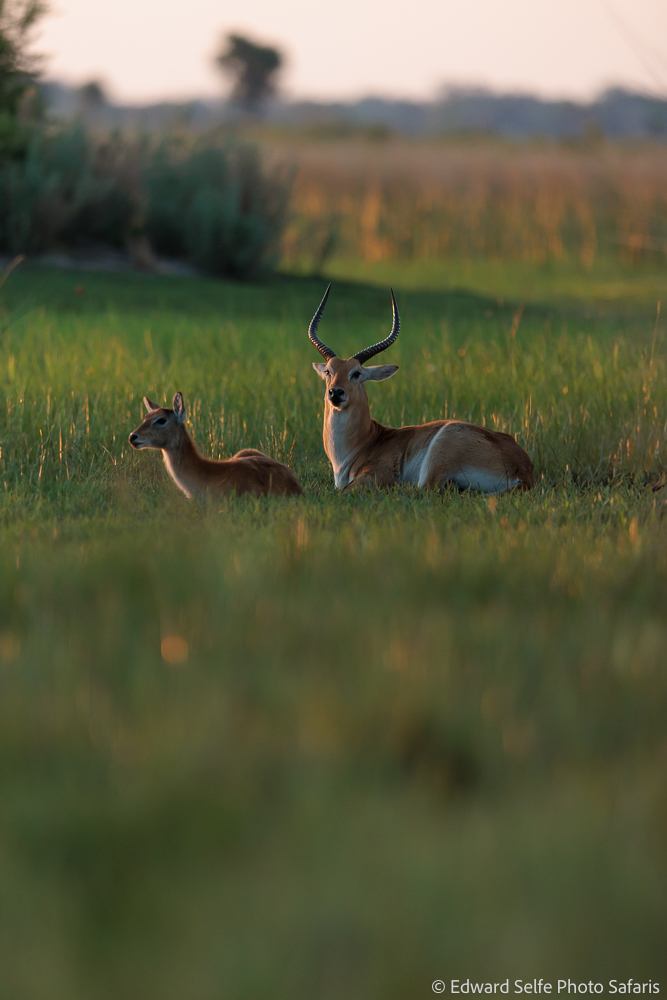
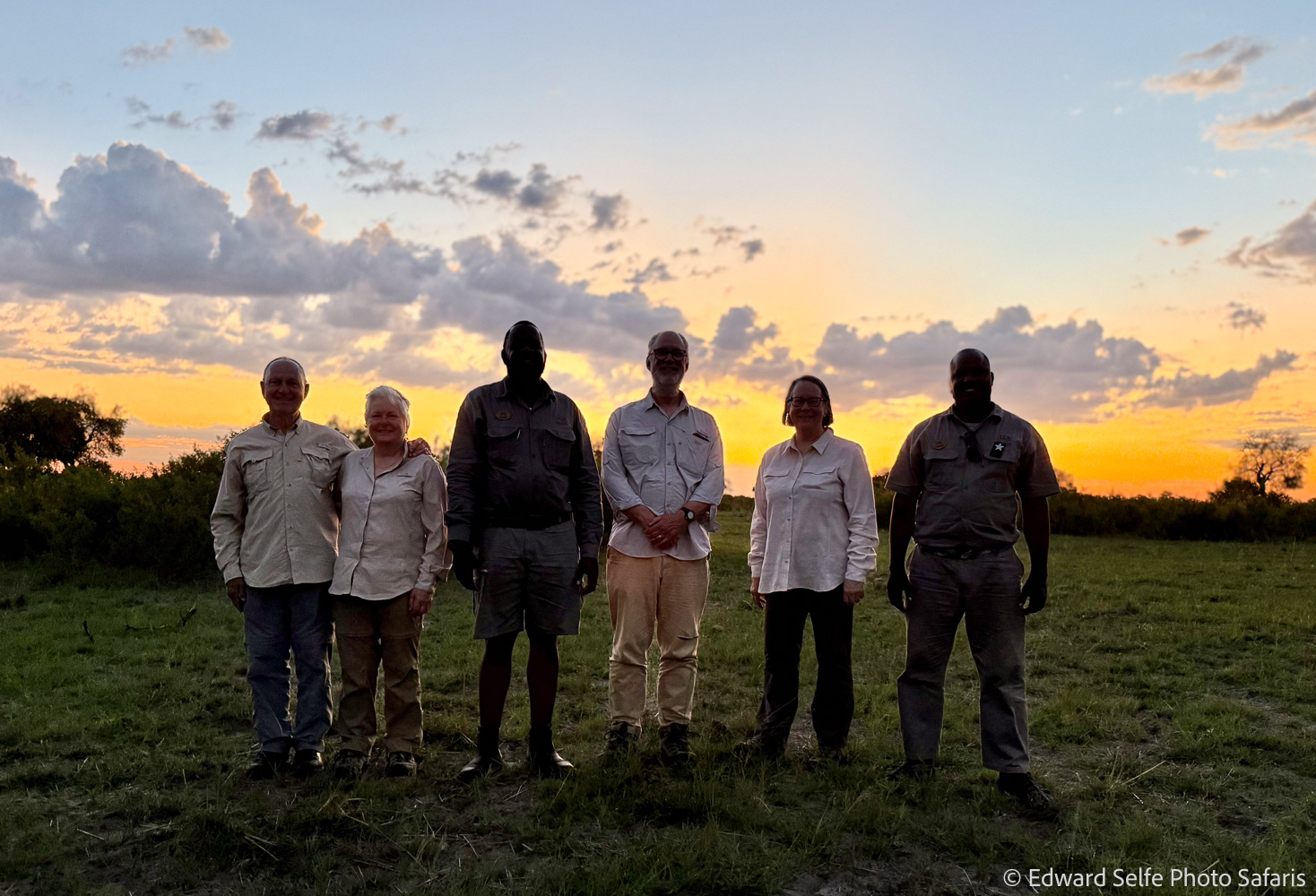
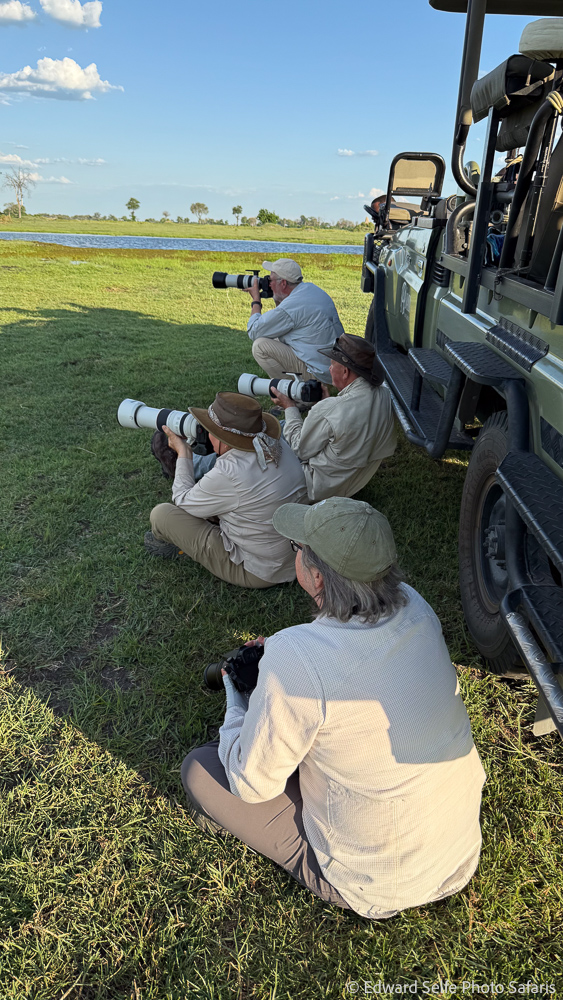
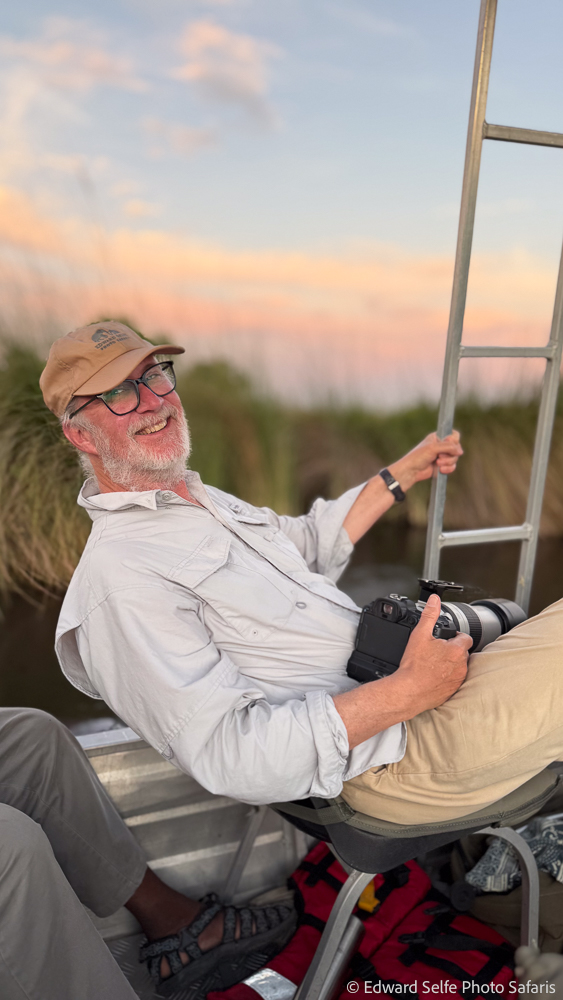

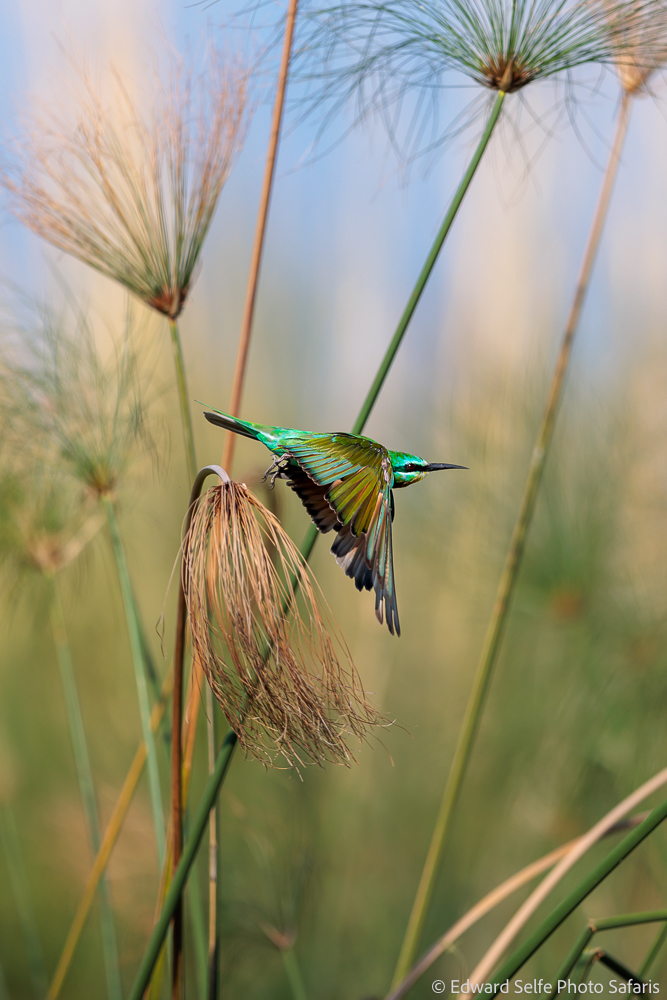
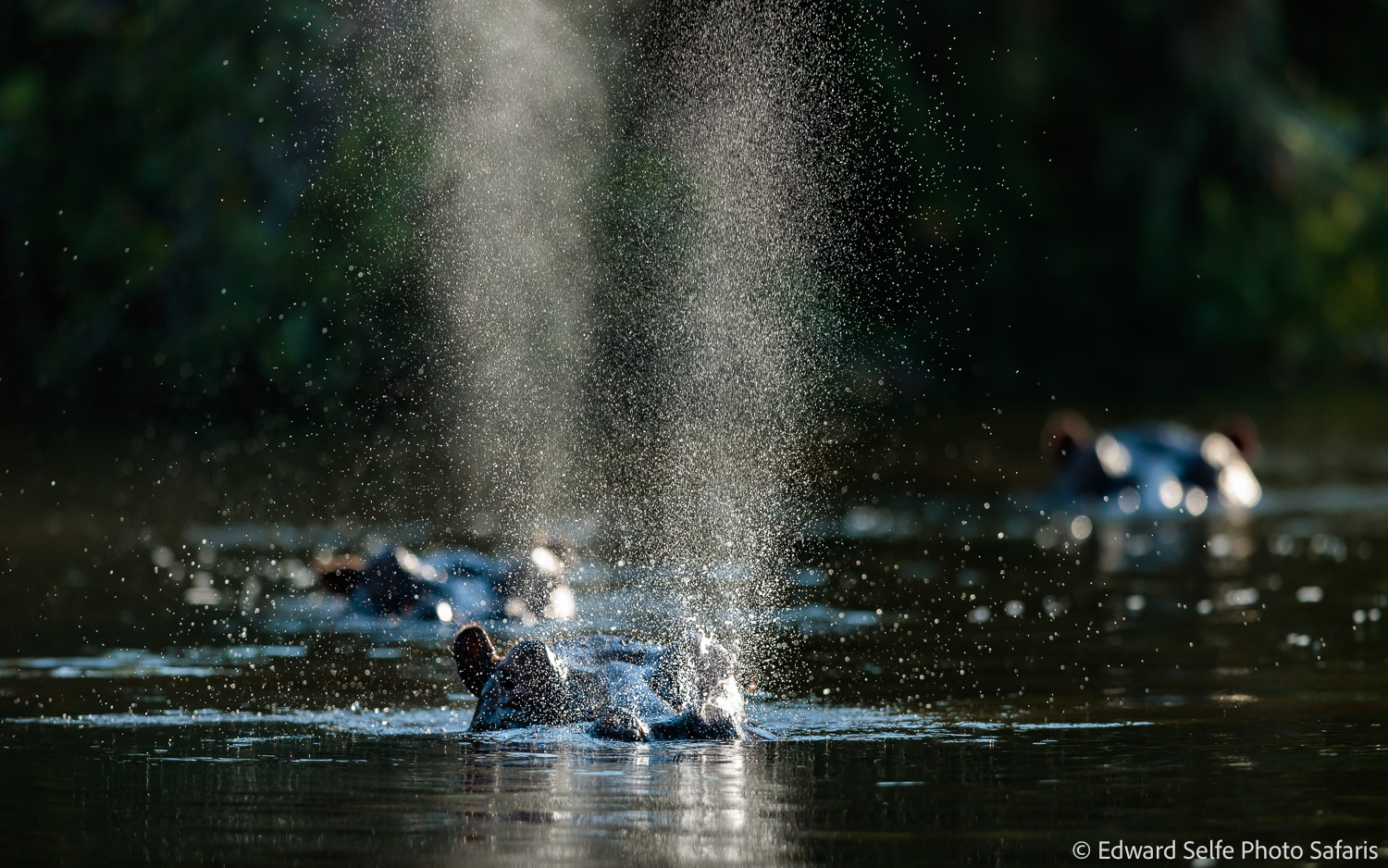
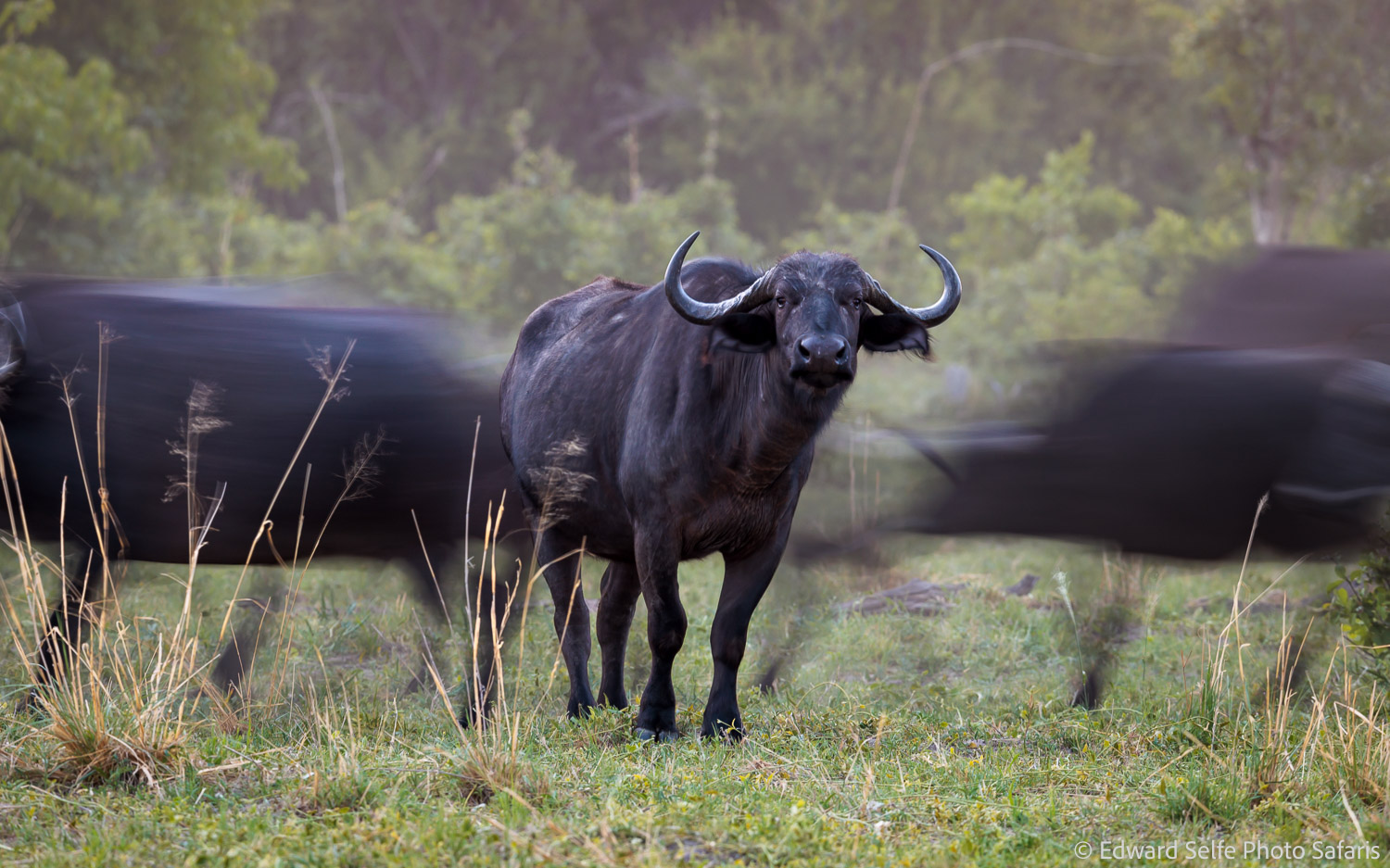

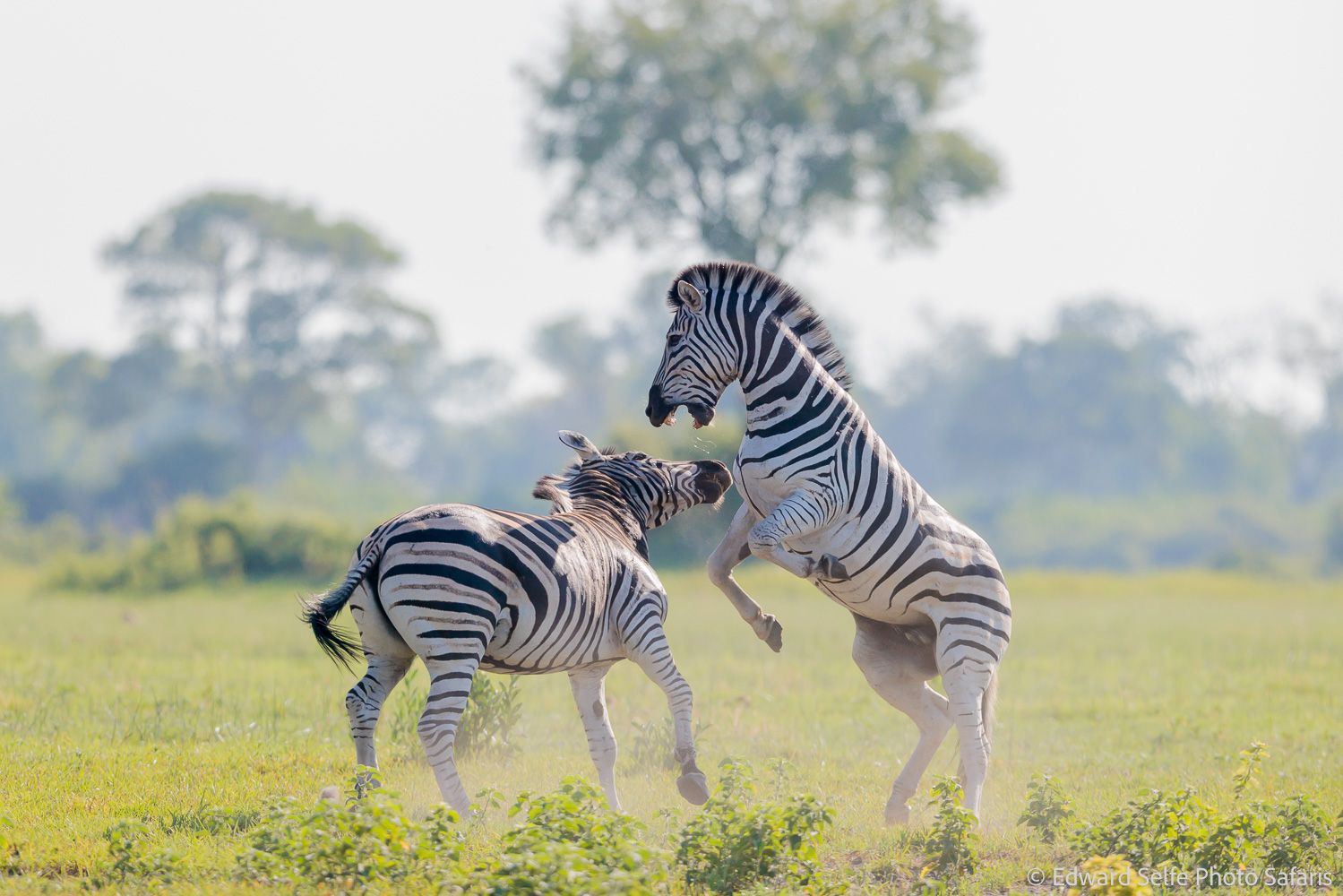
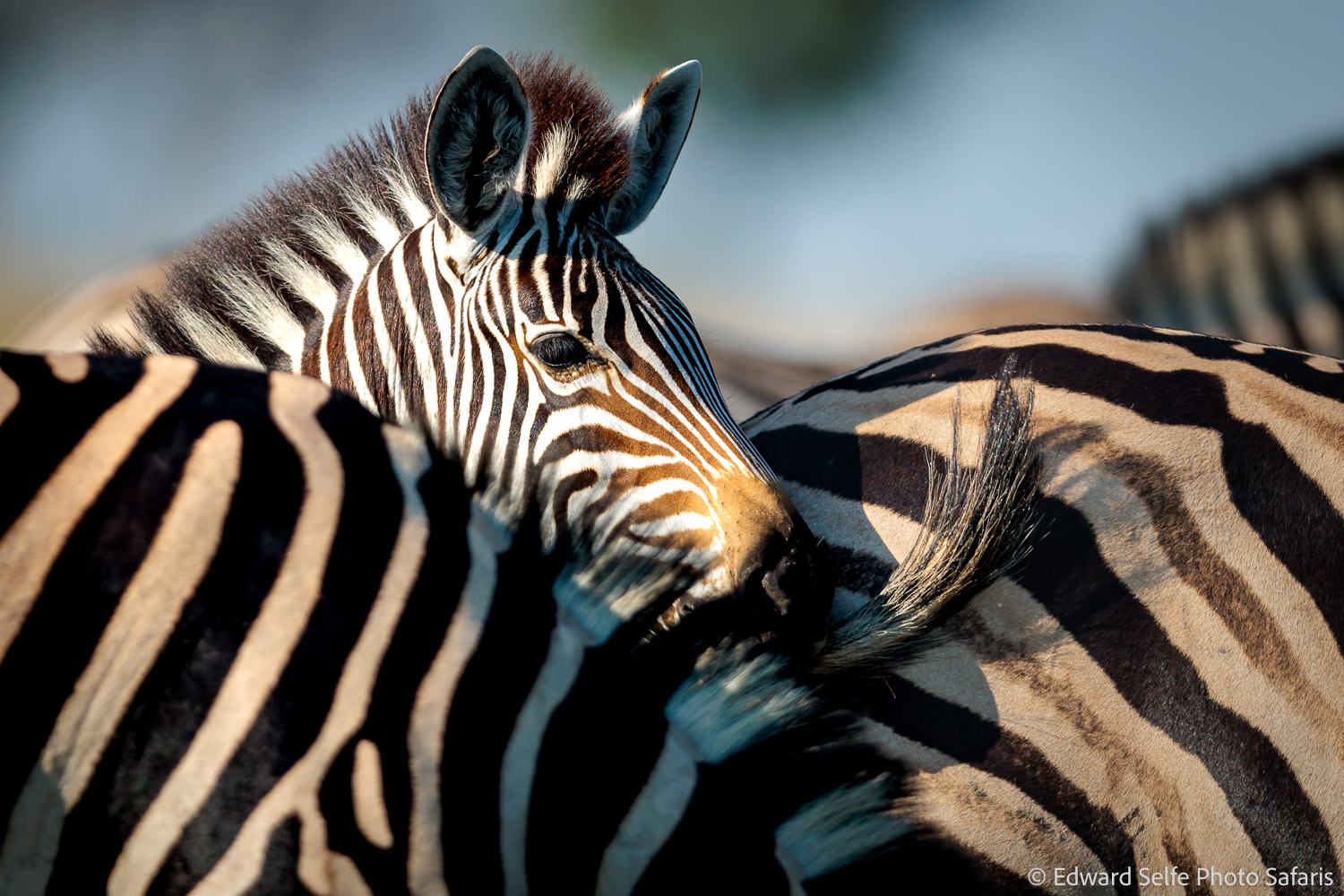
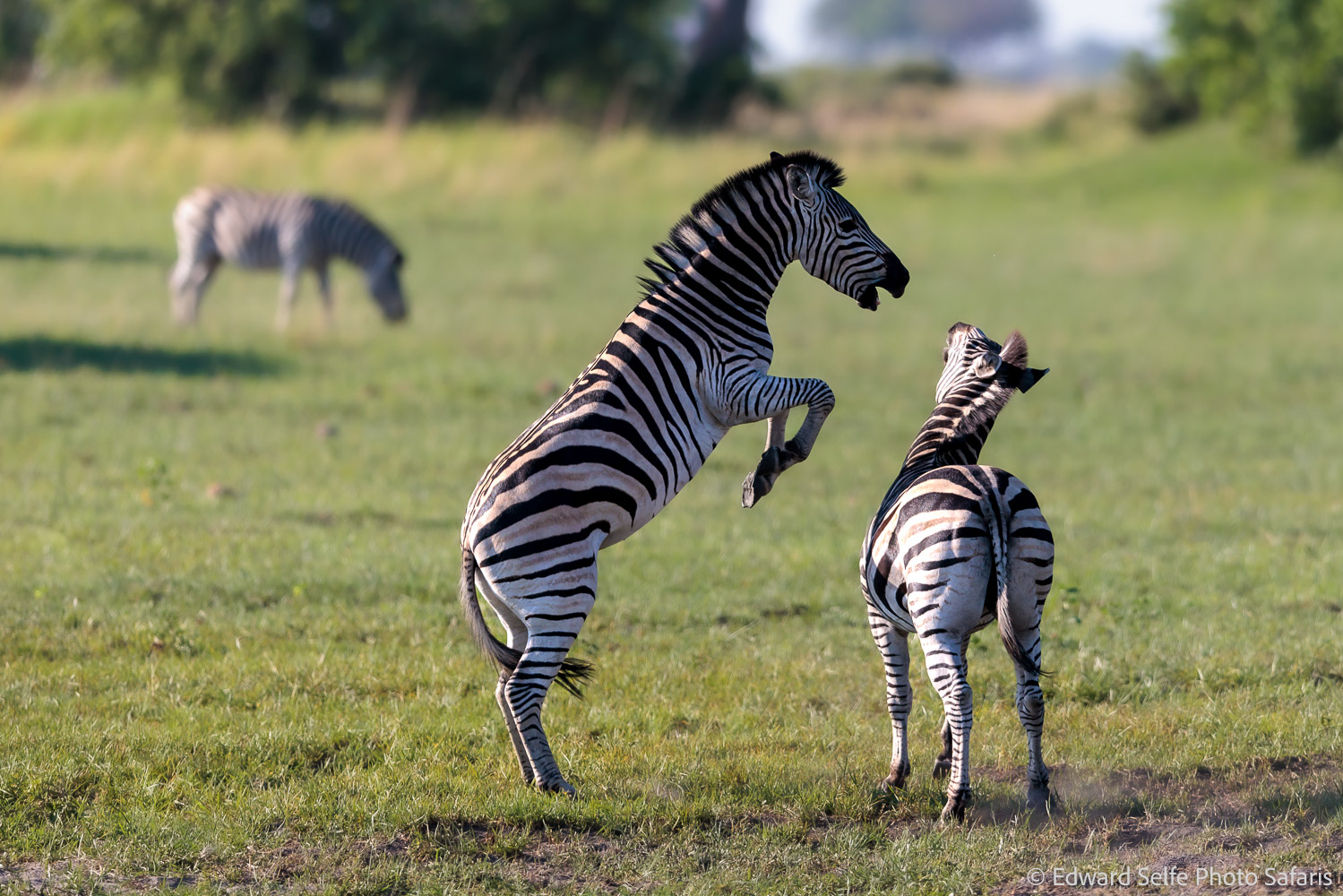
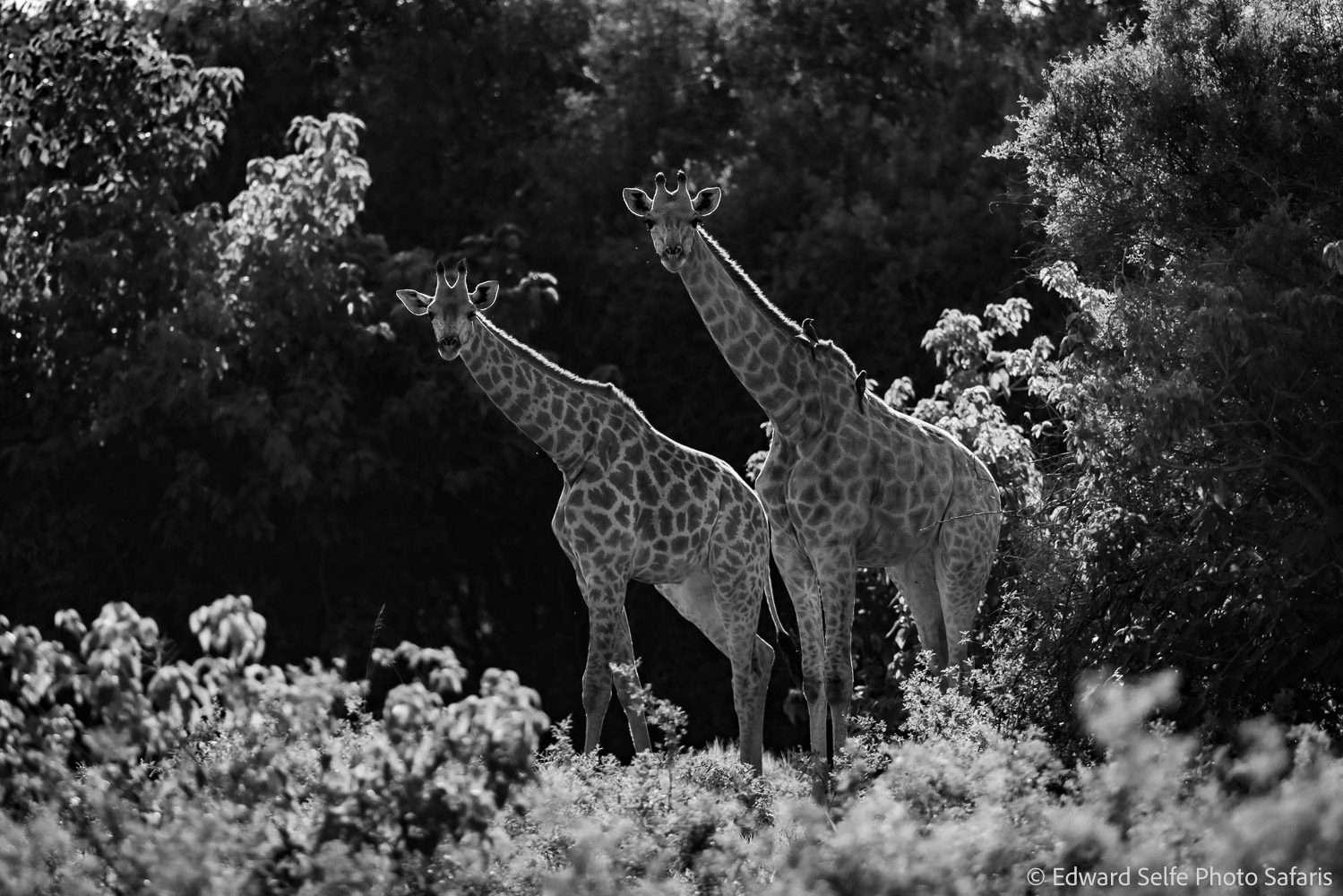
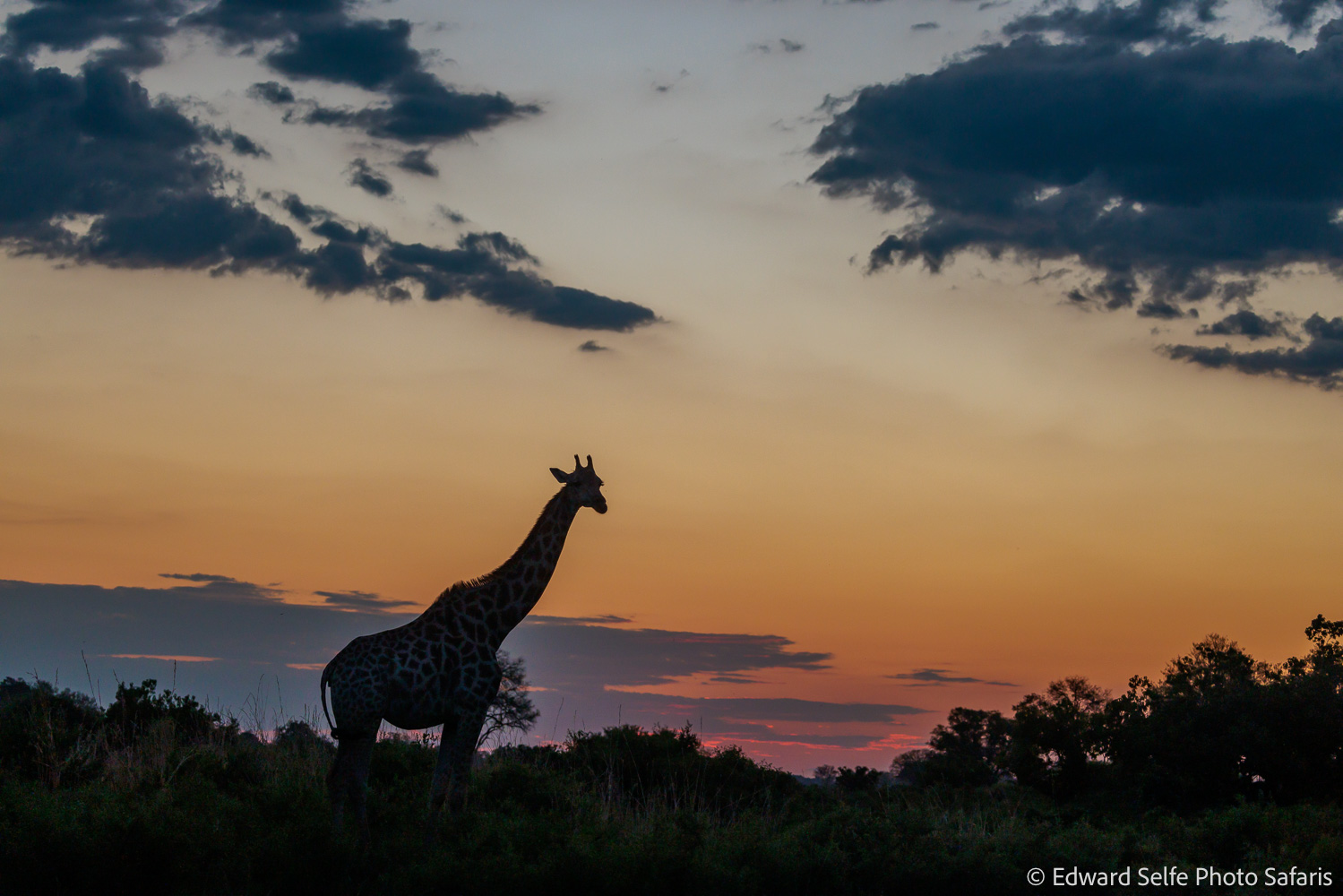
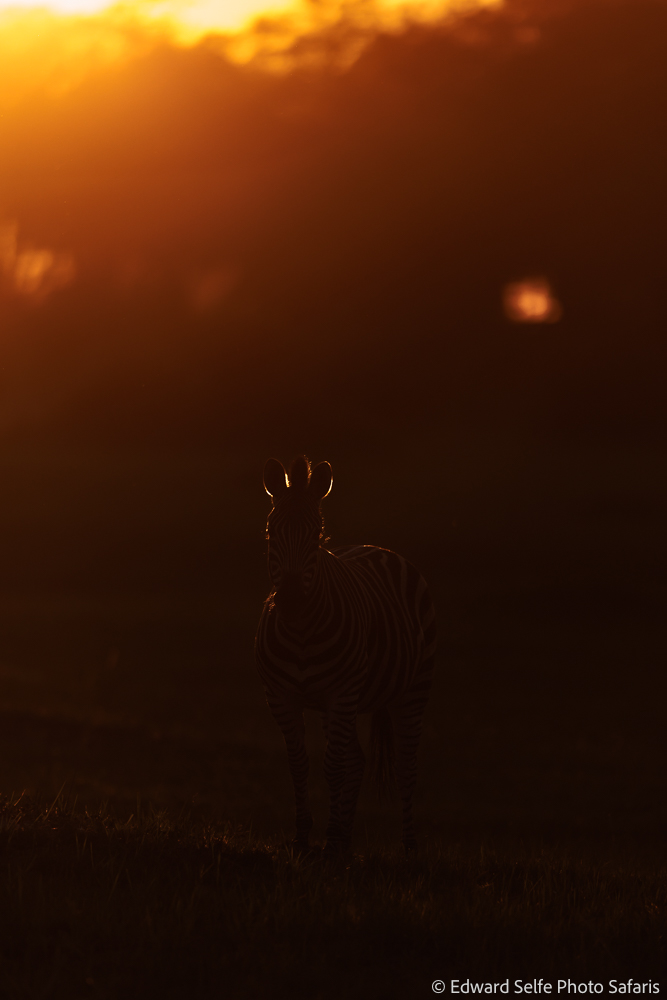
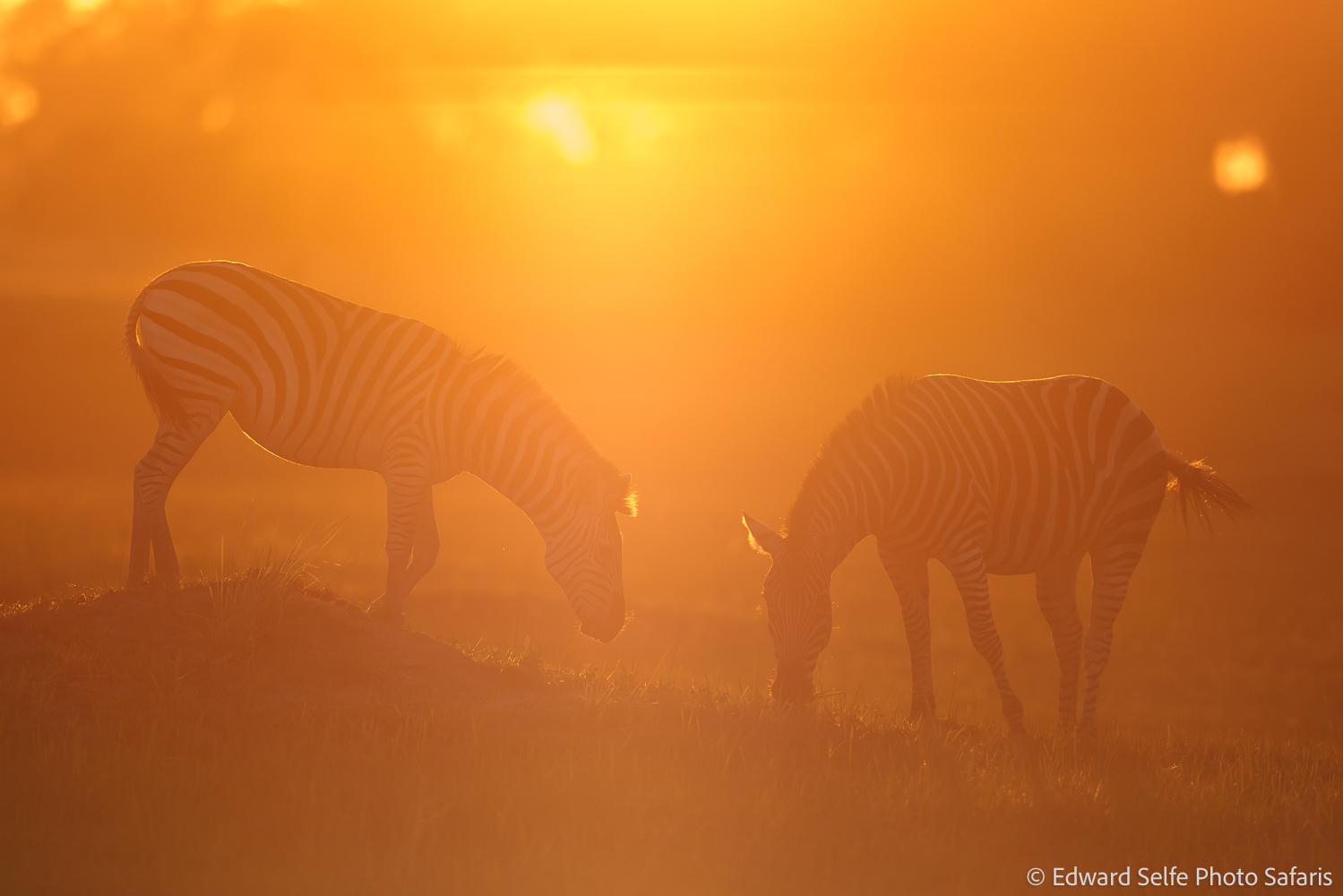
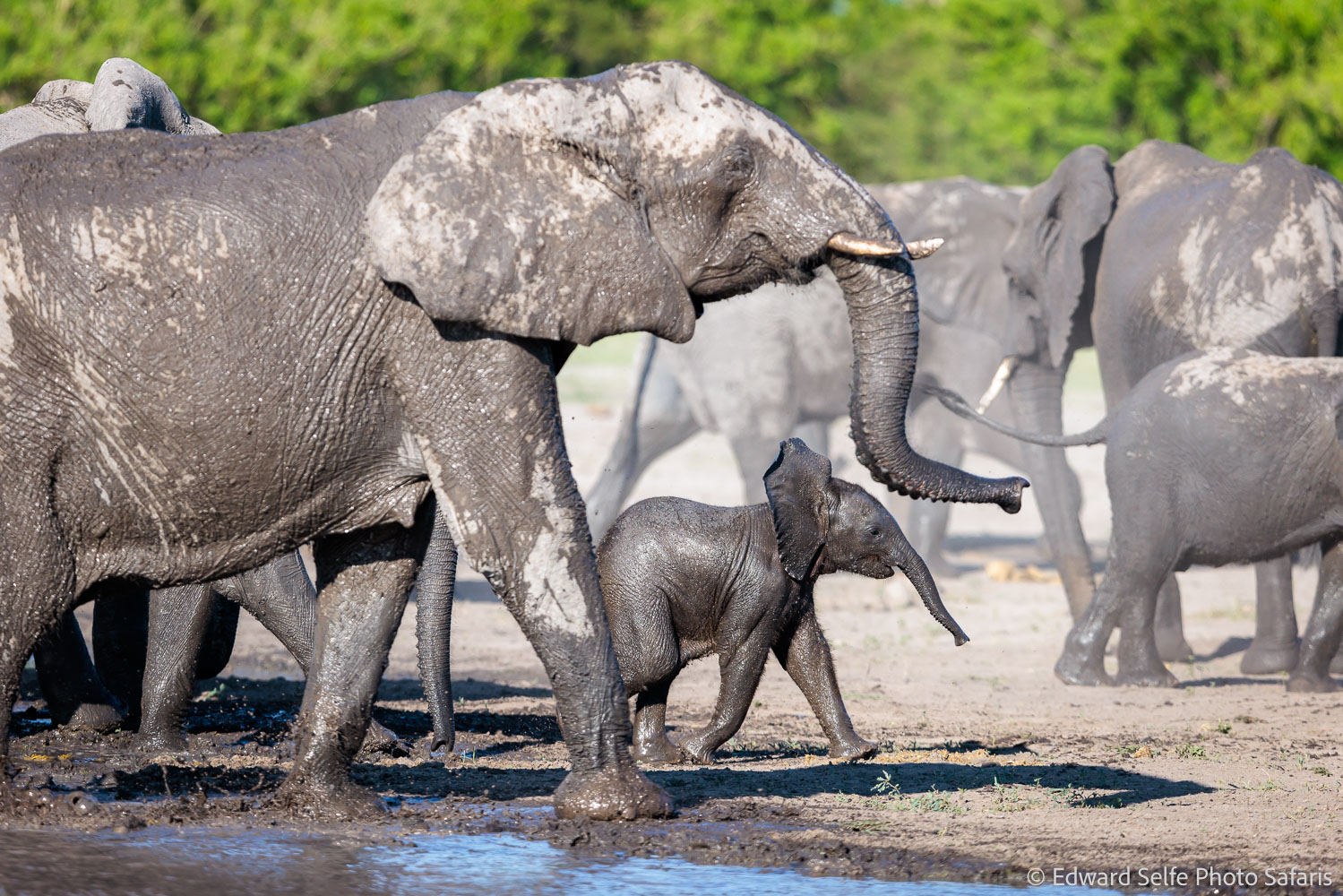


Leave A Comment